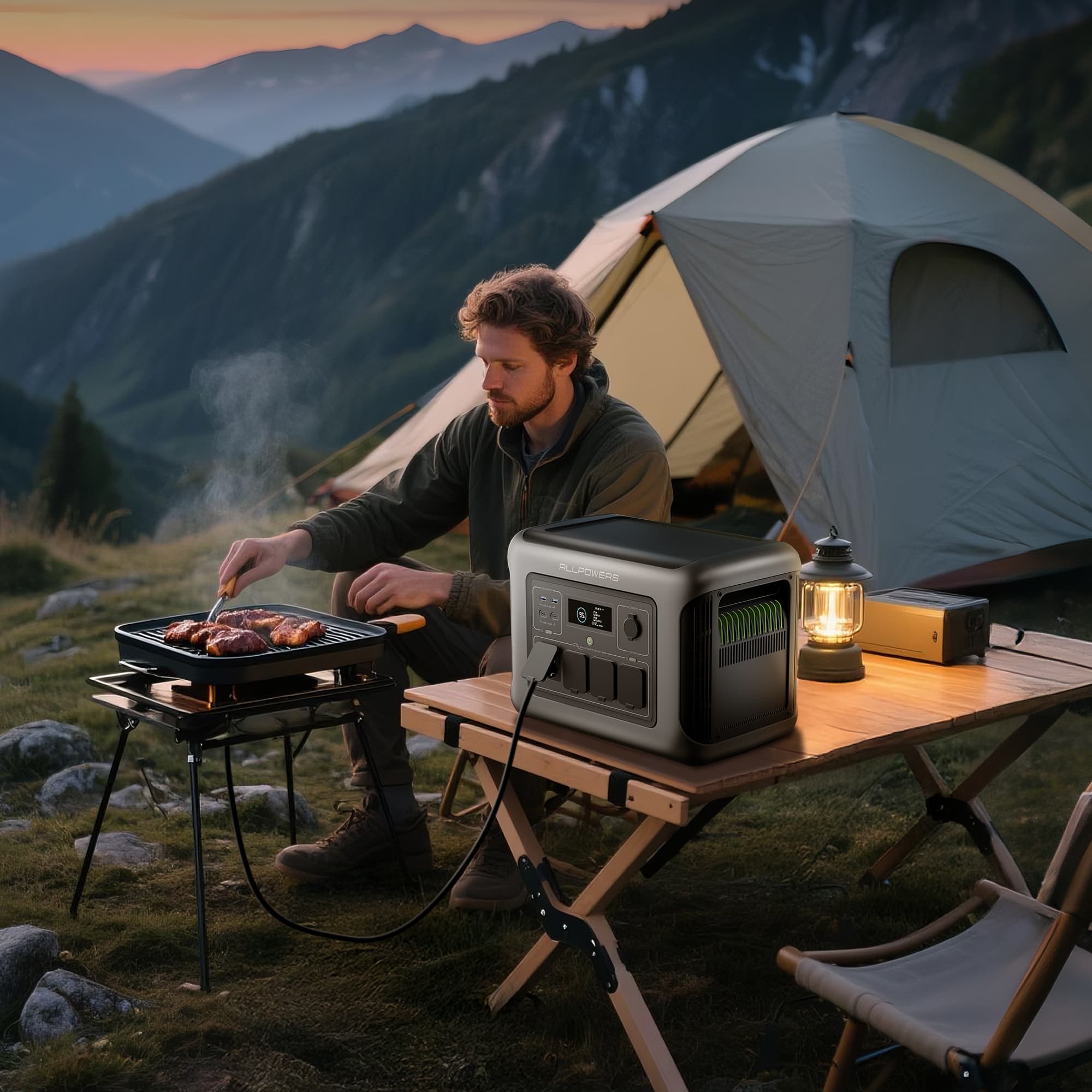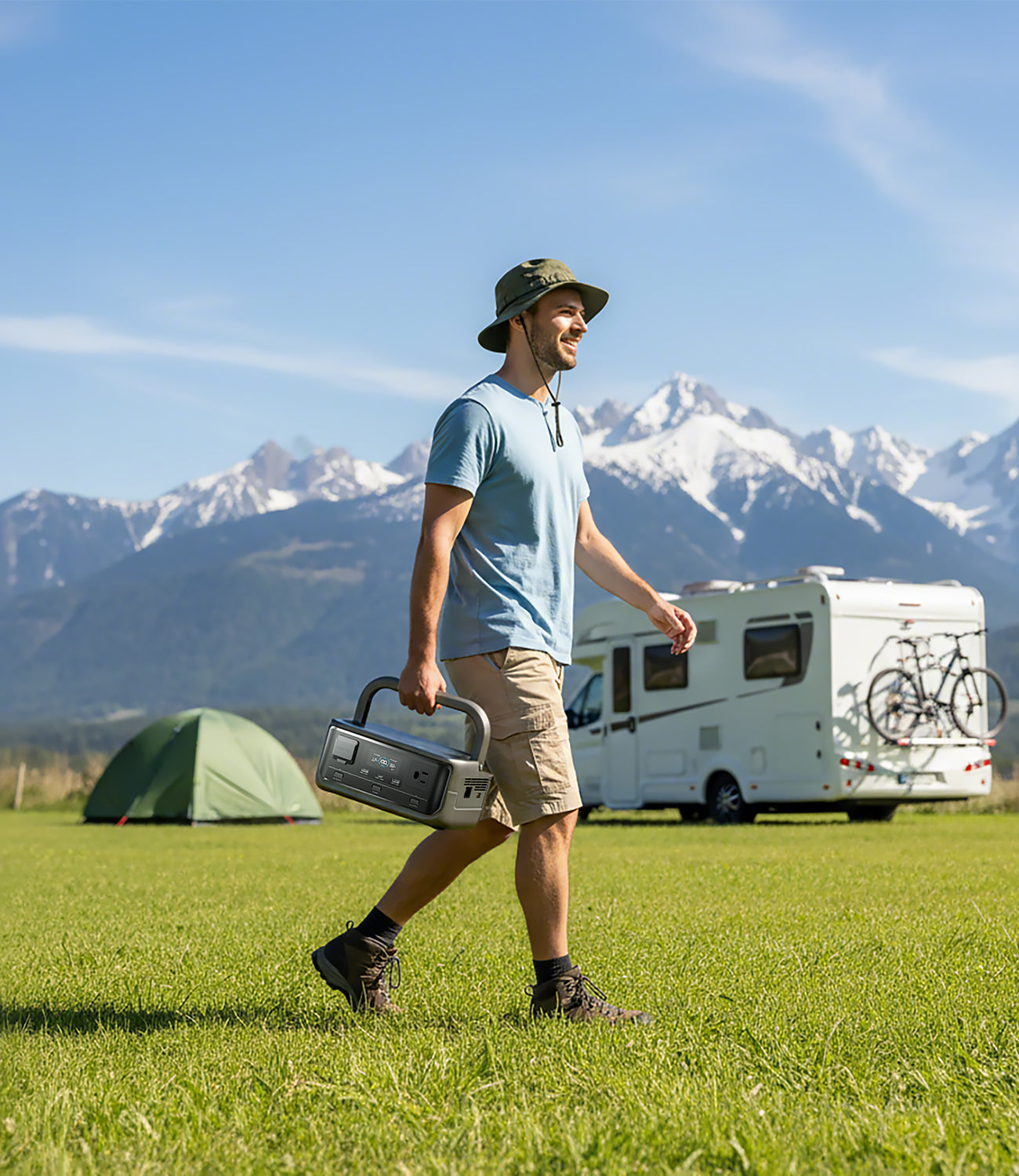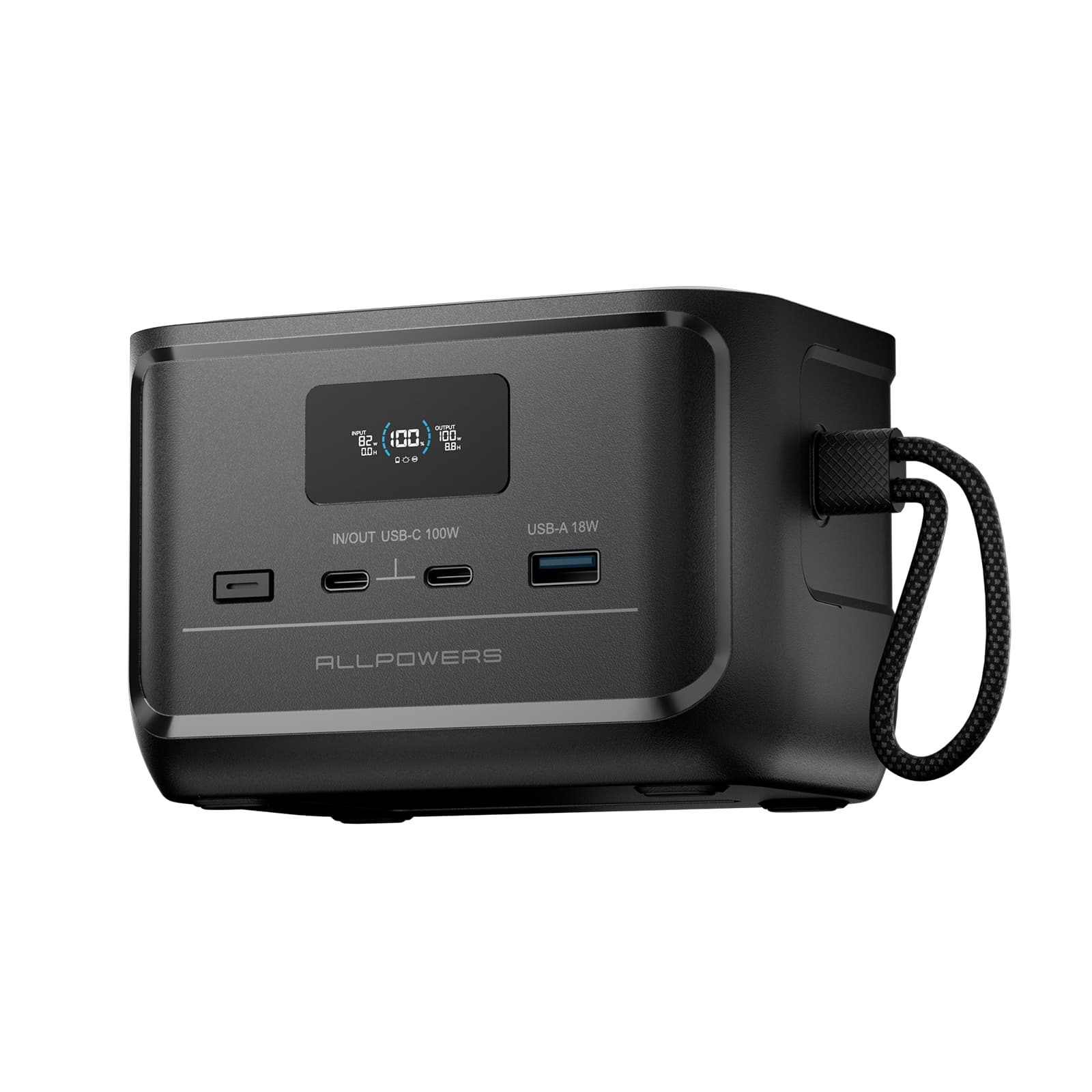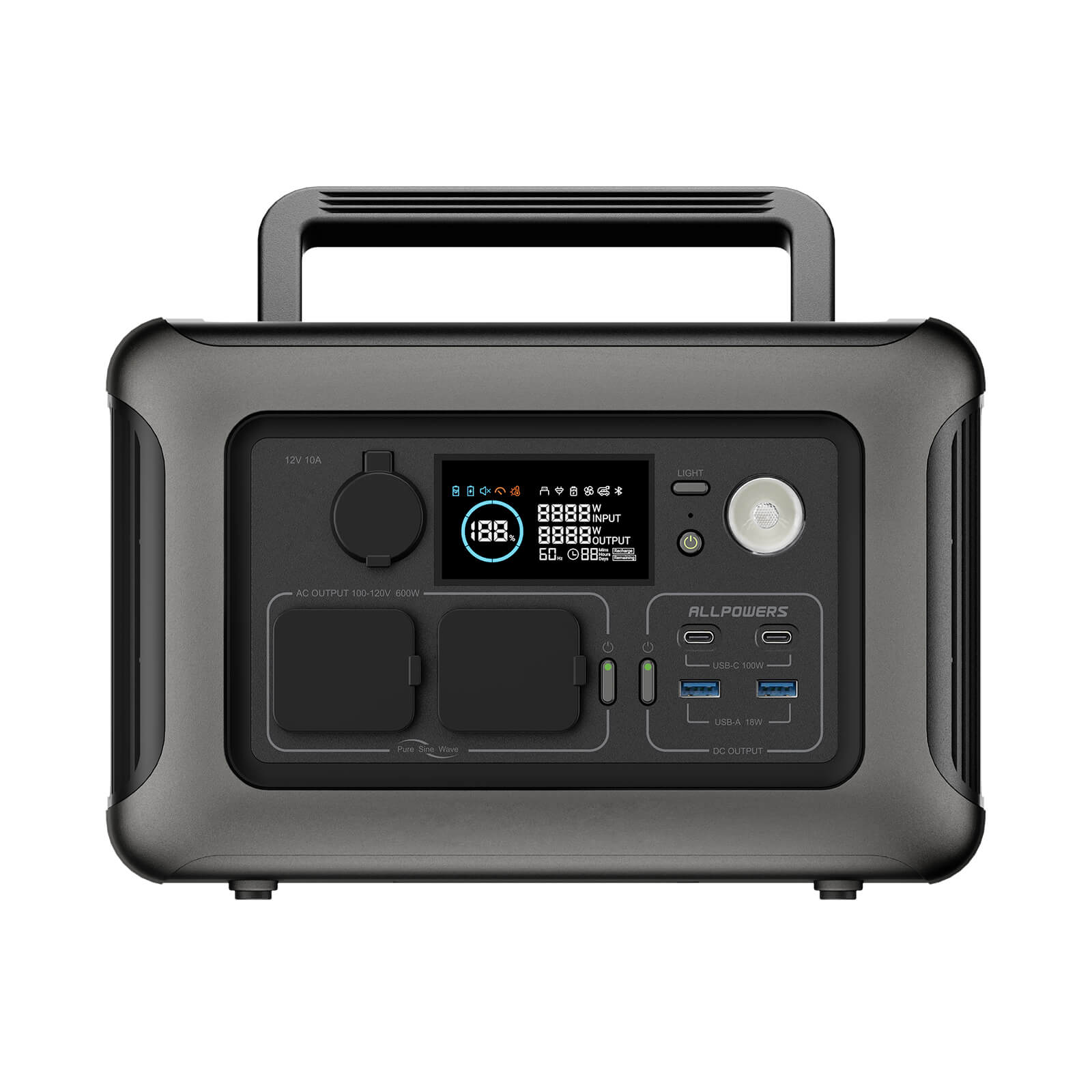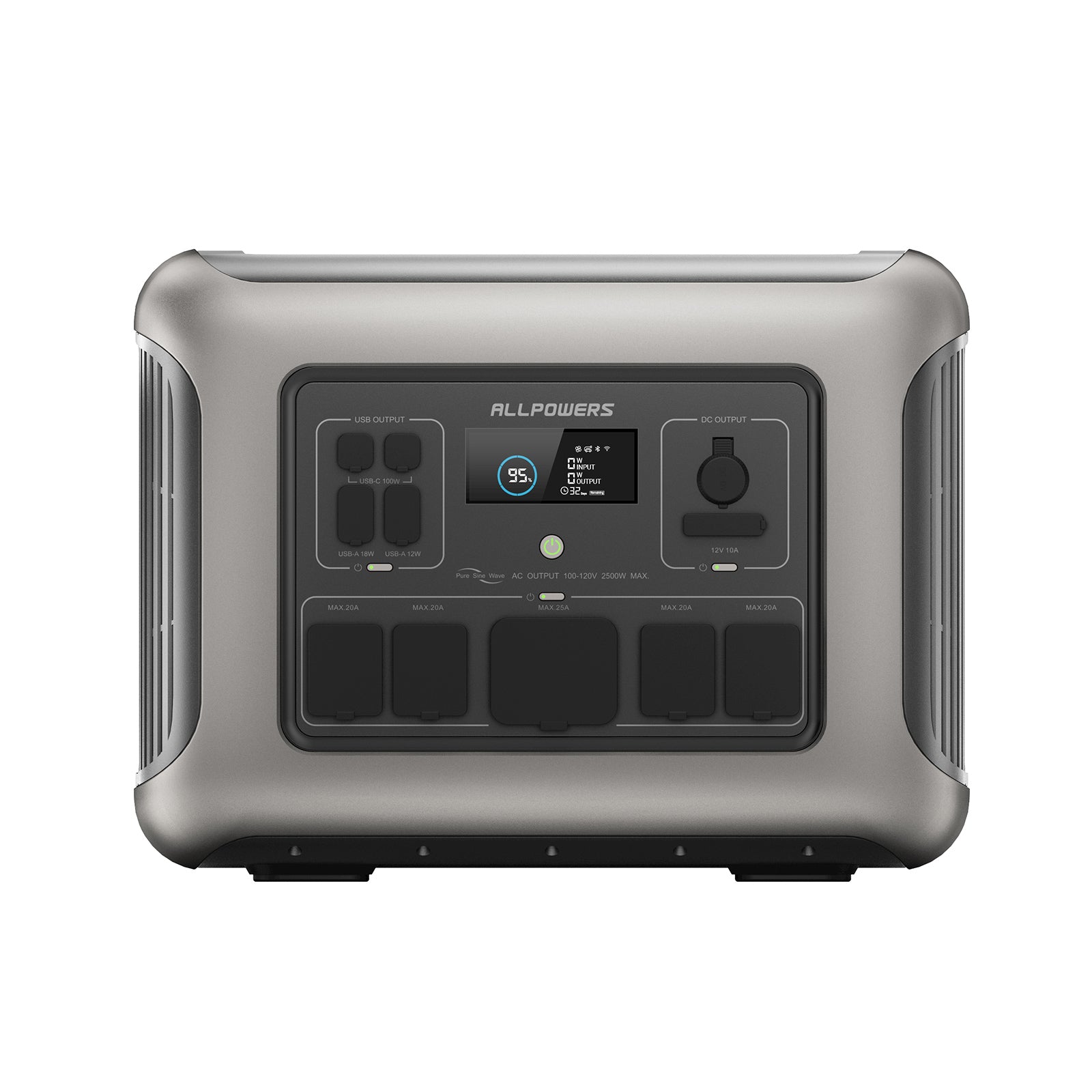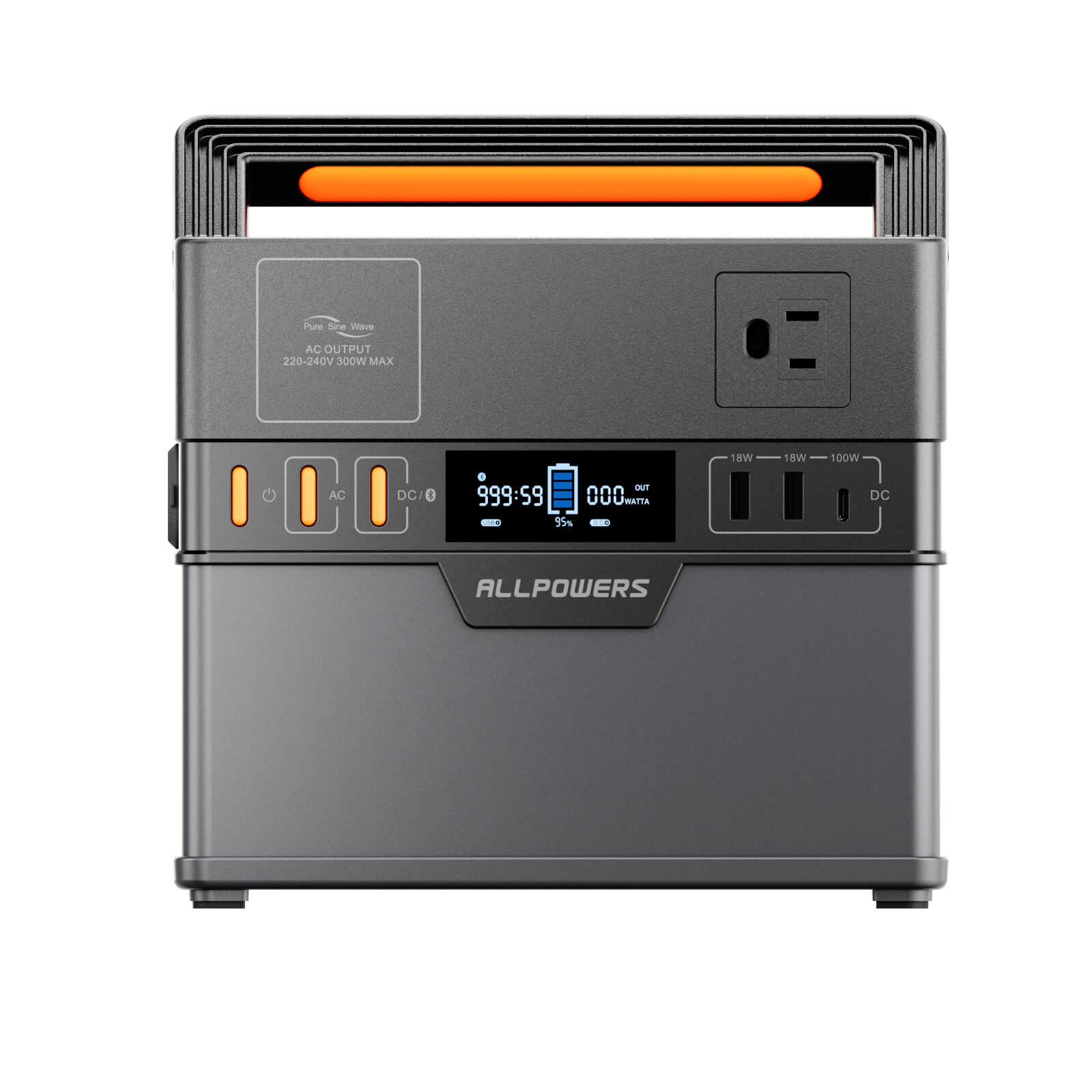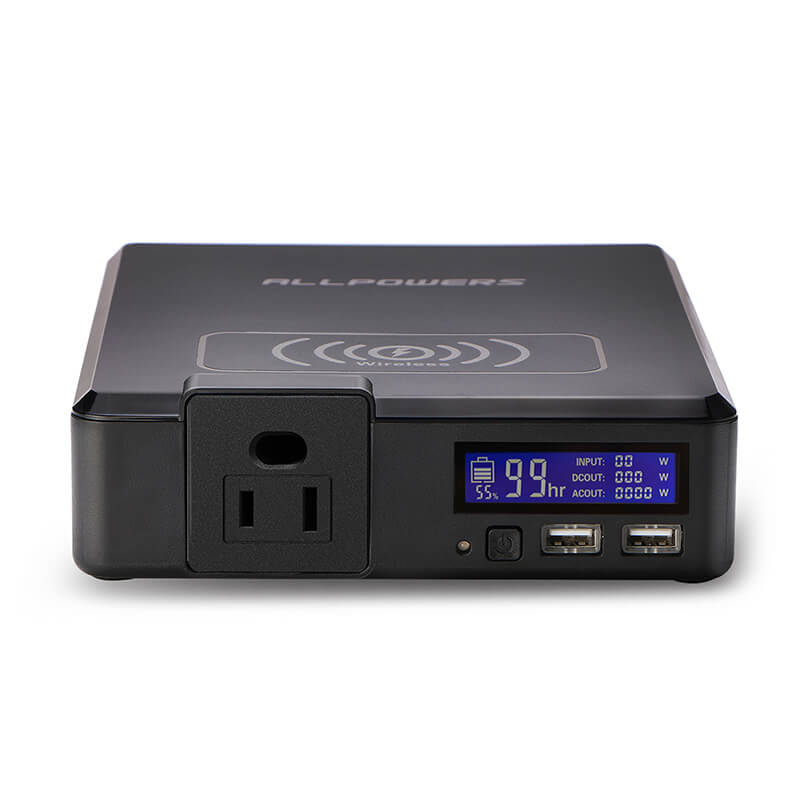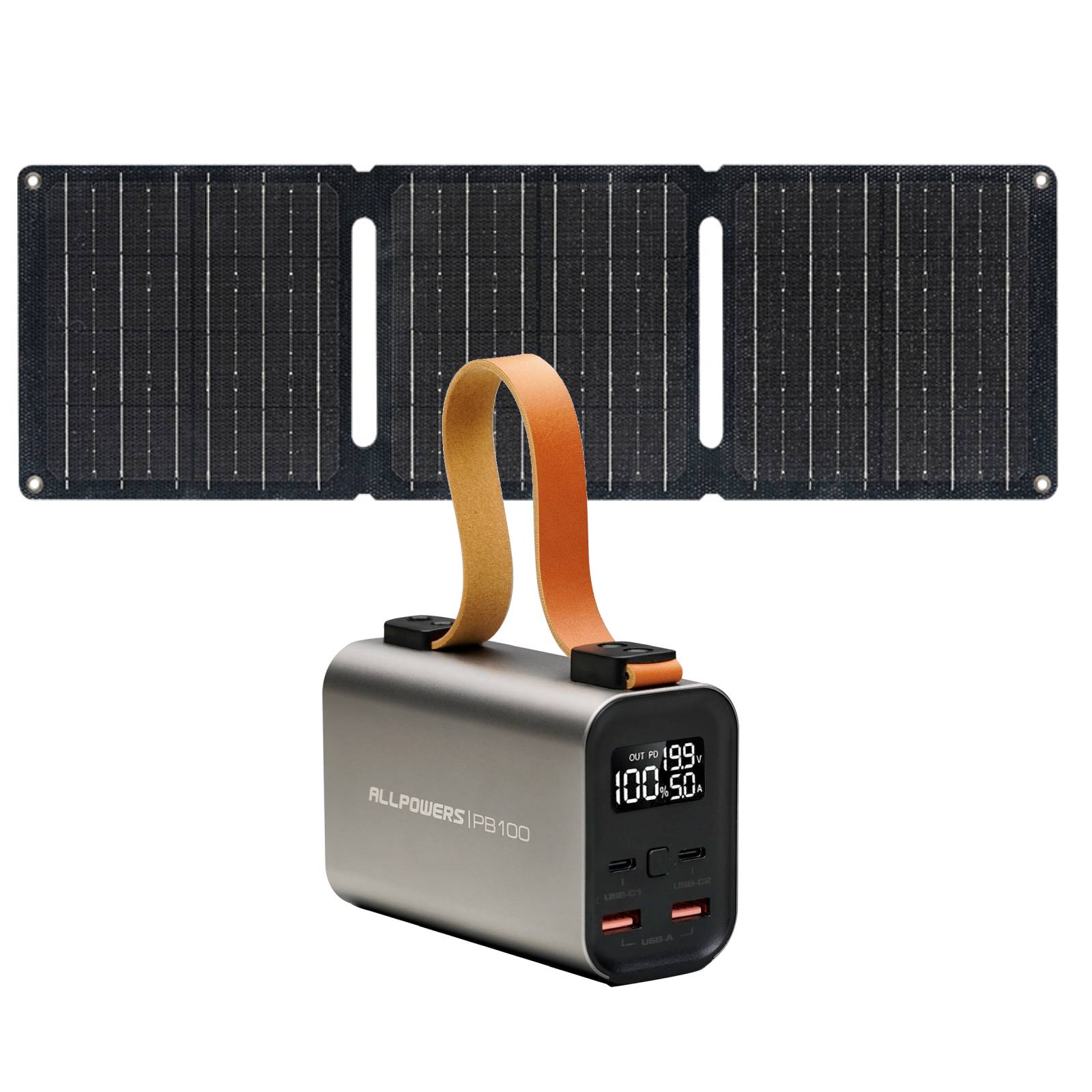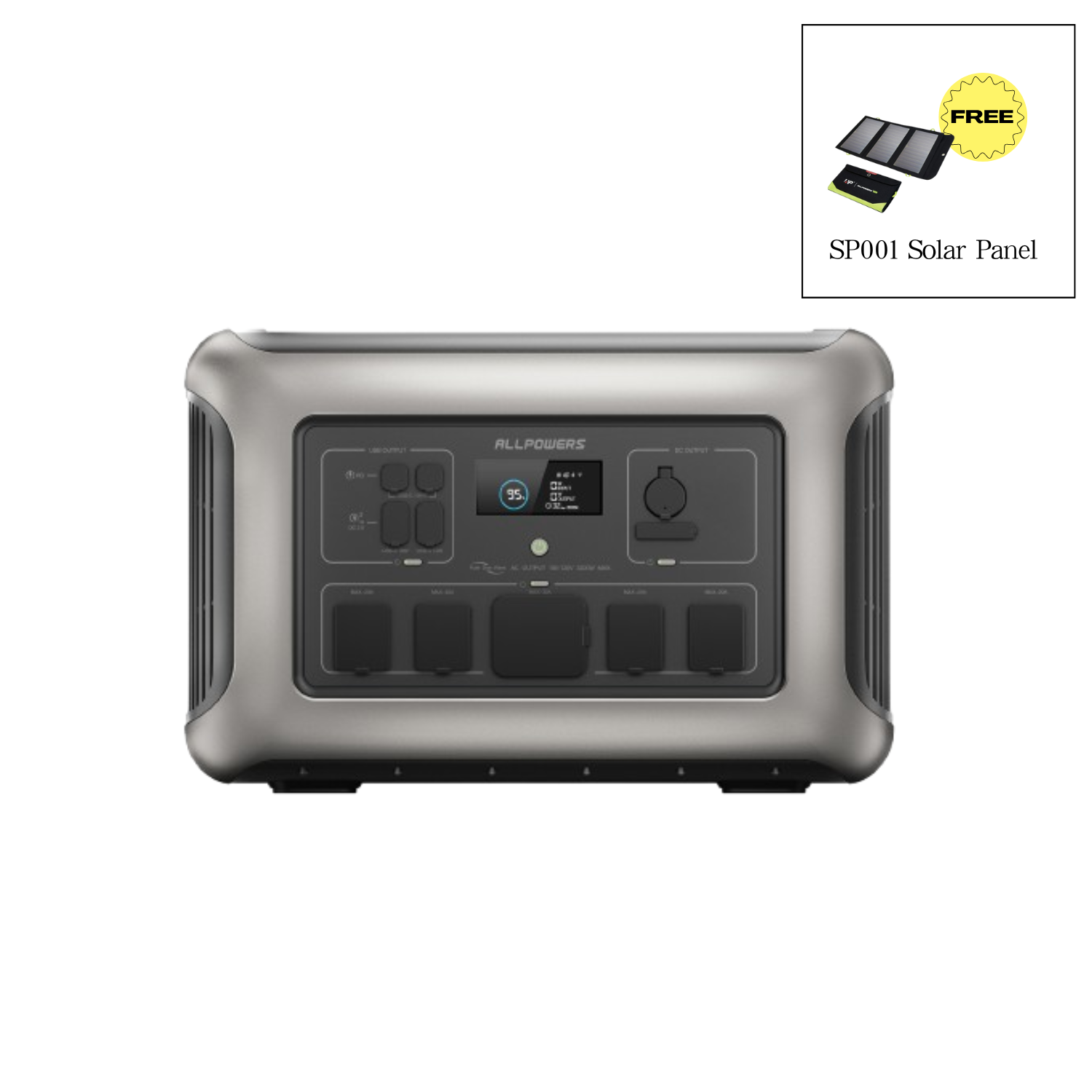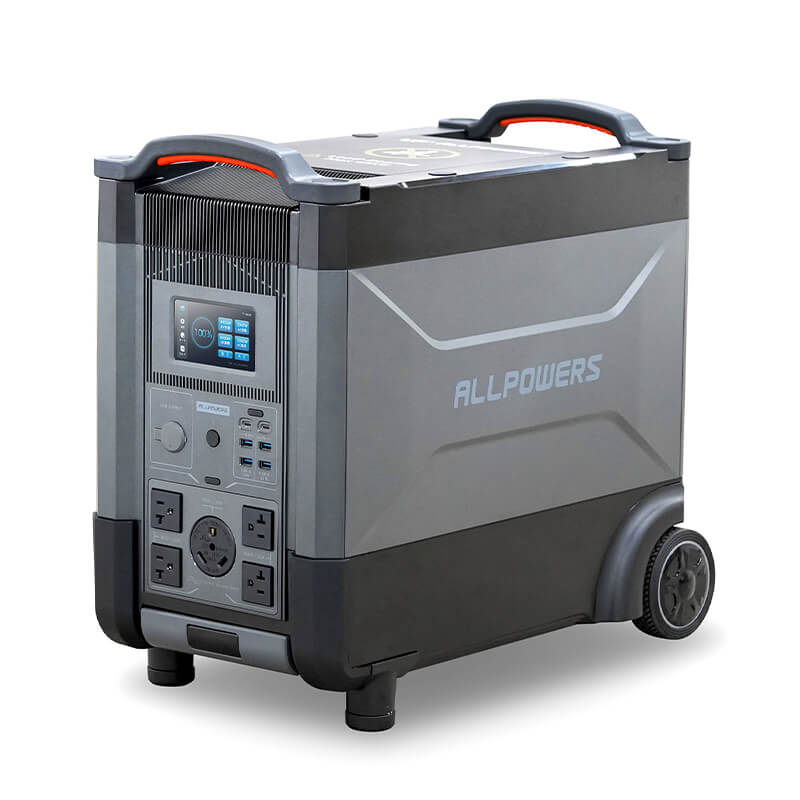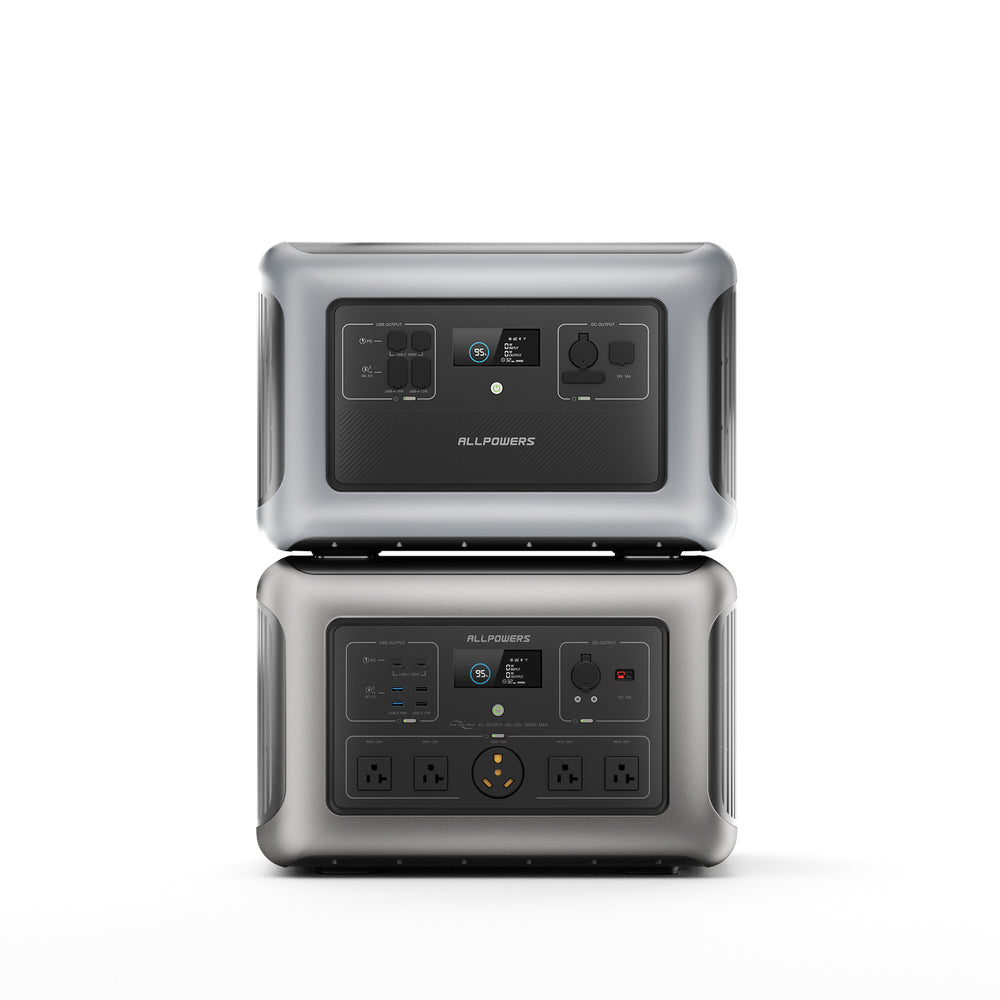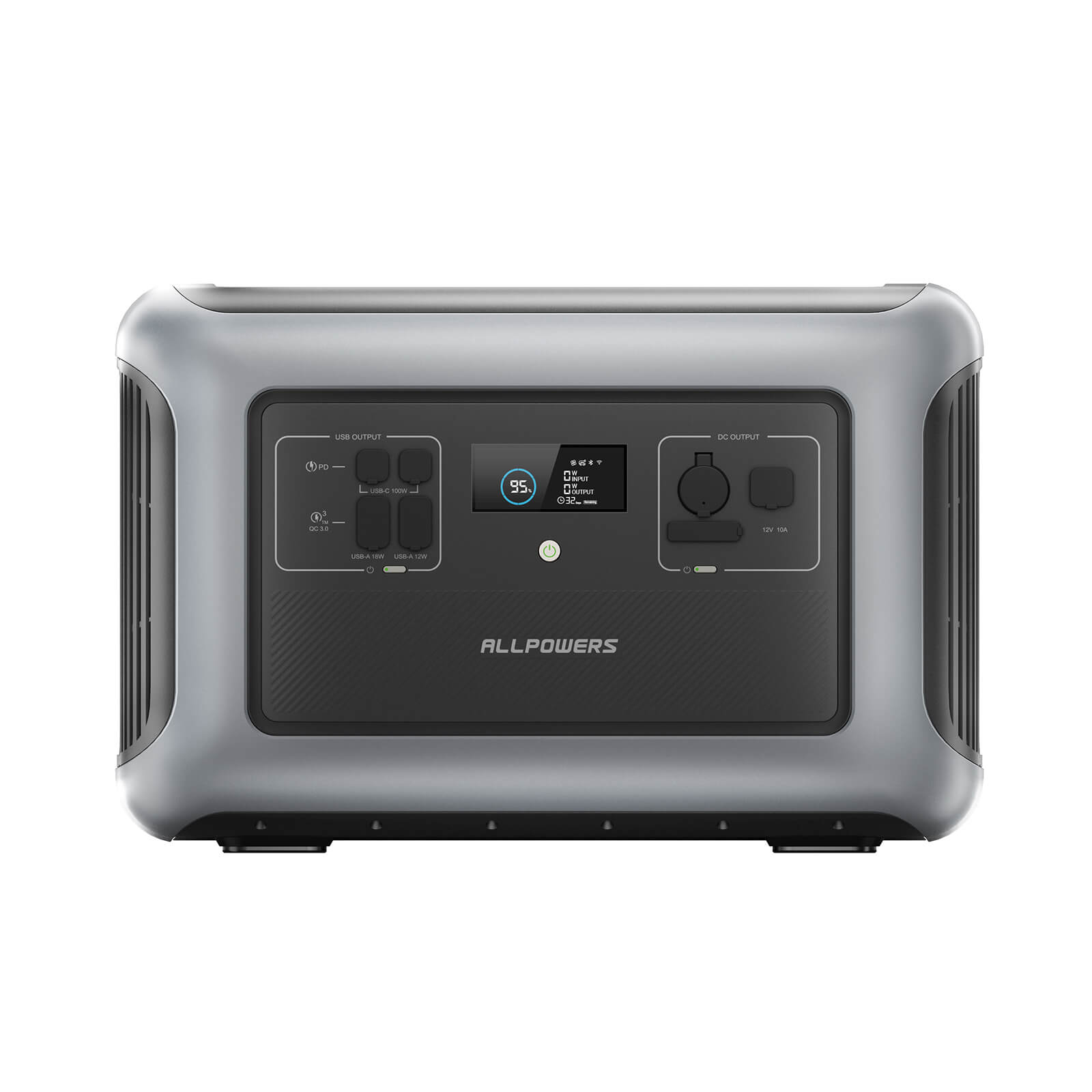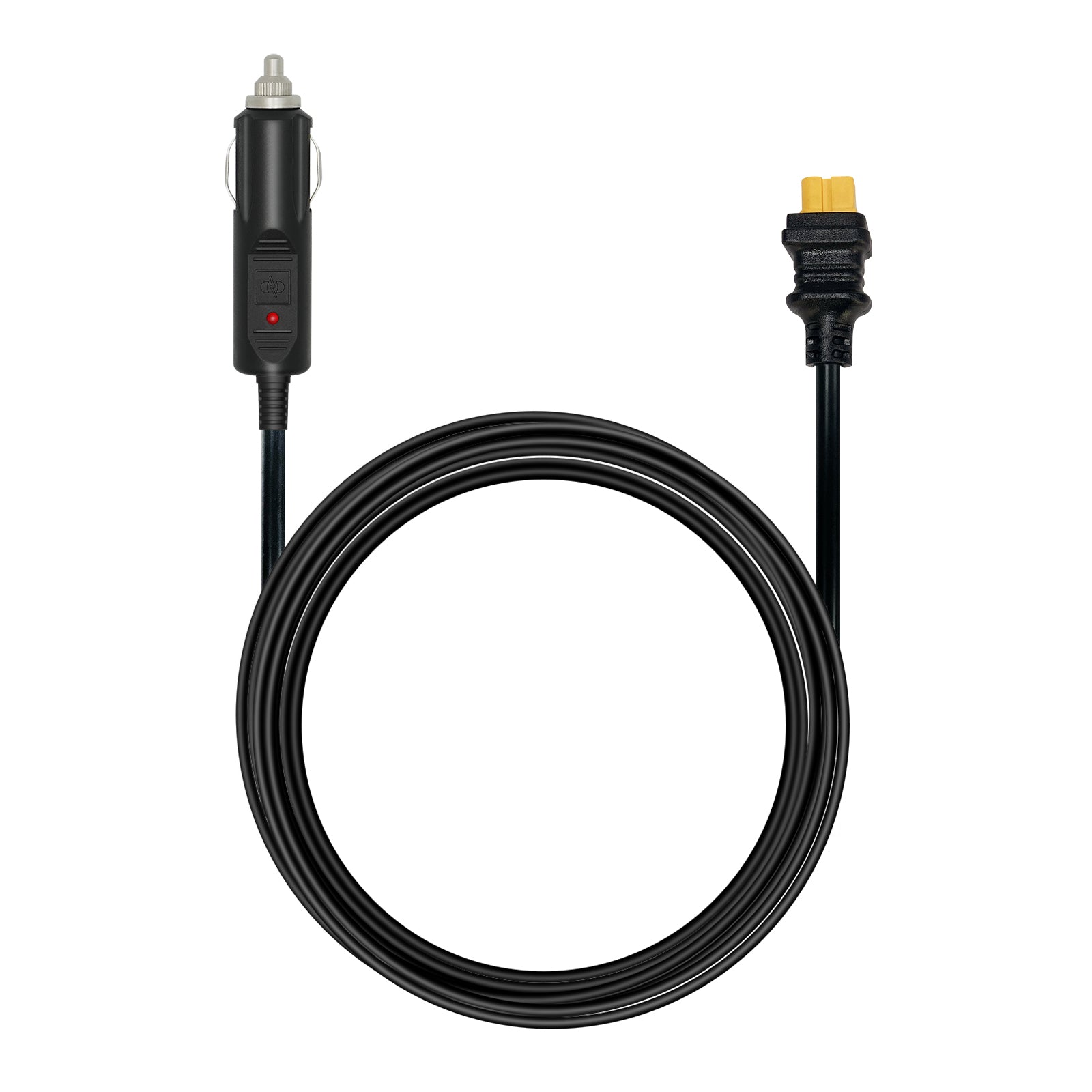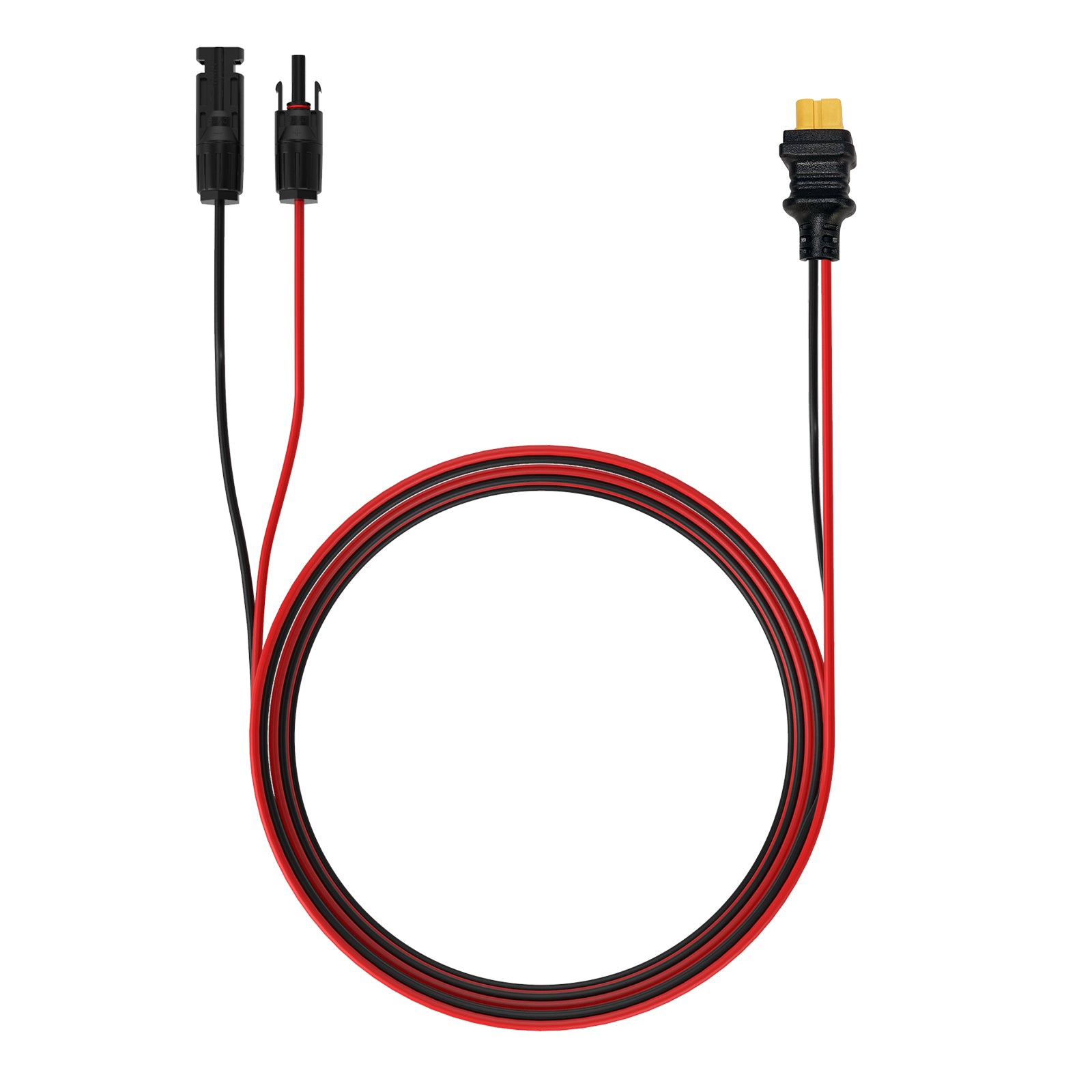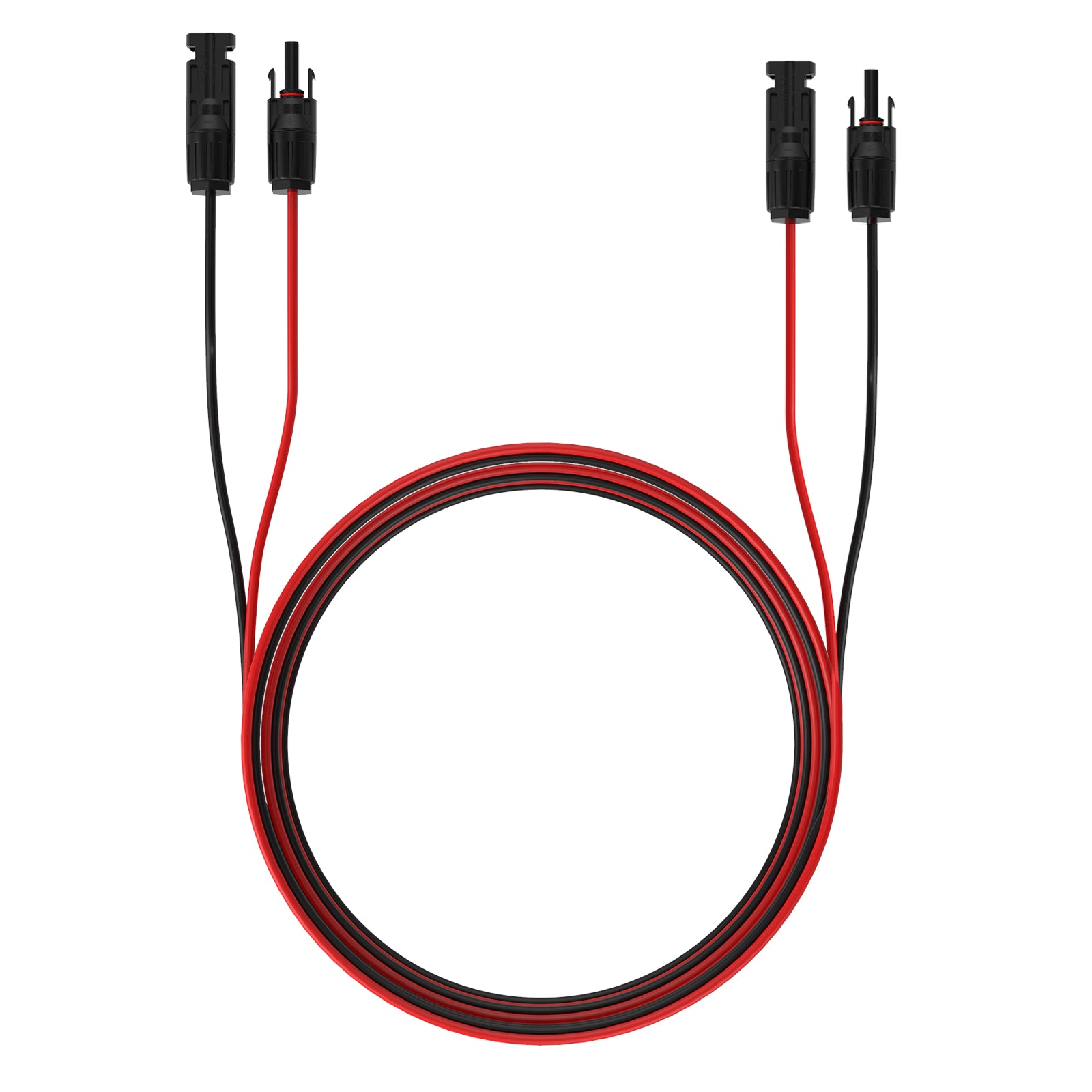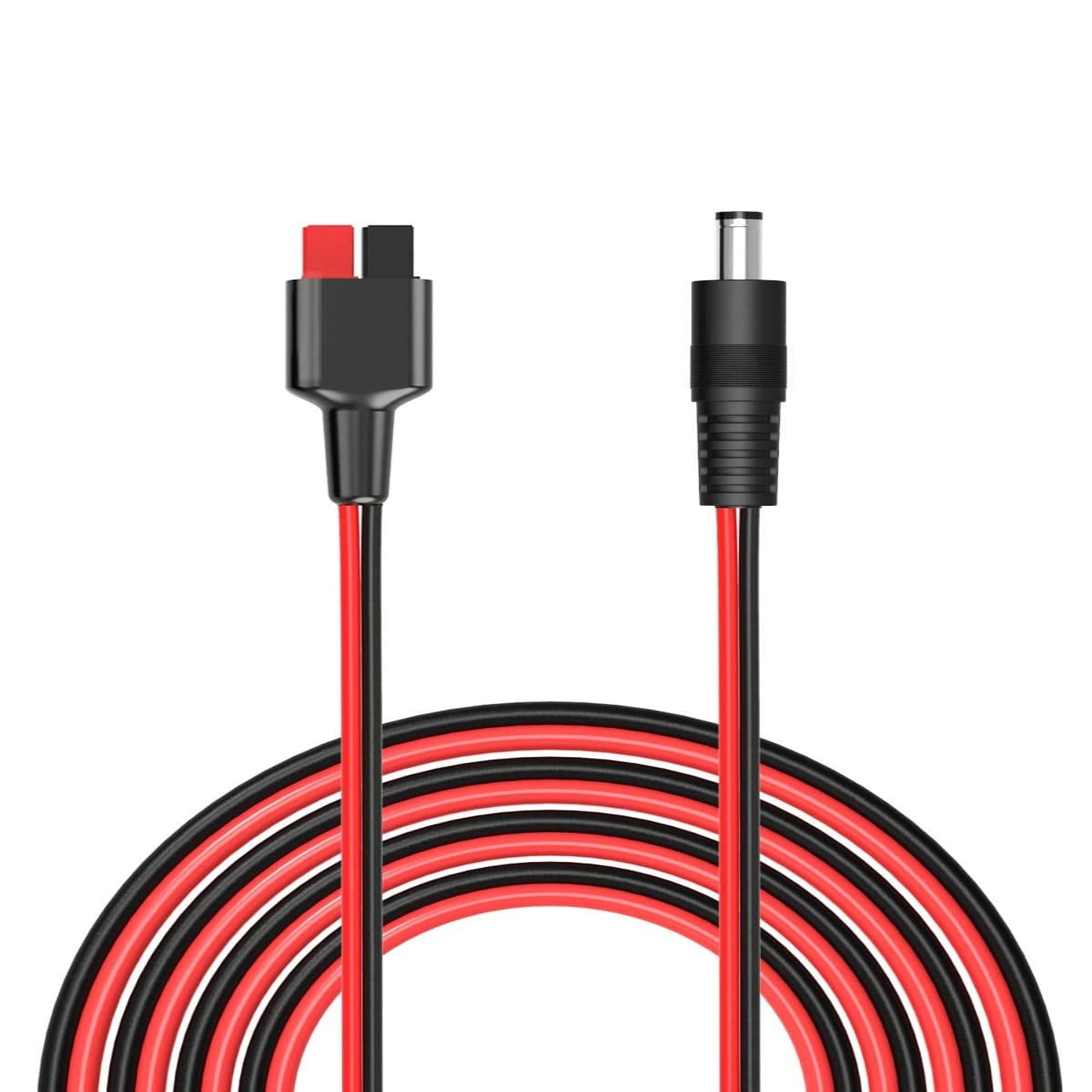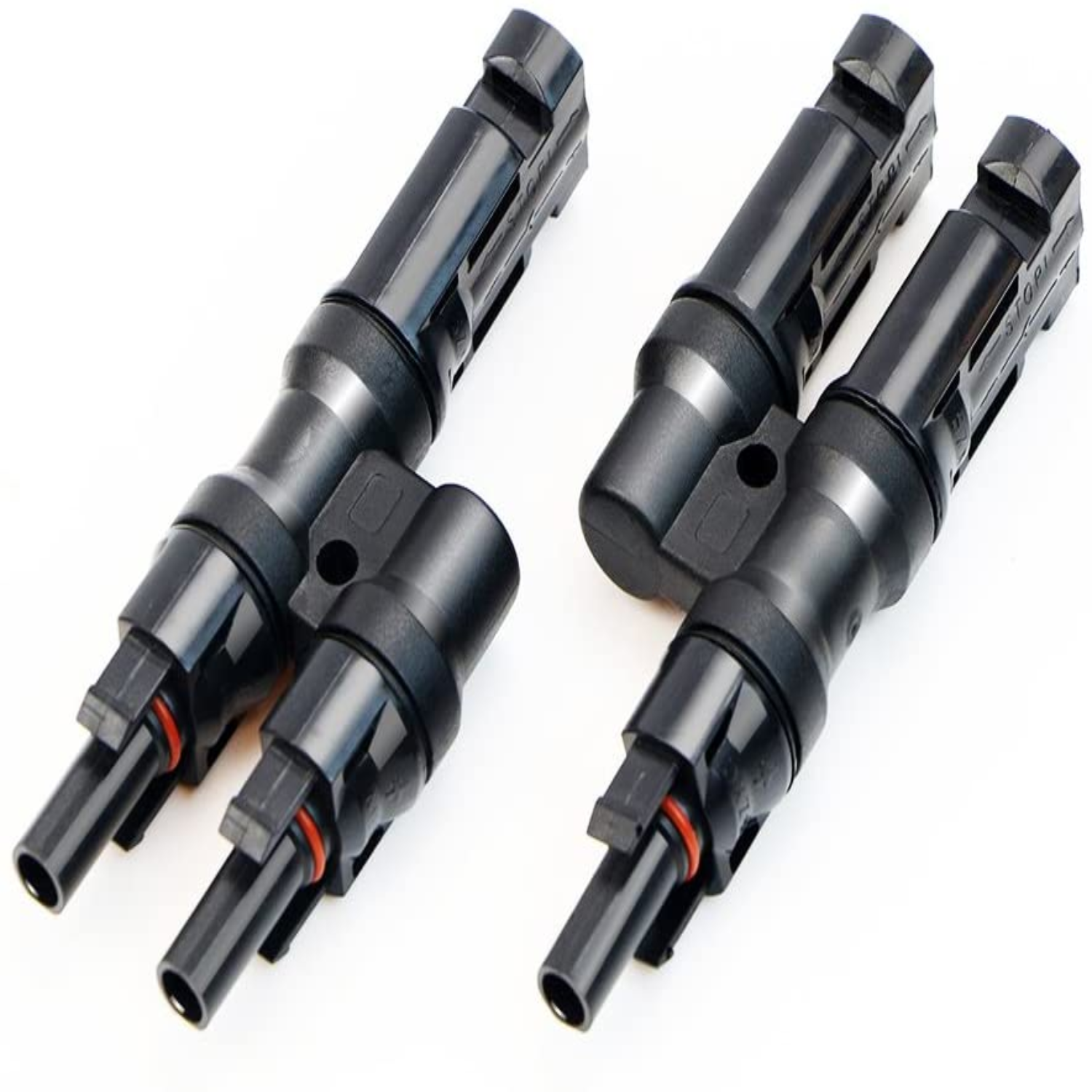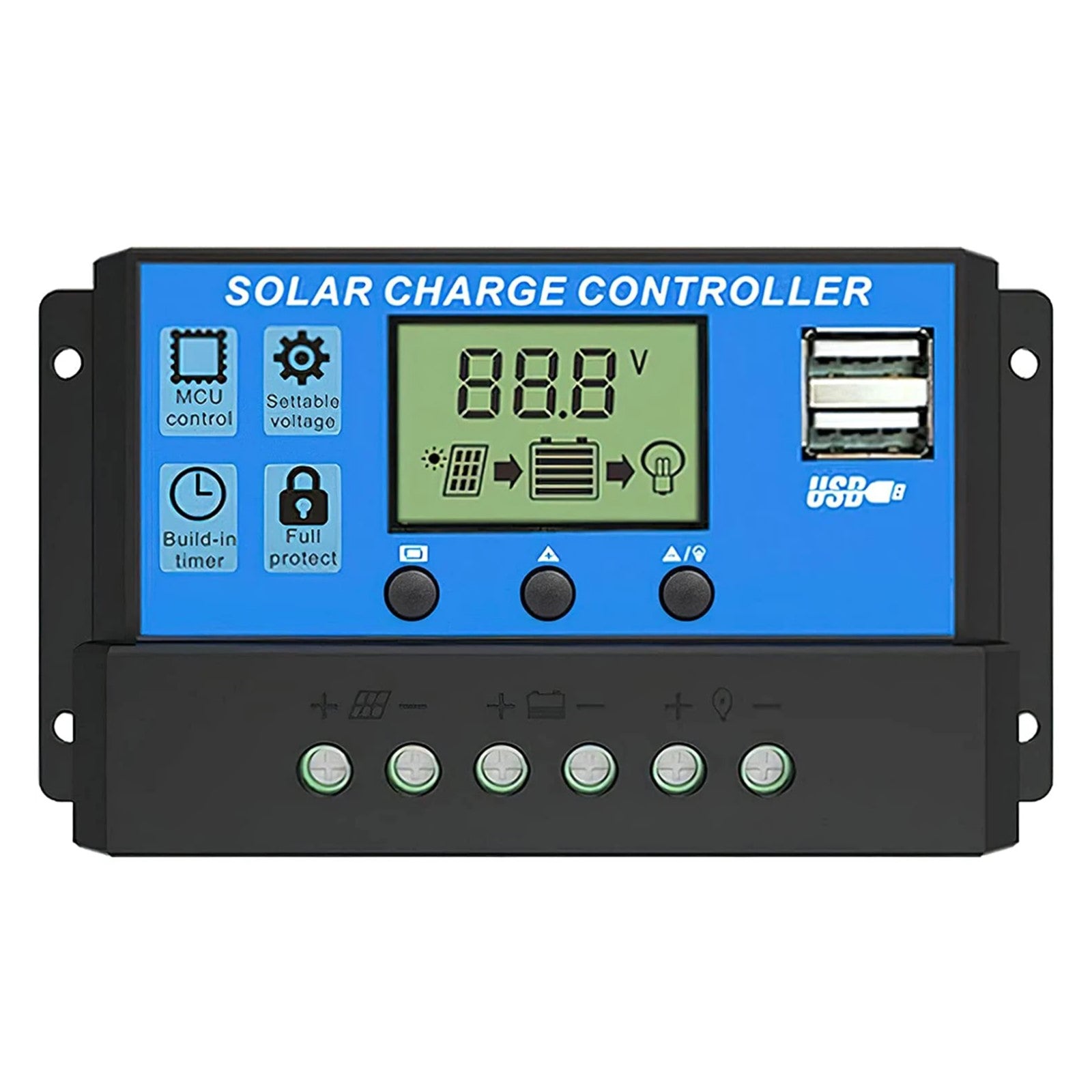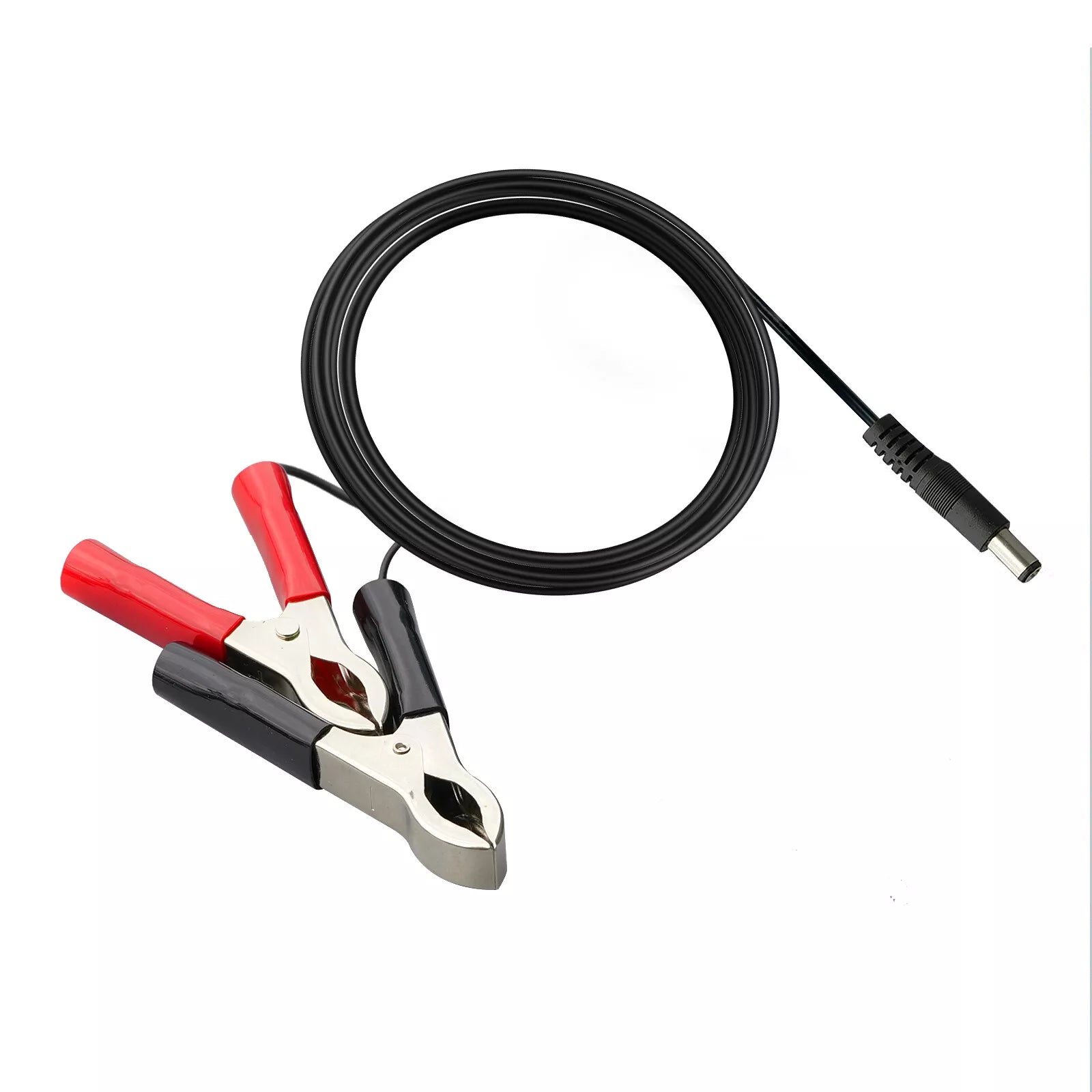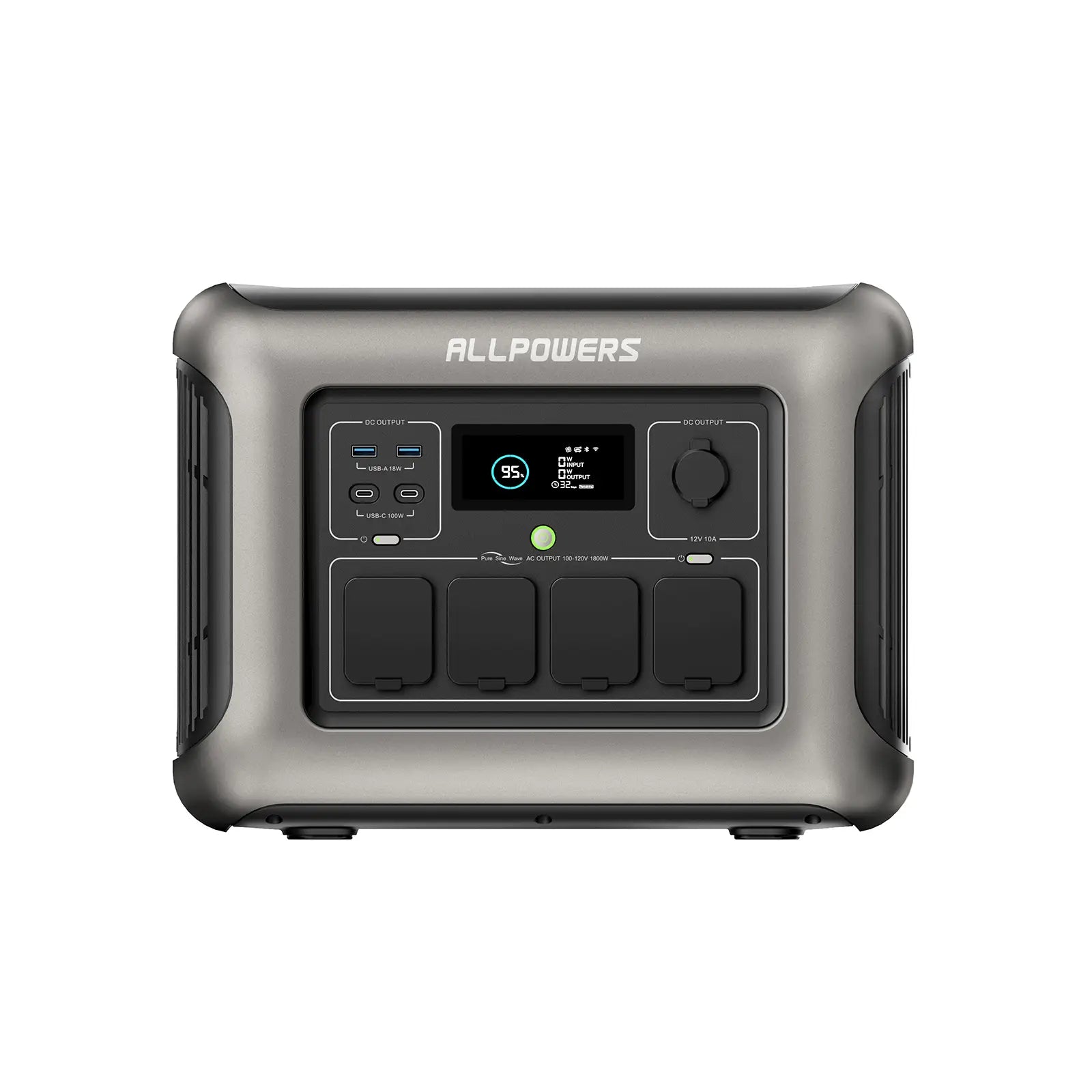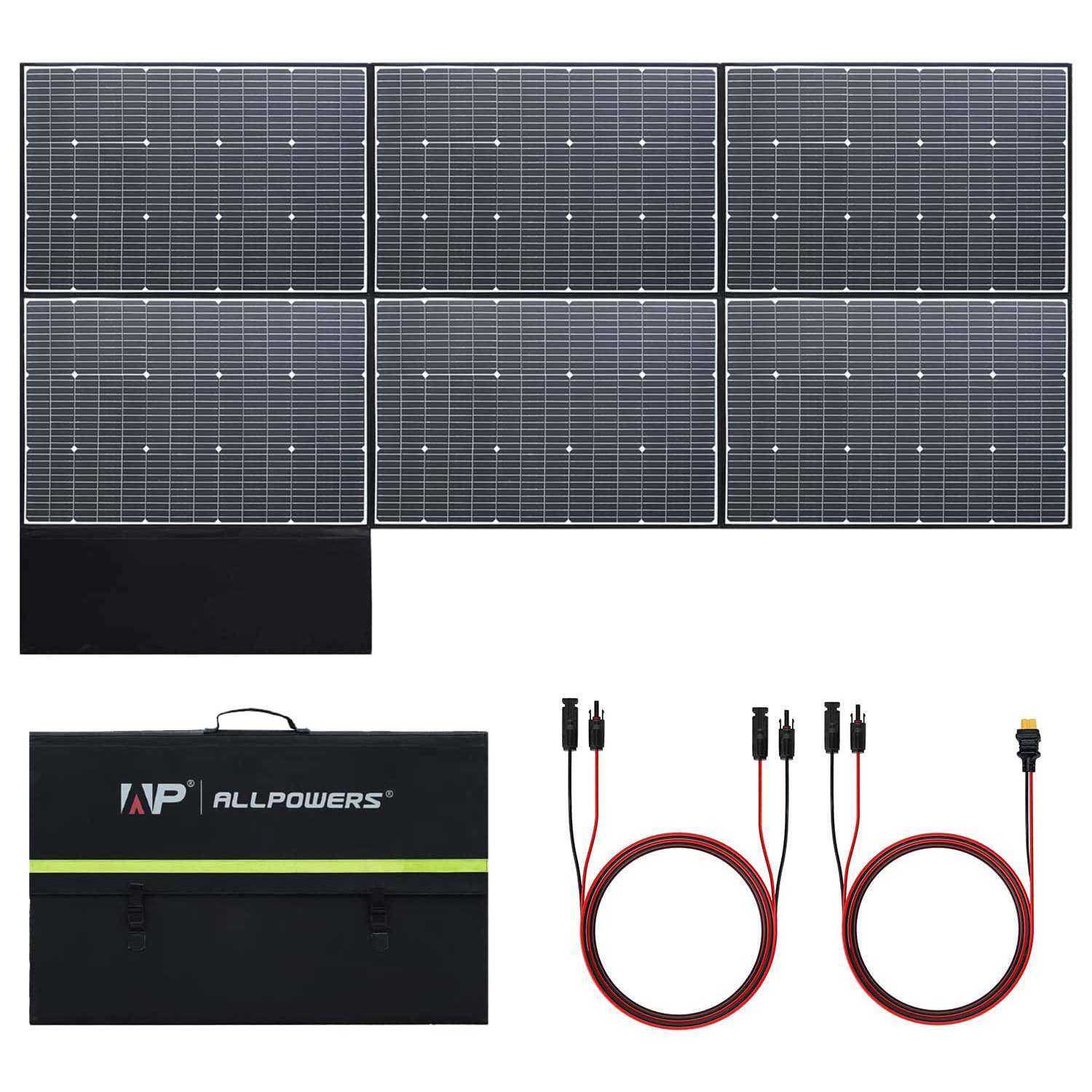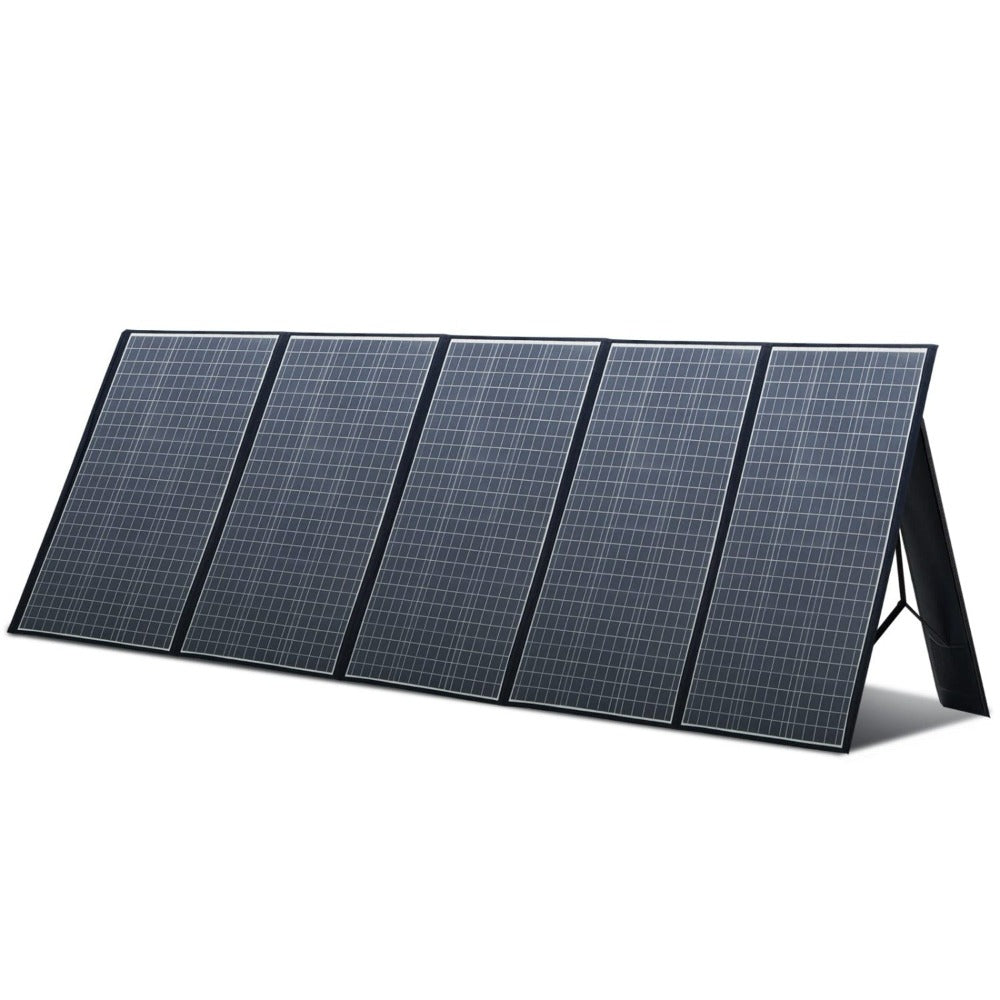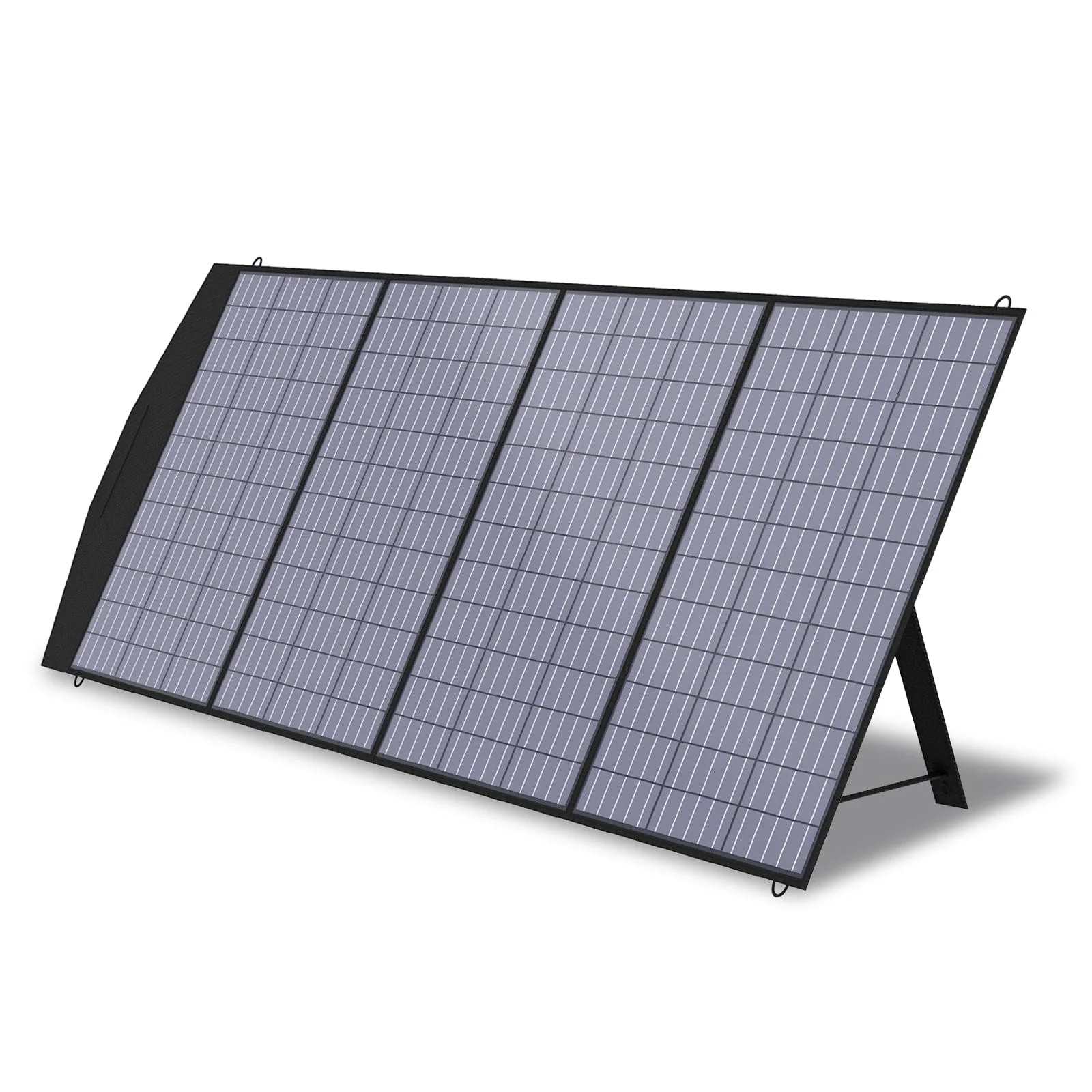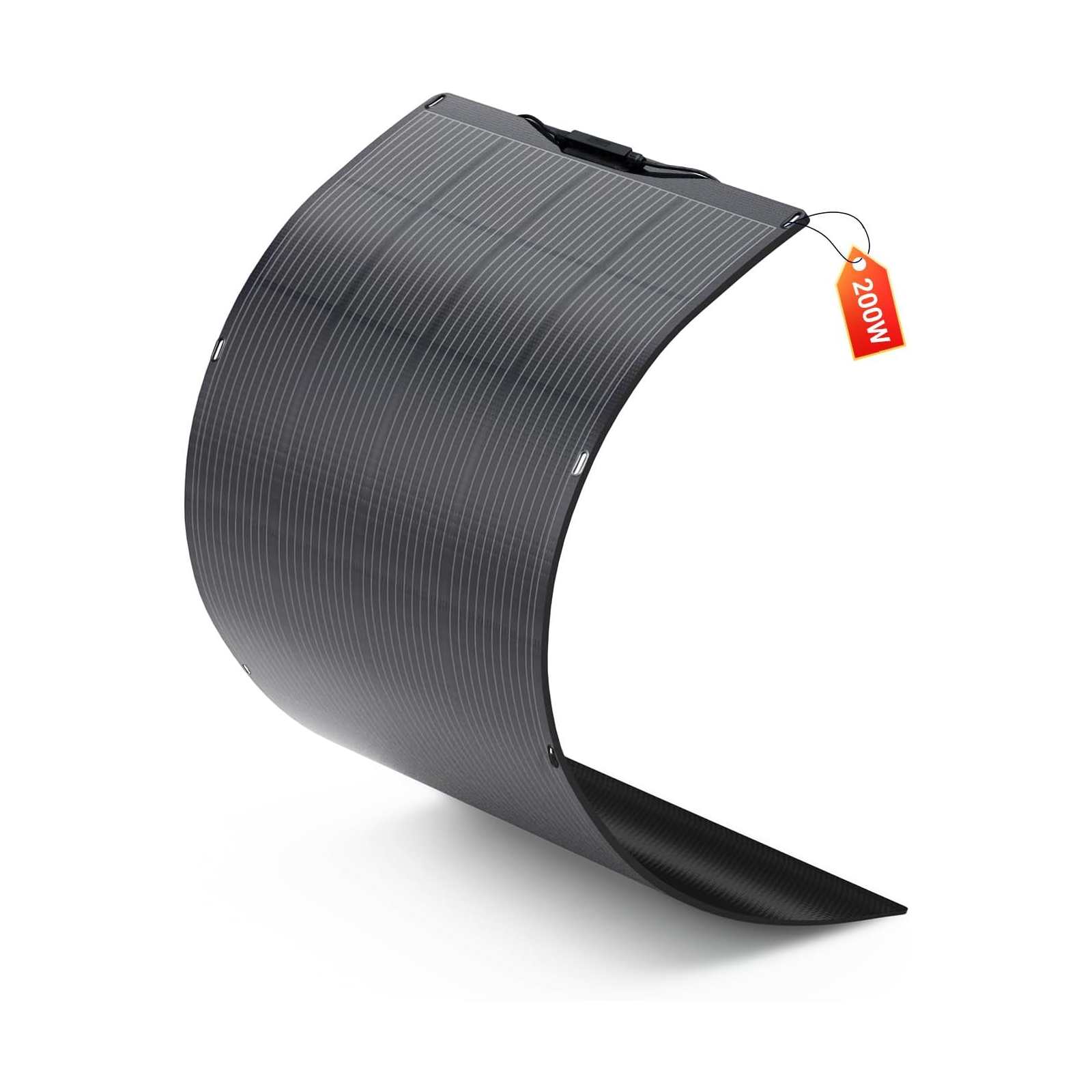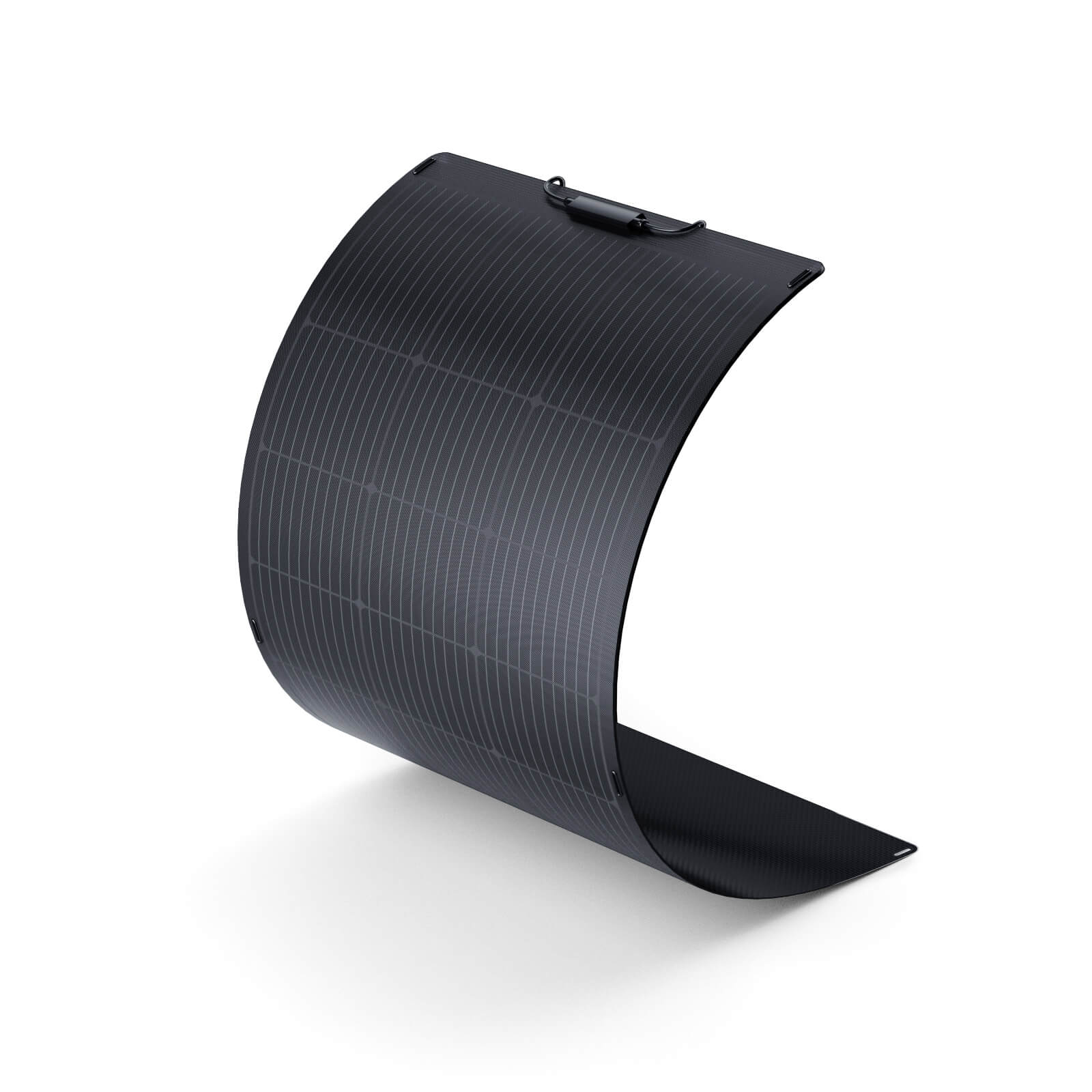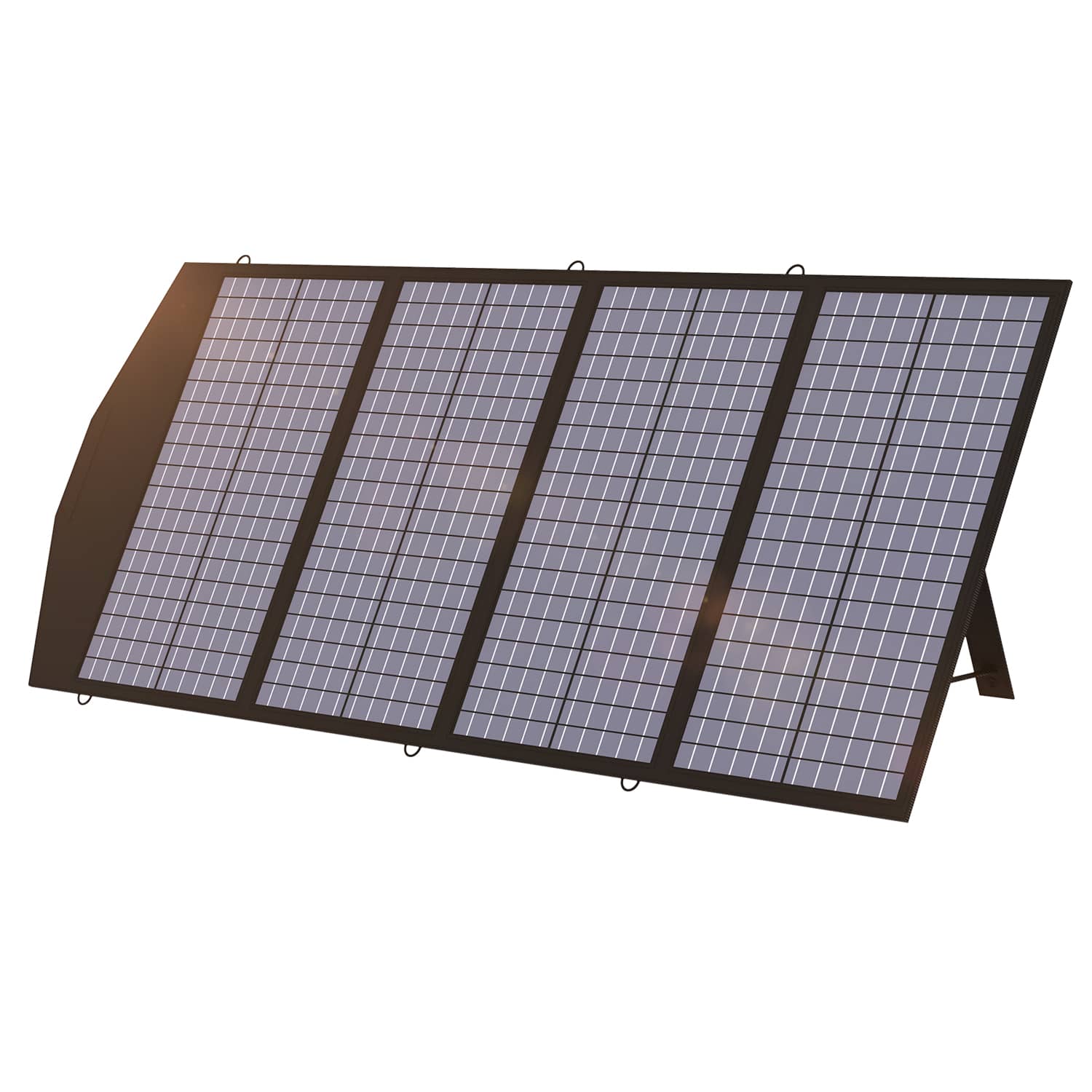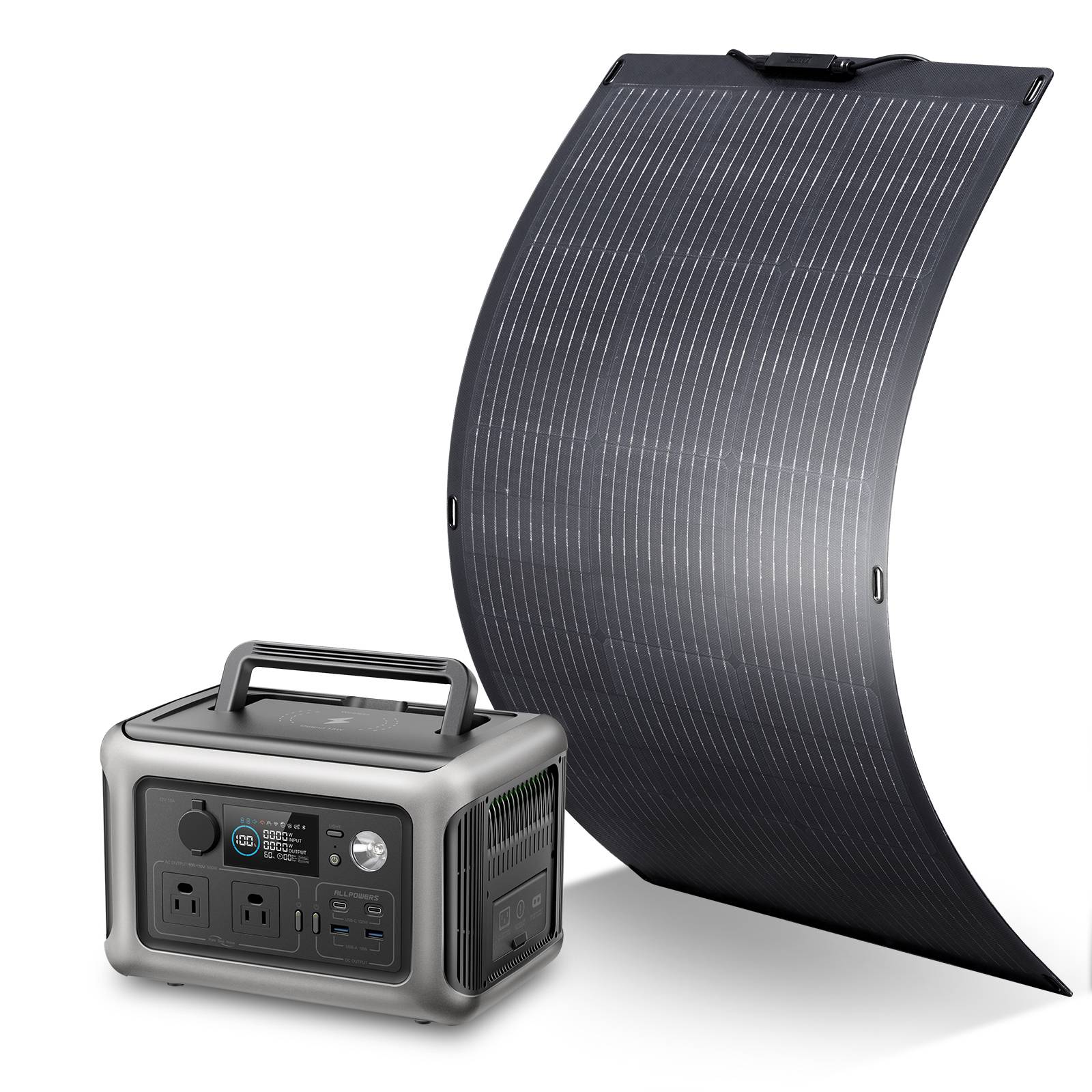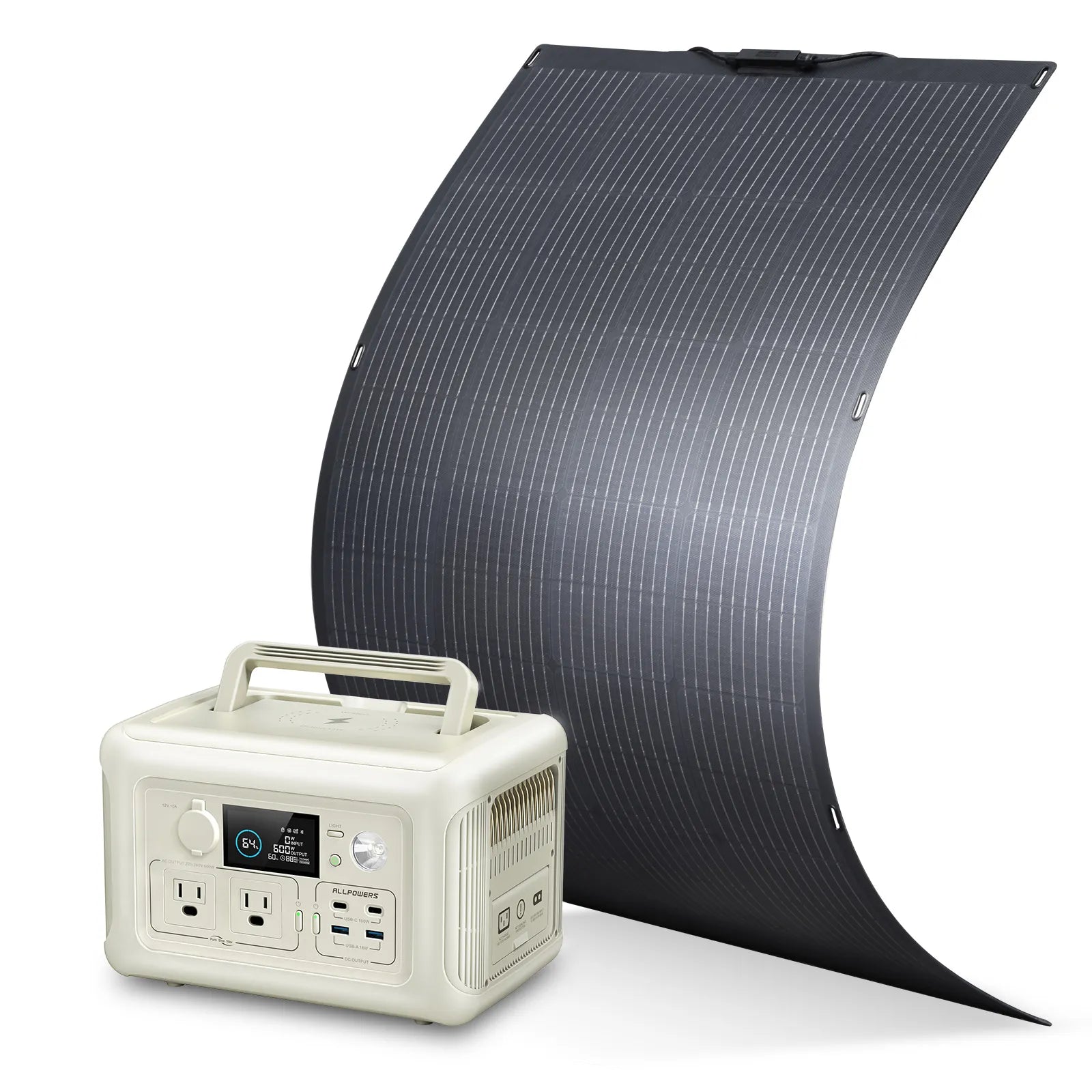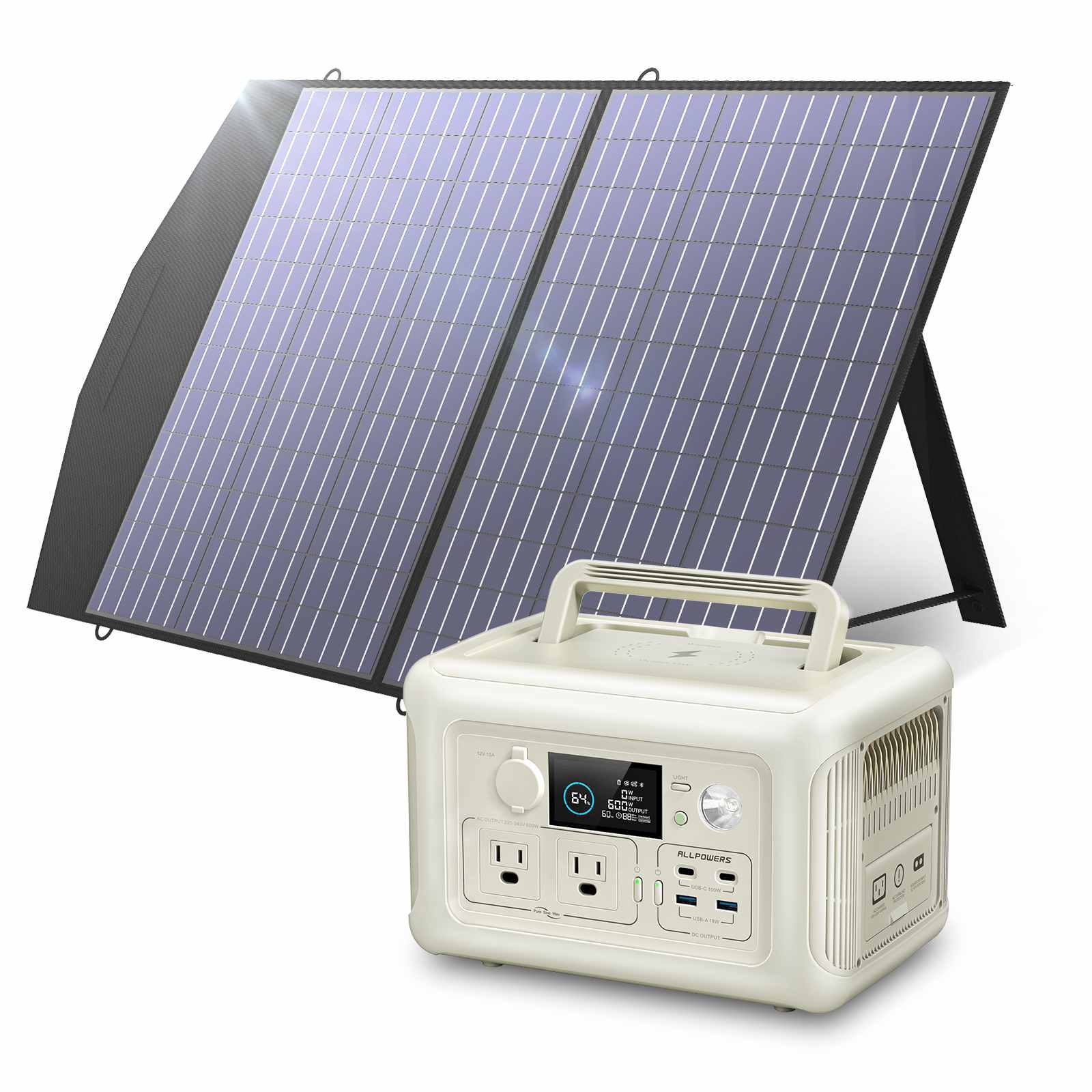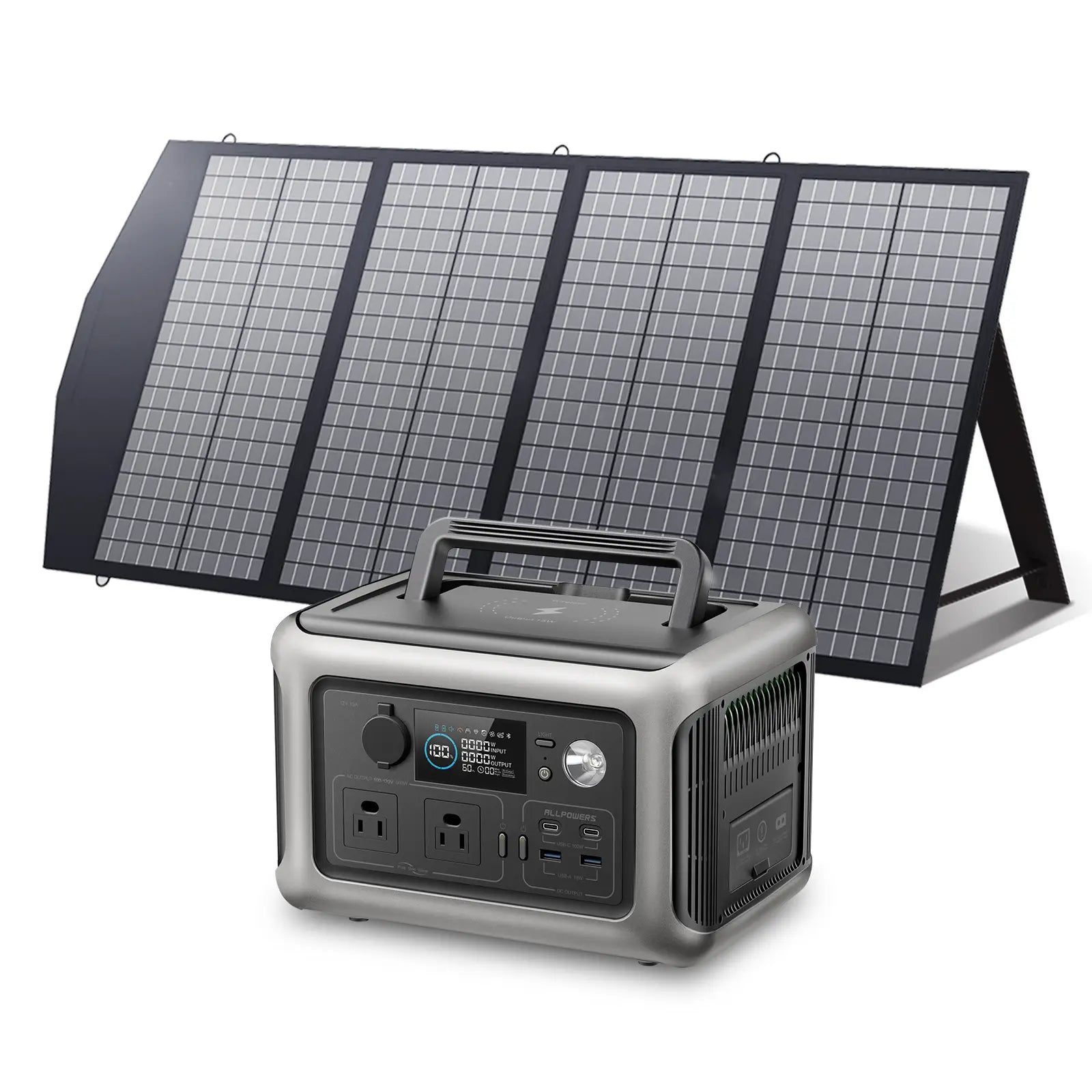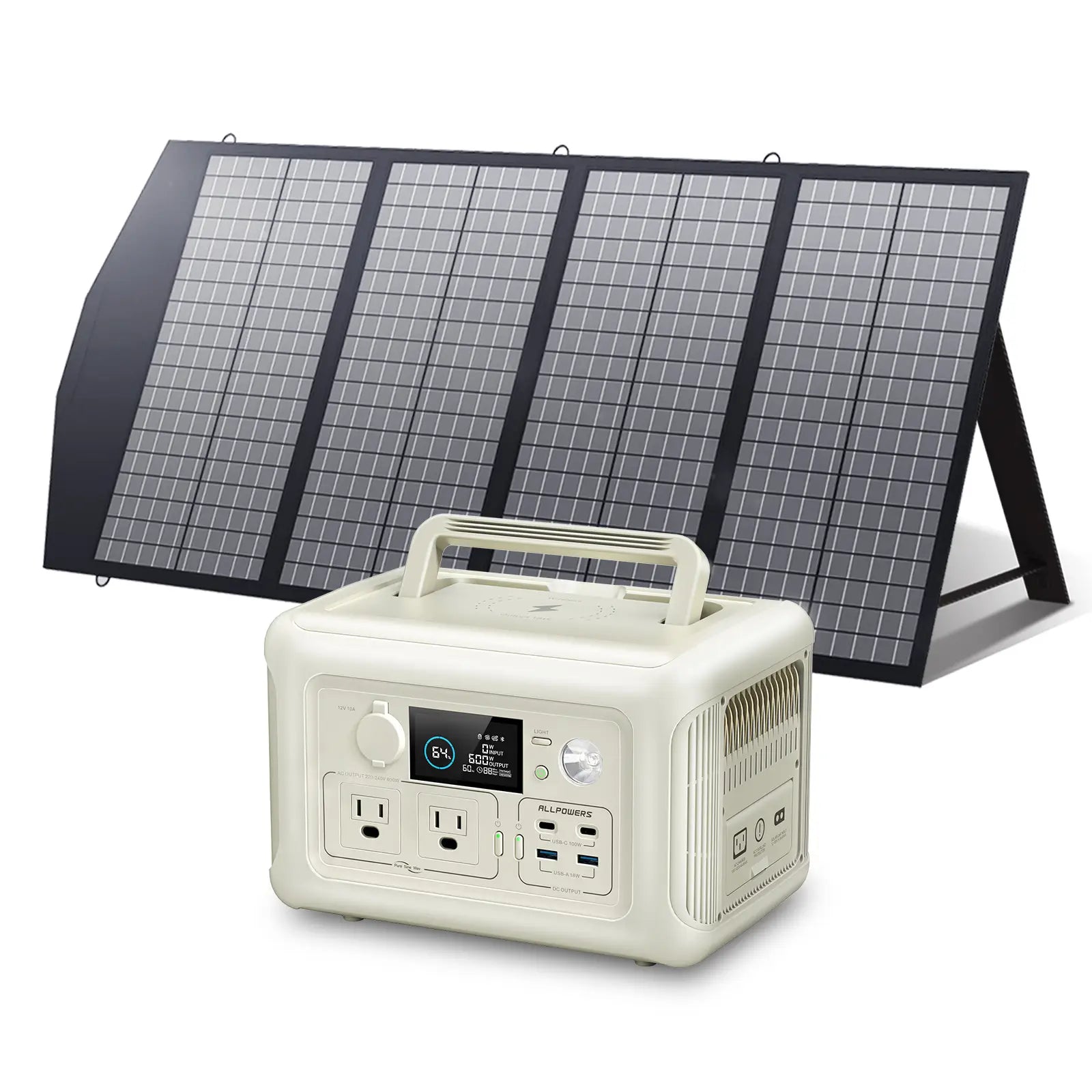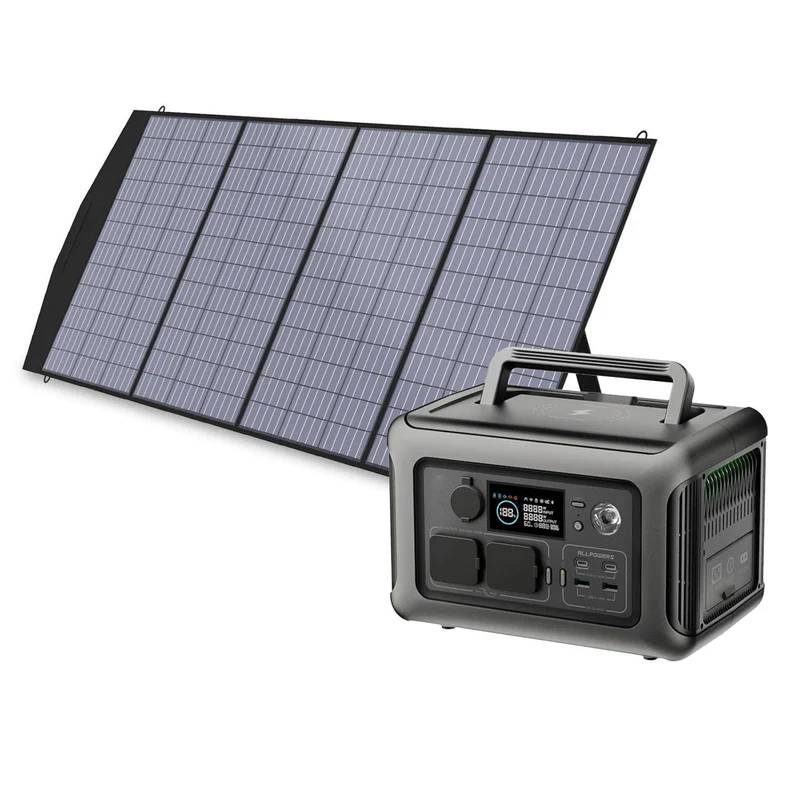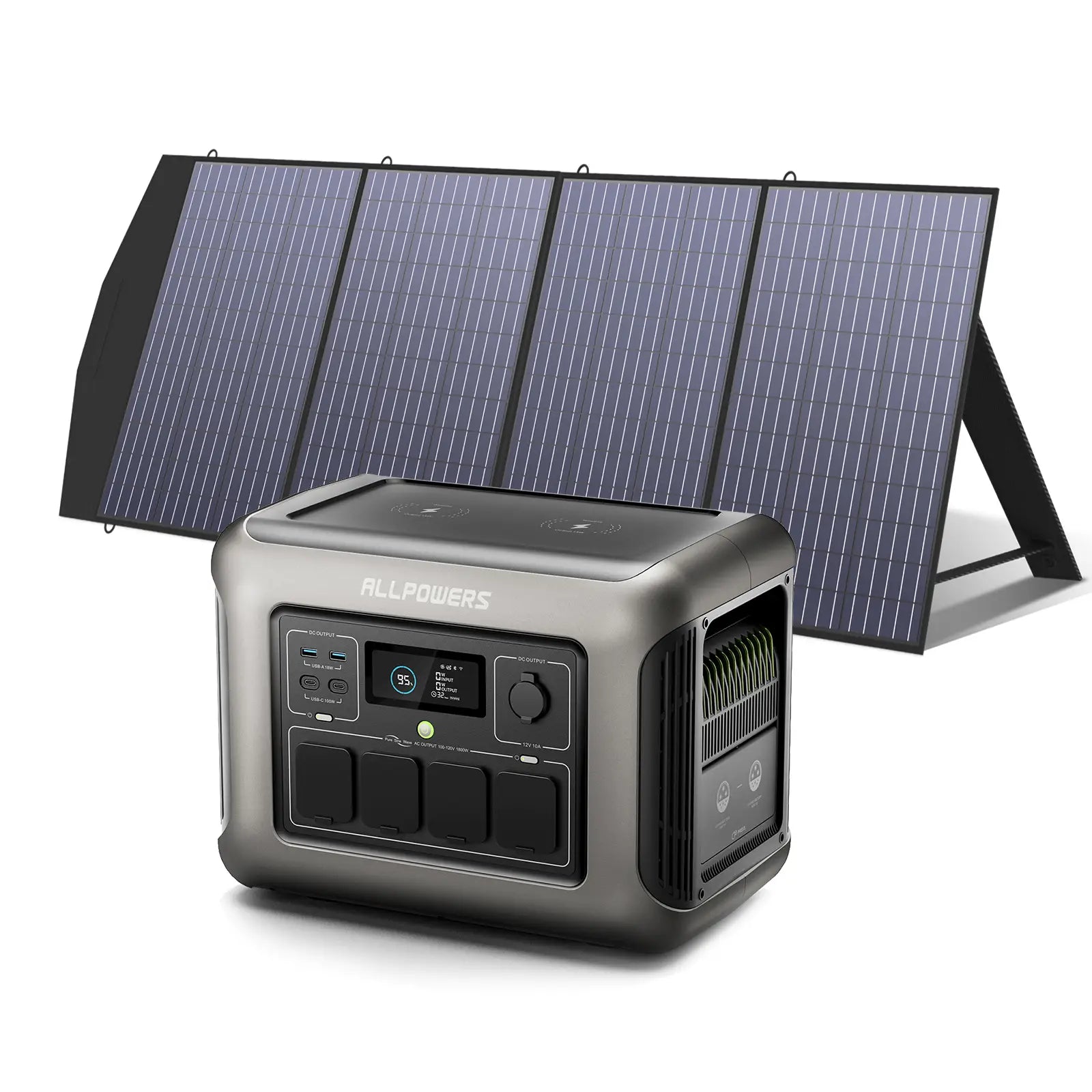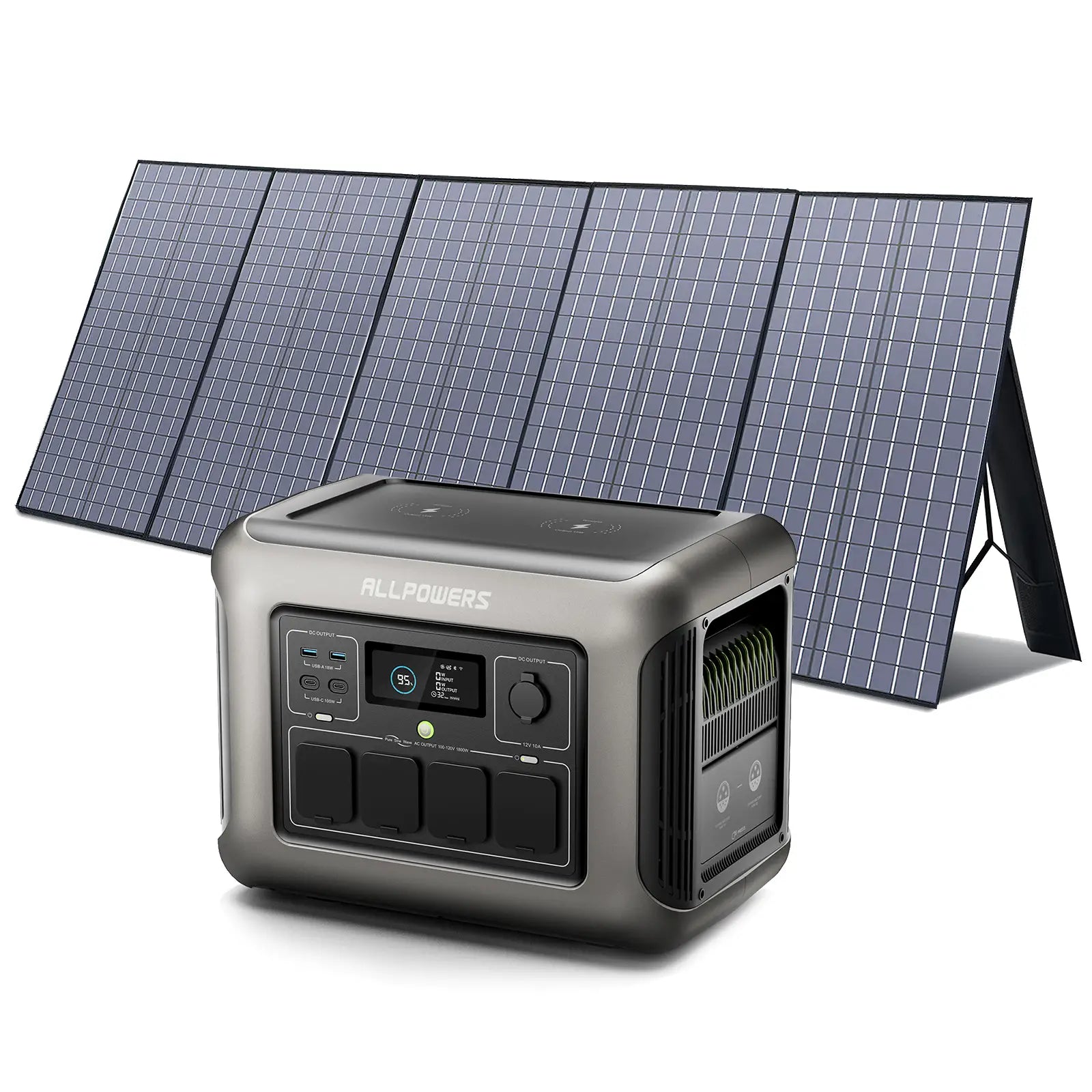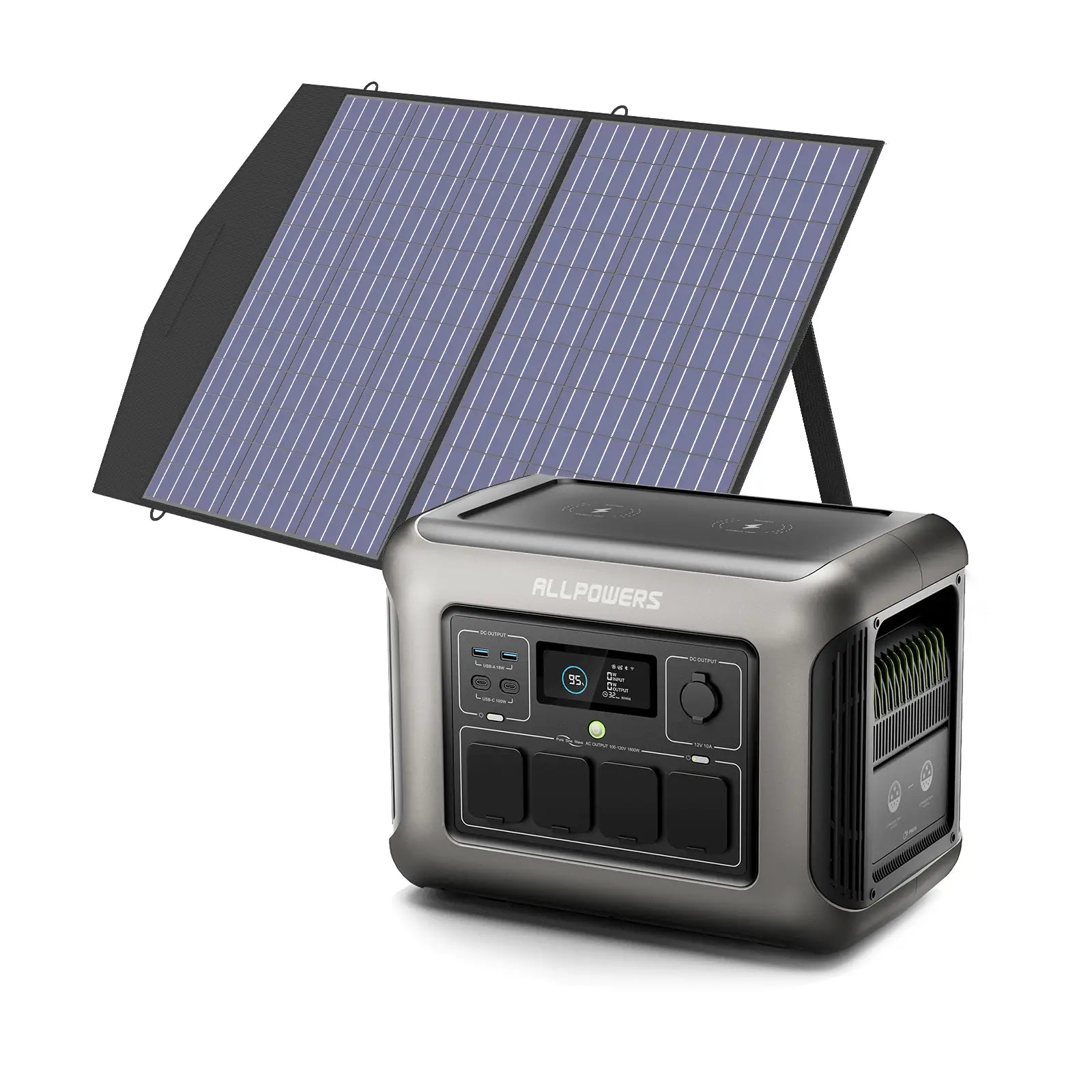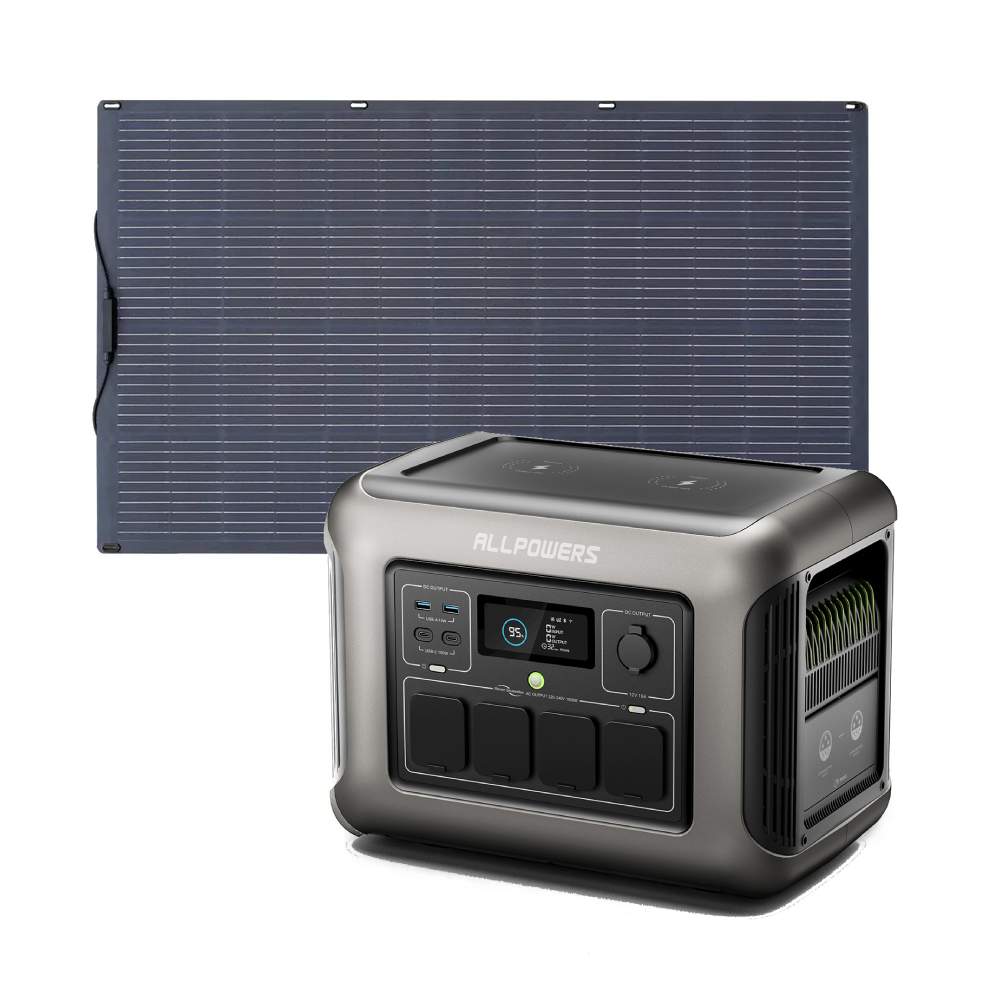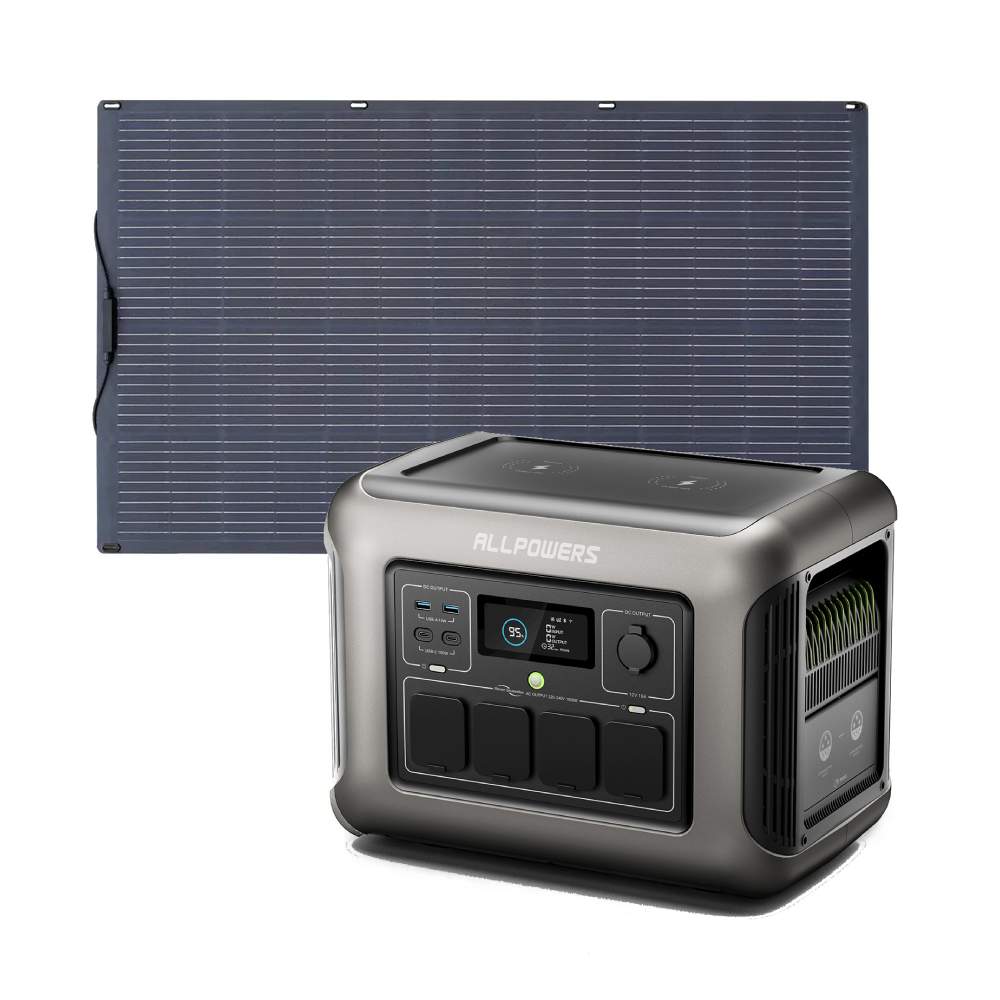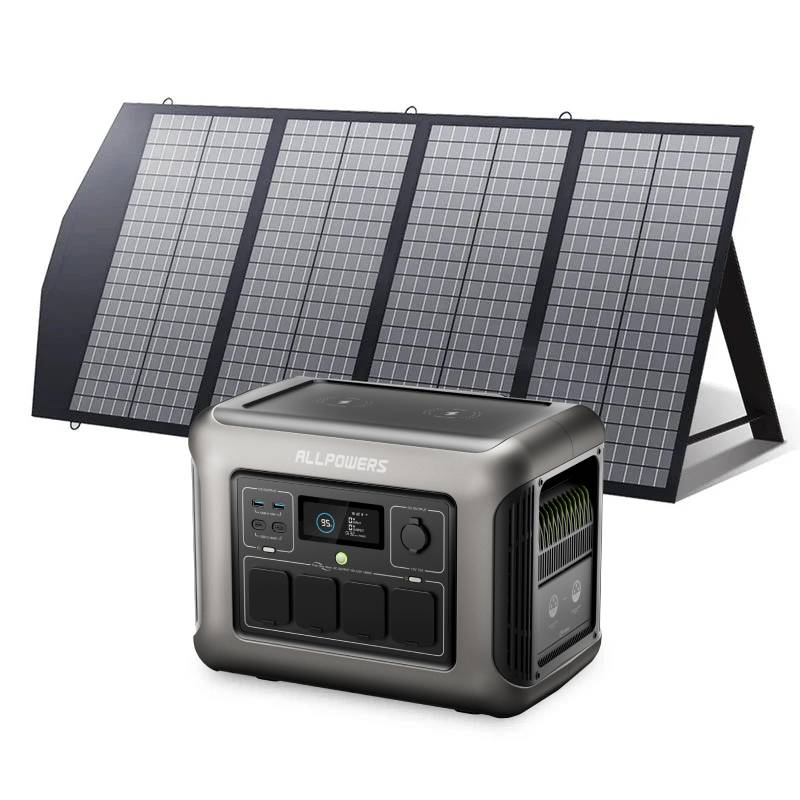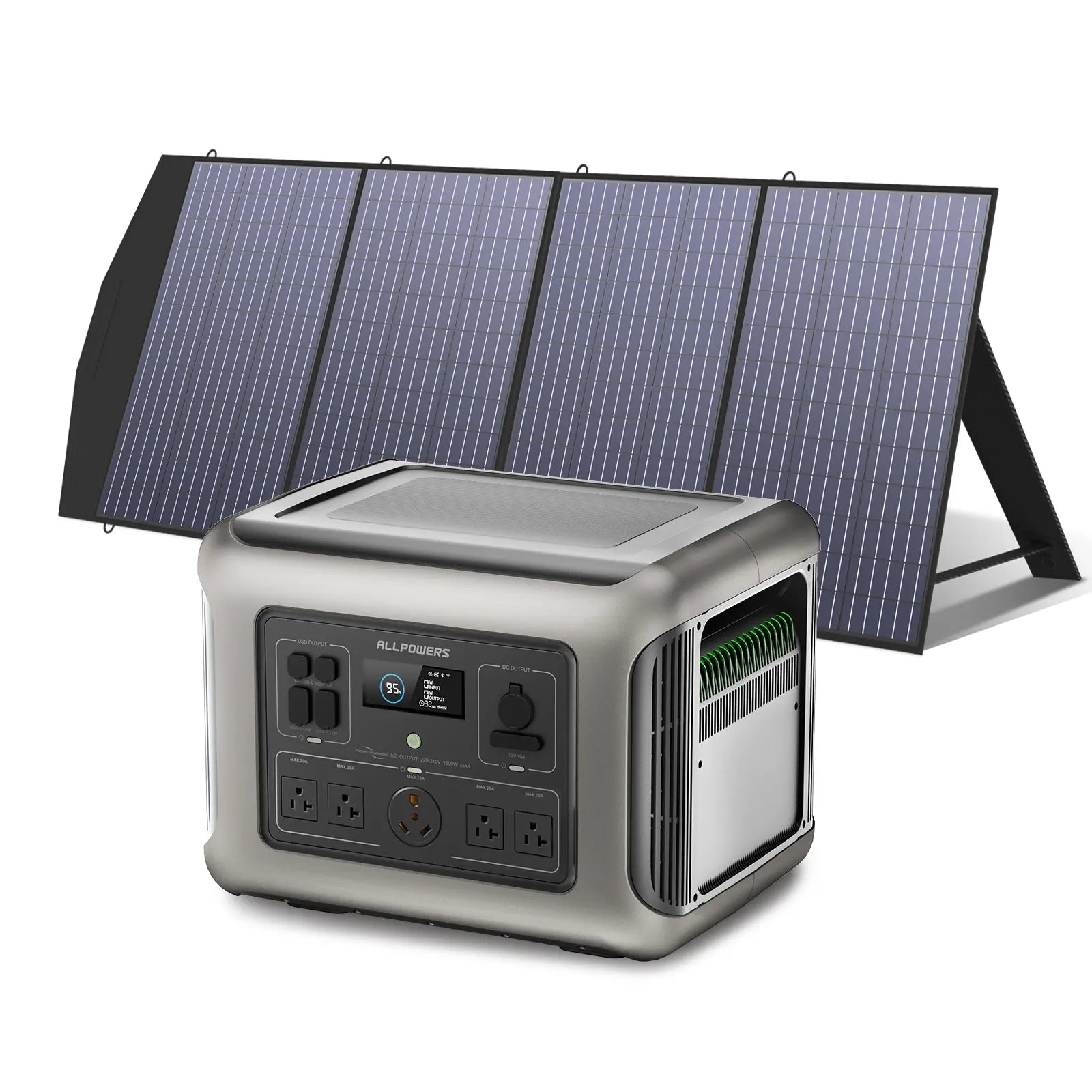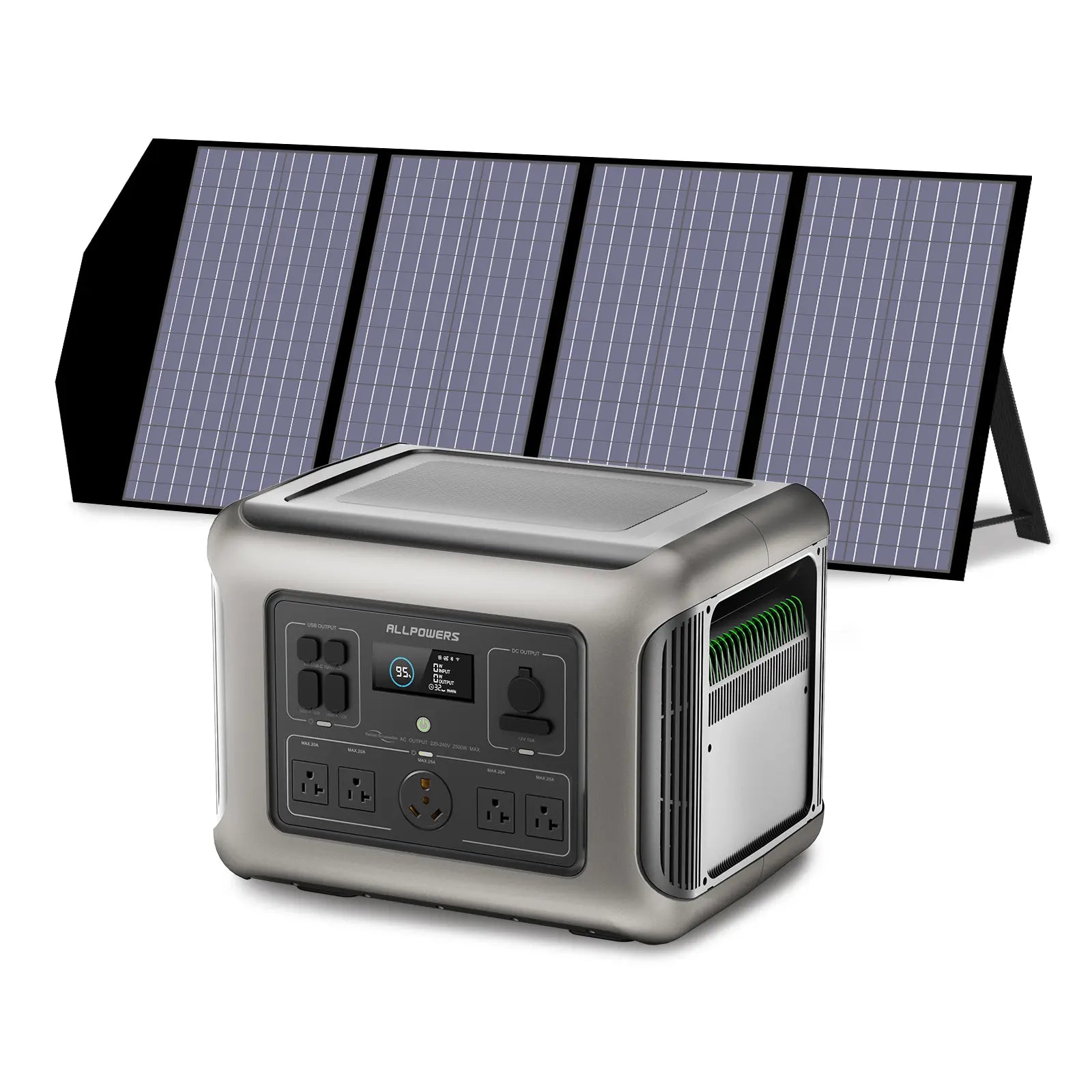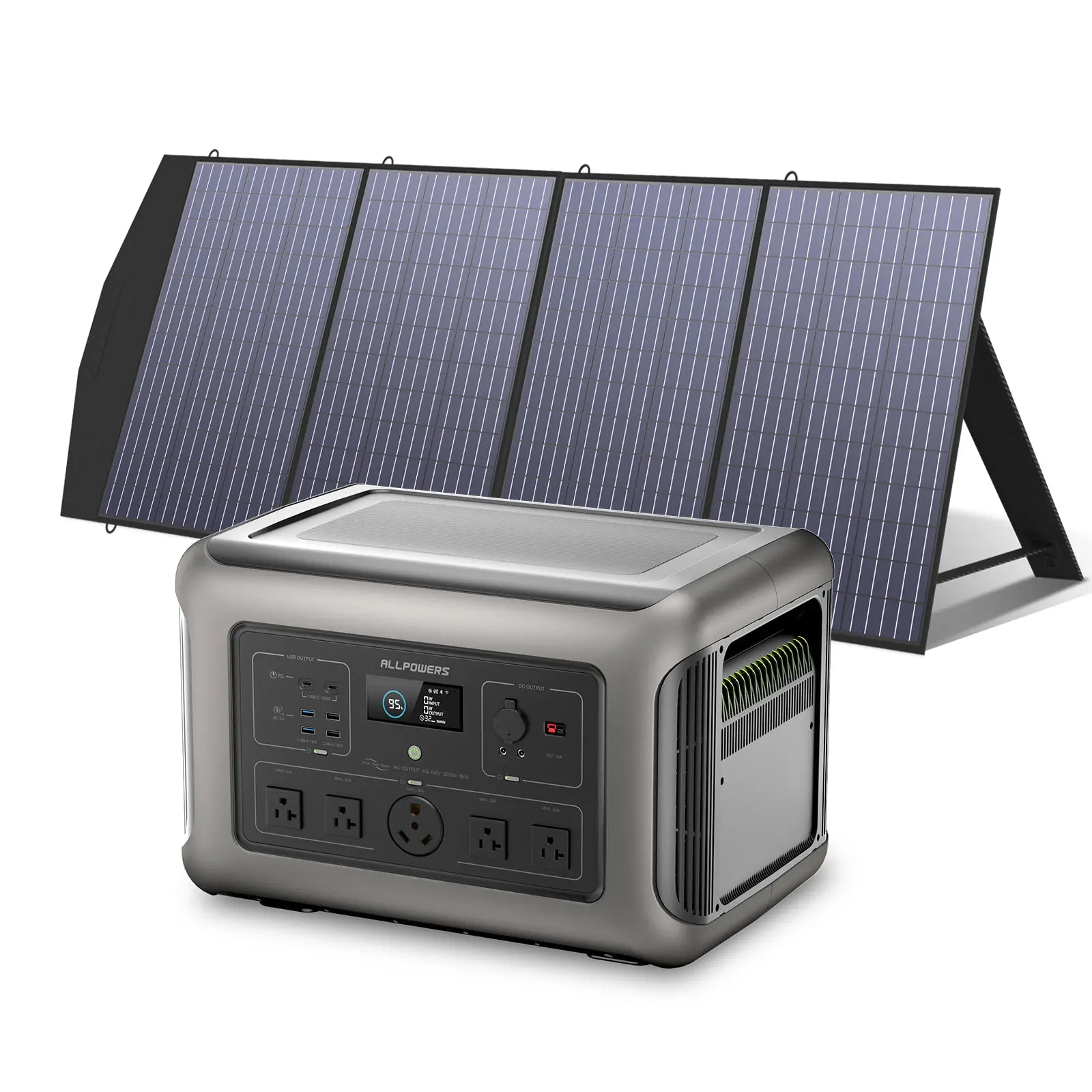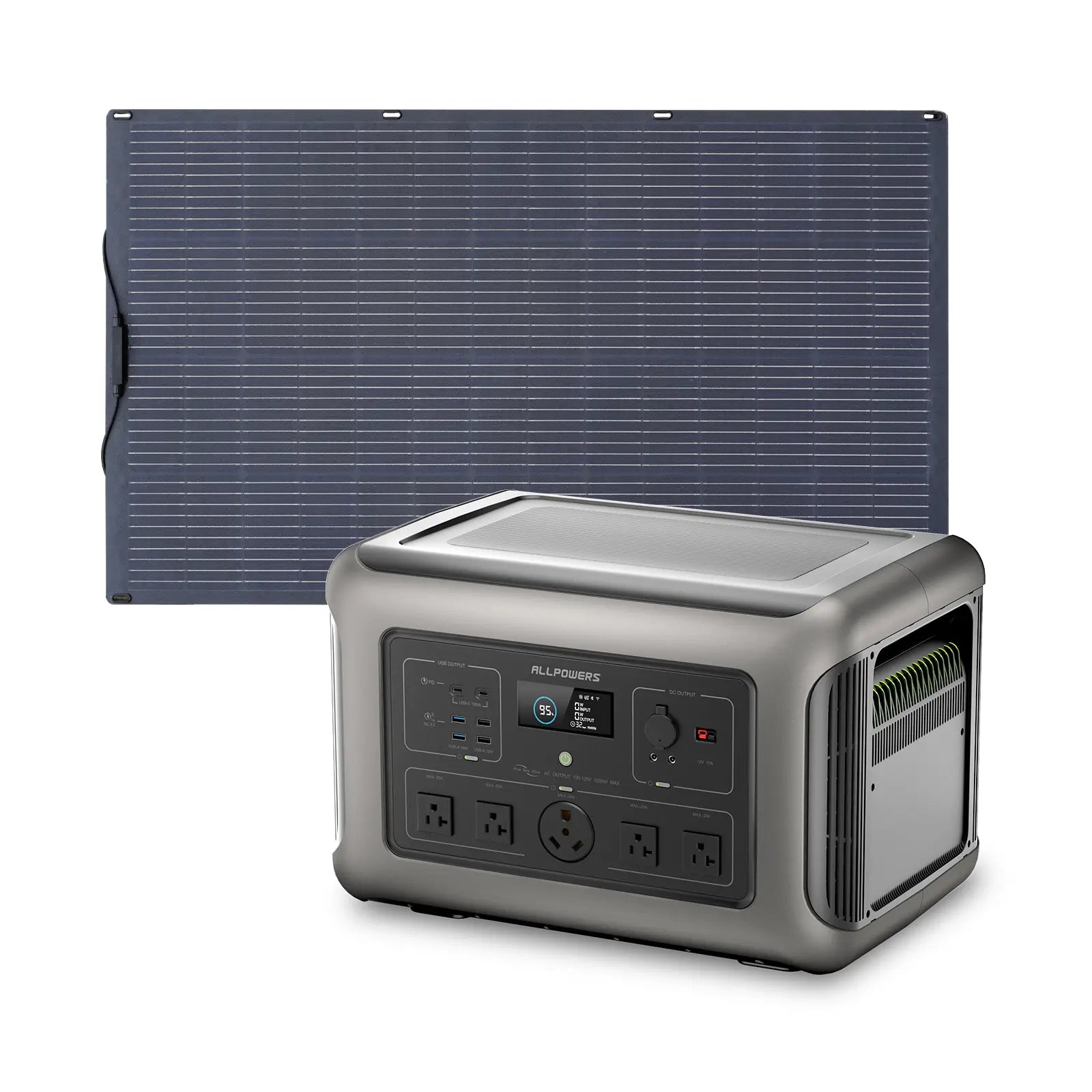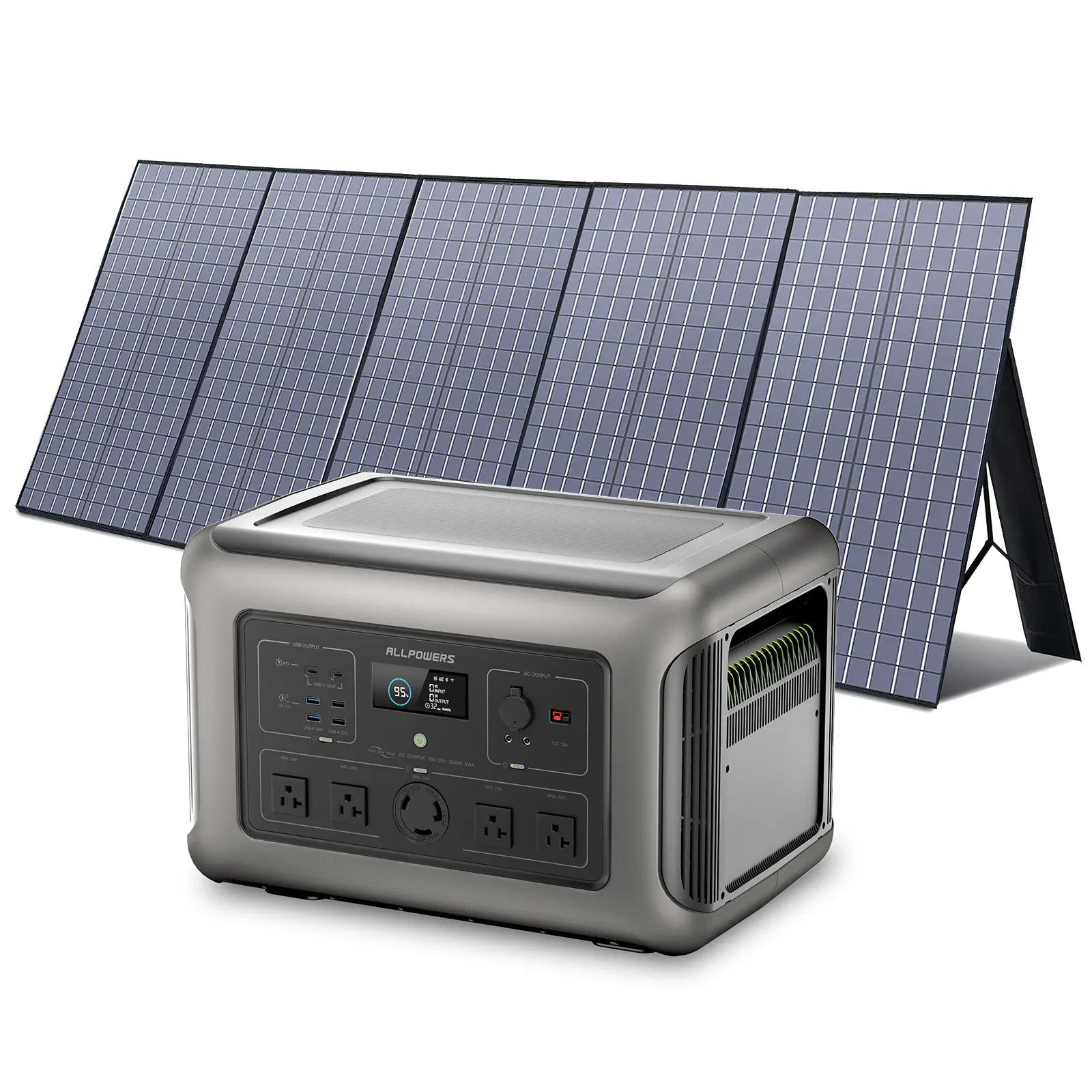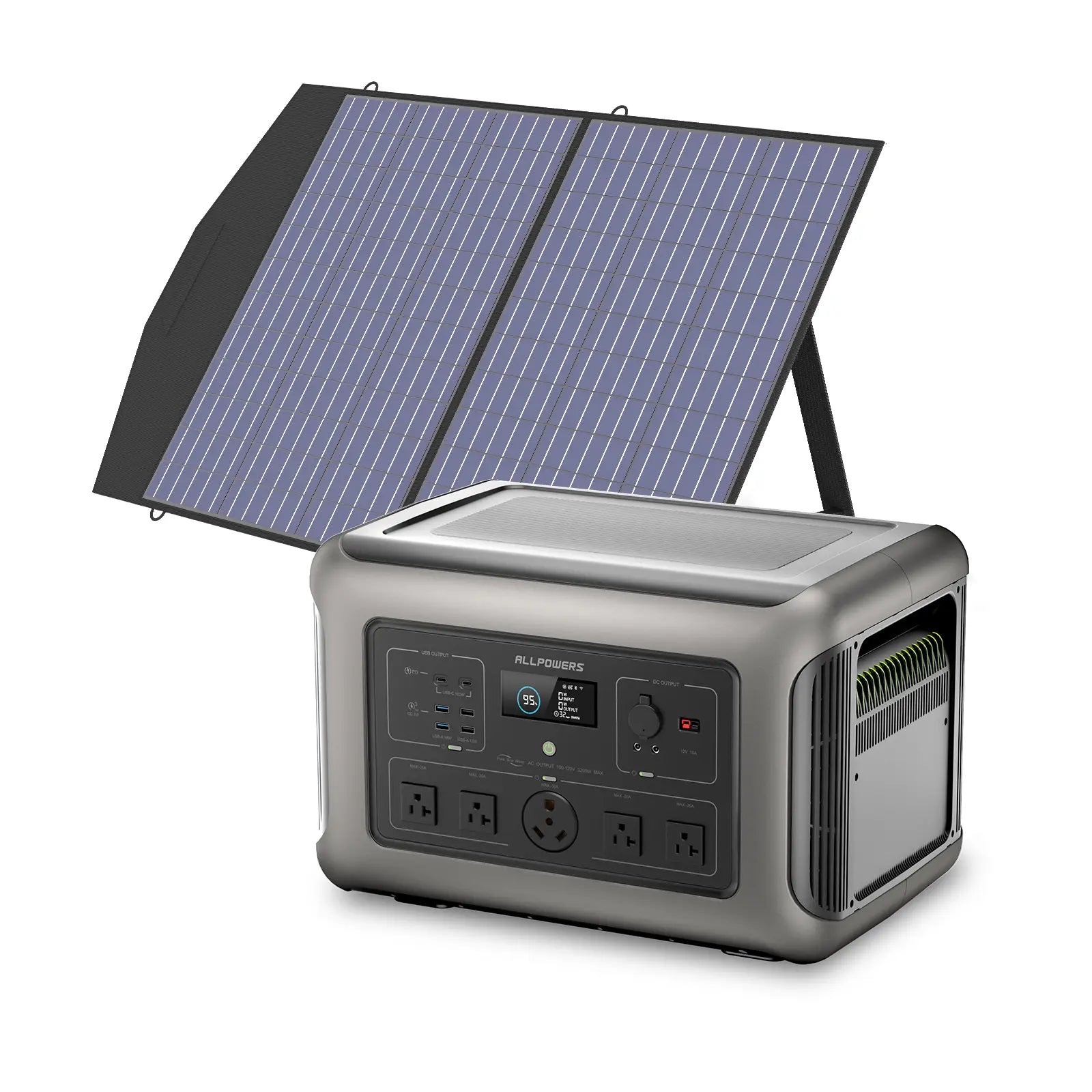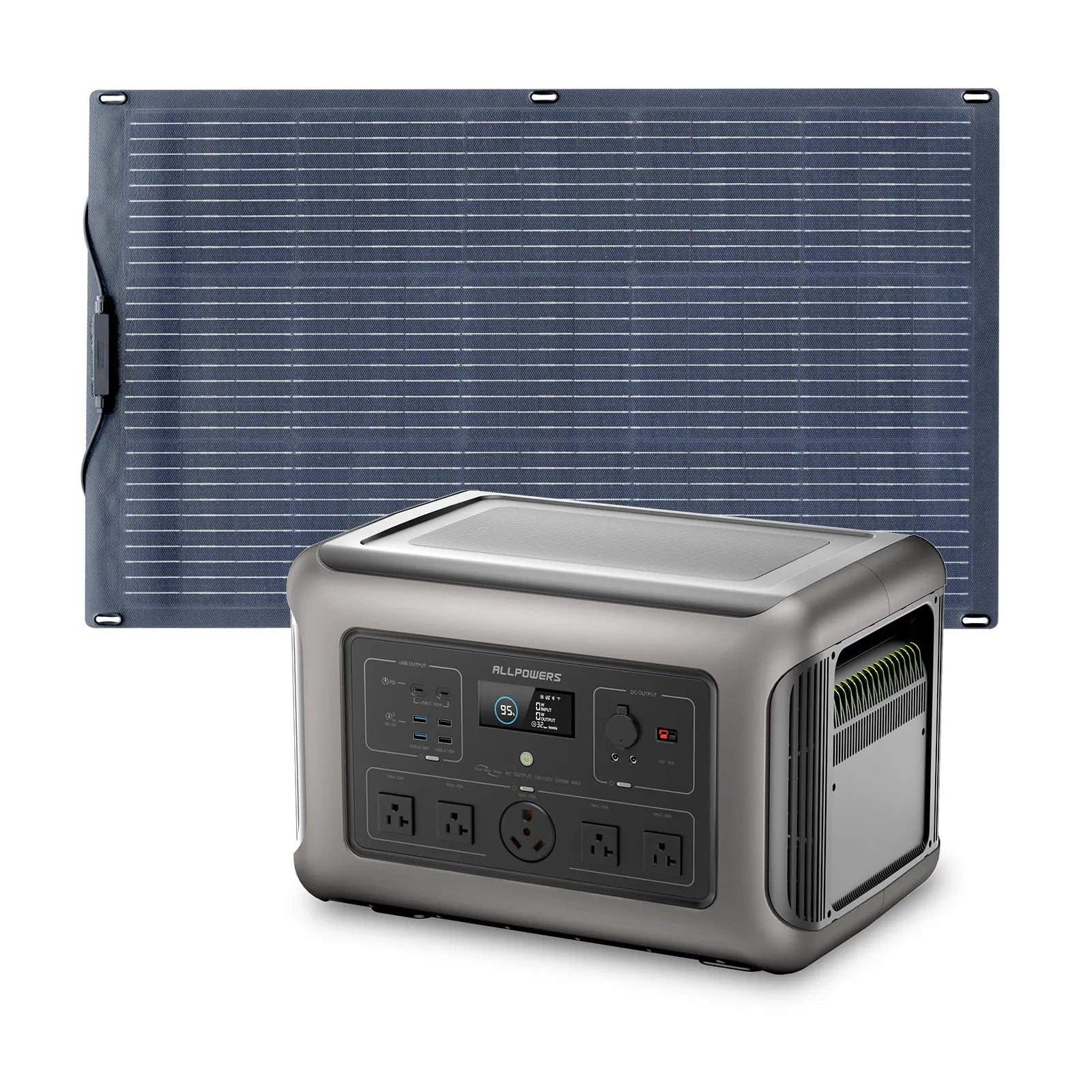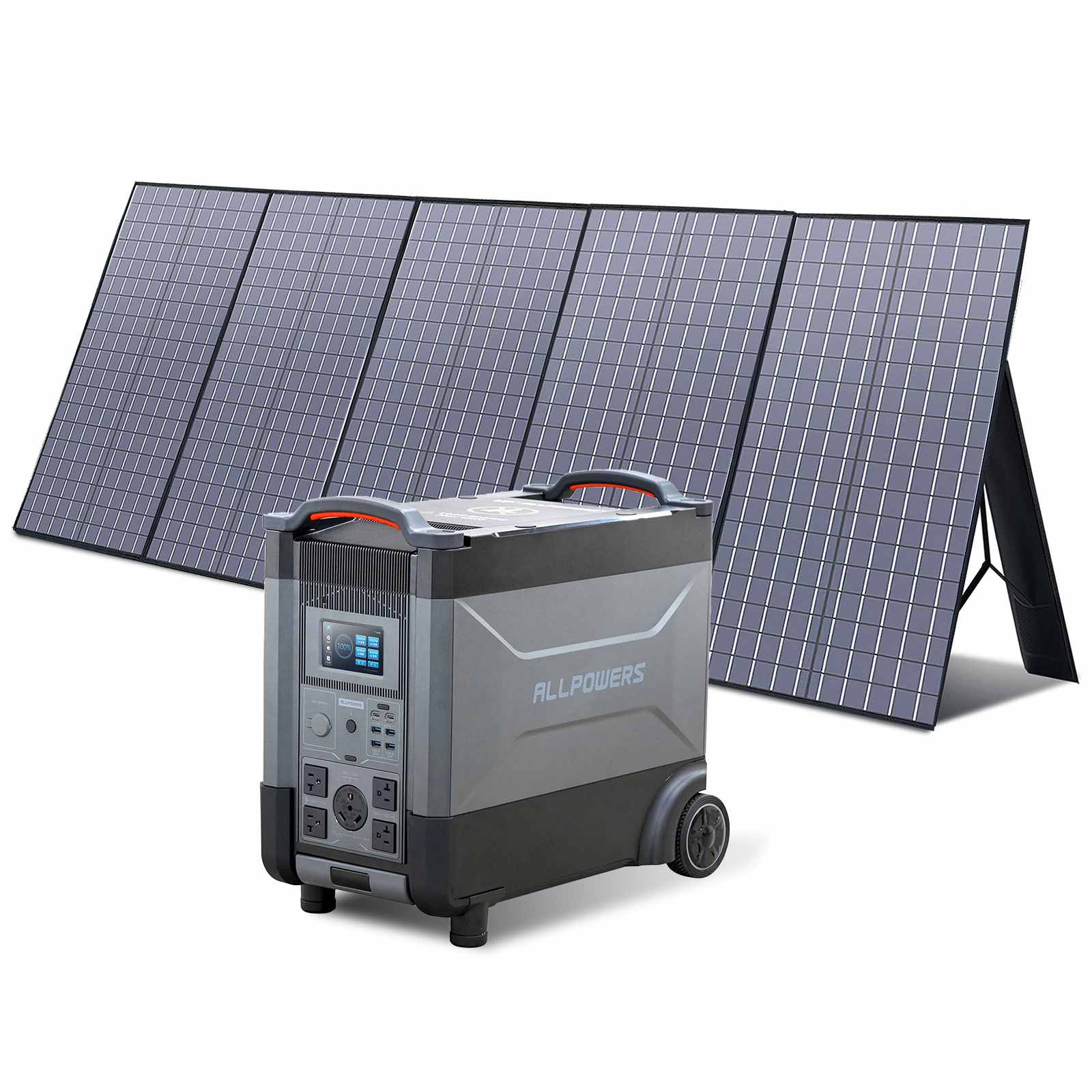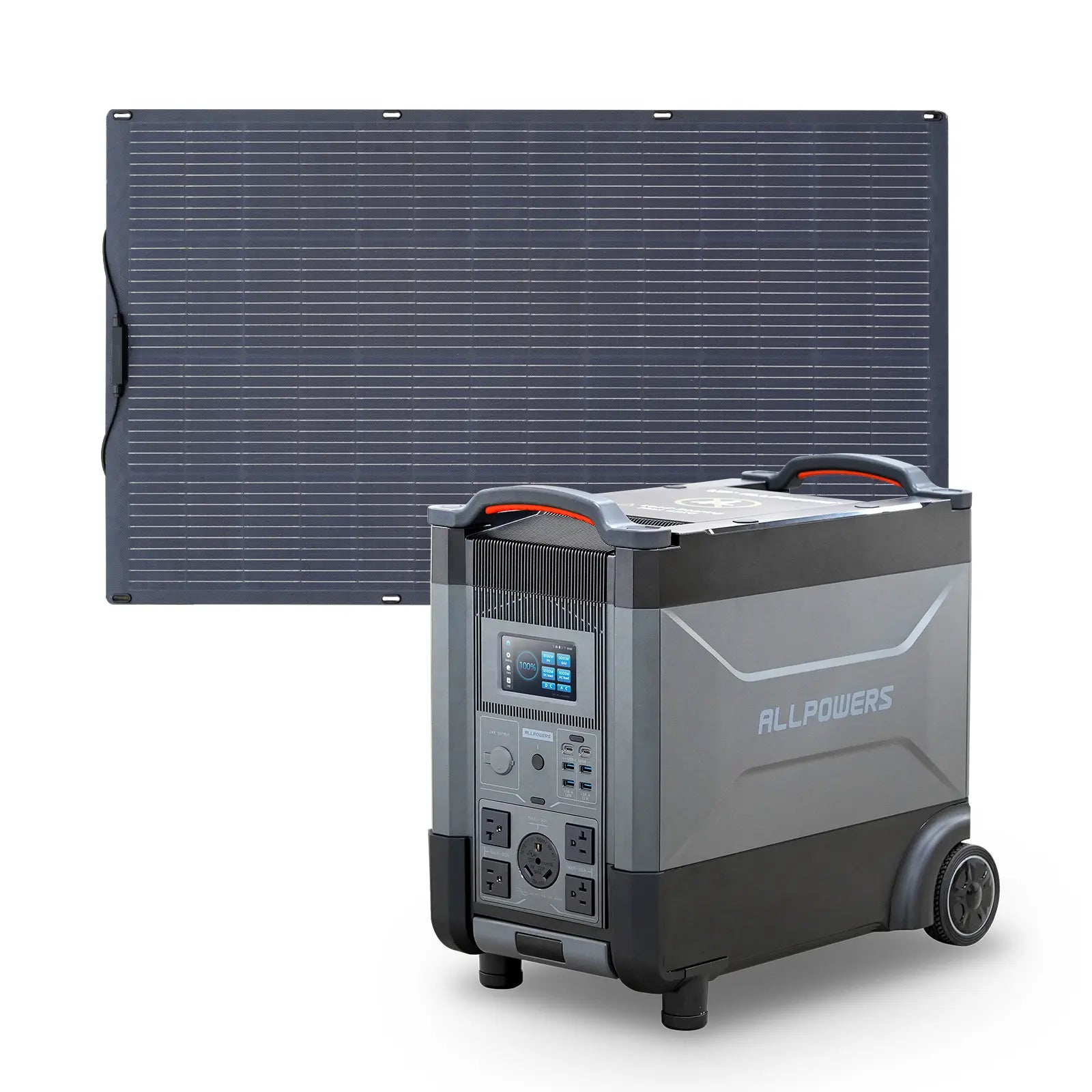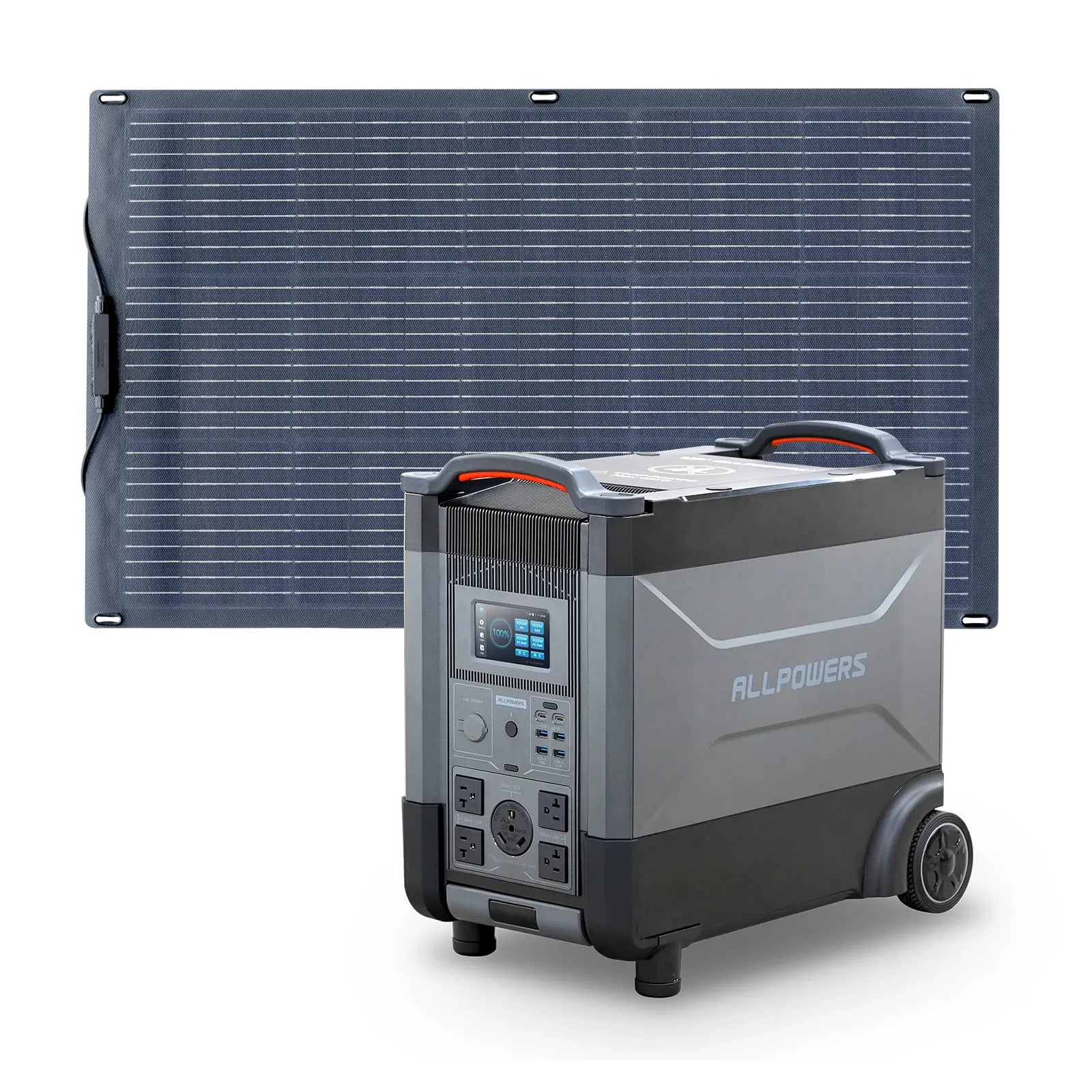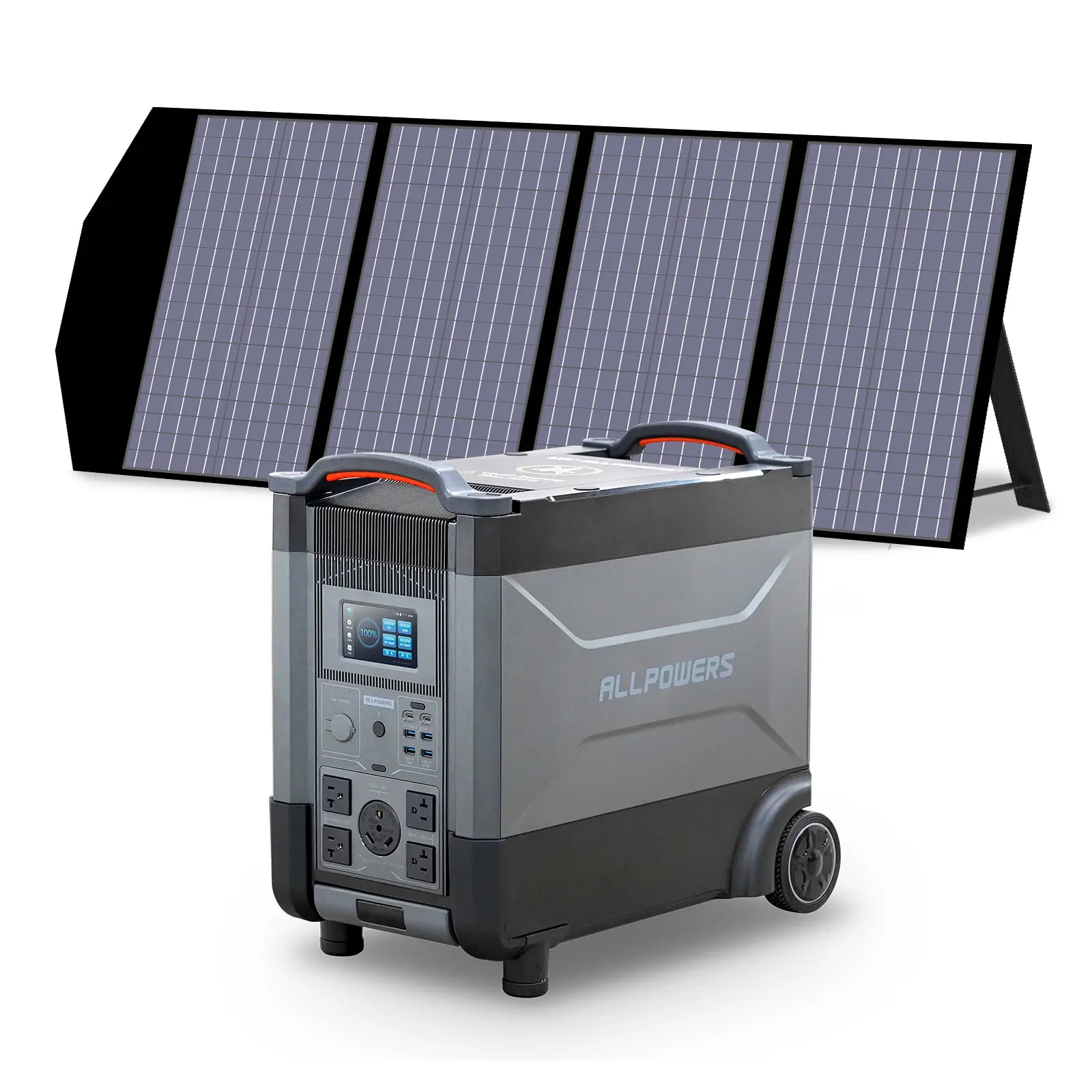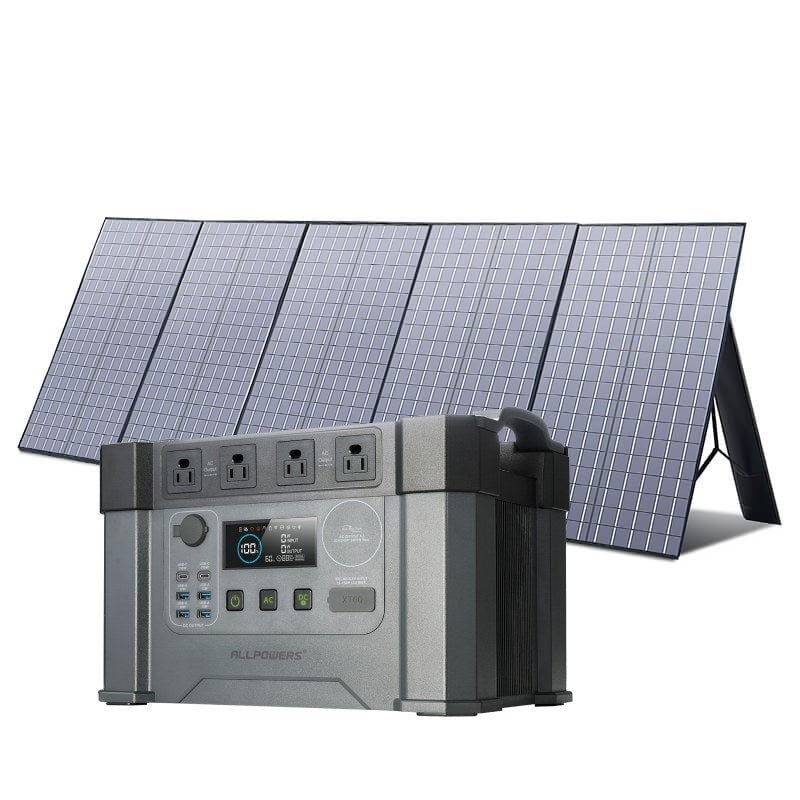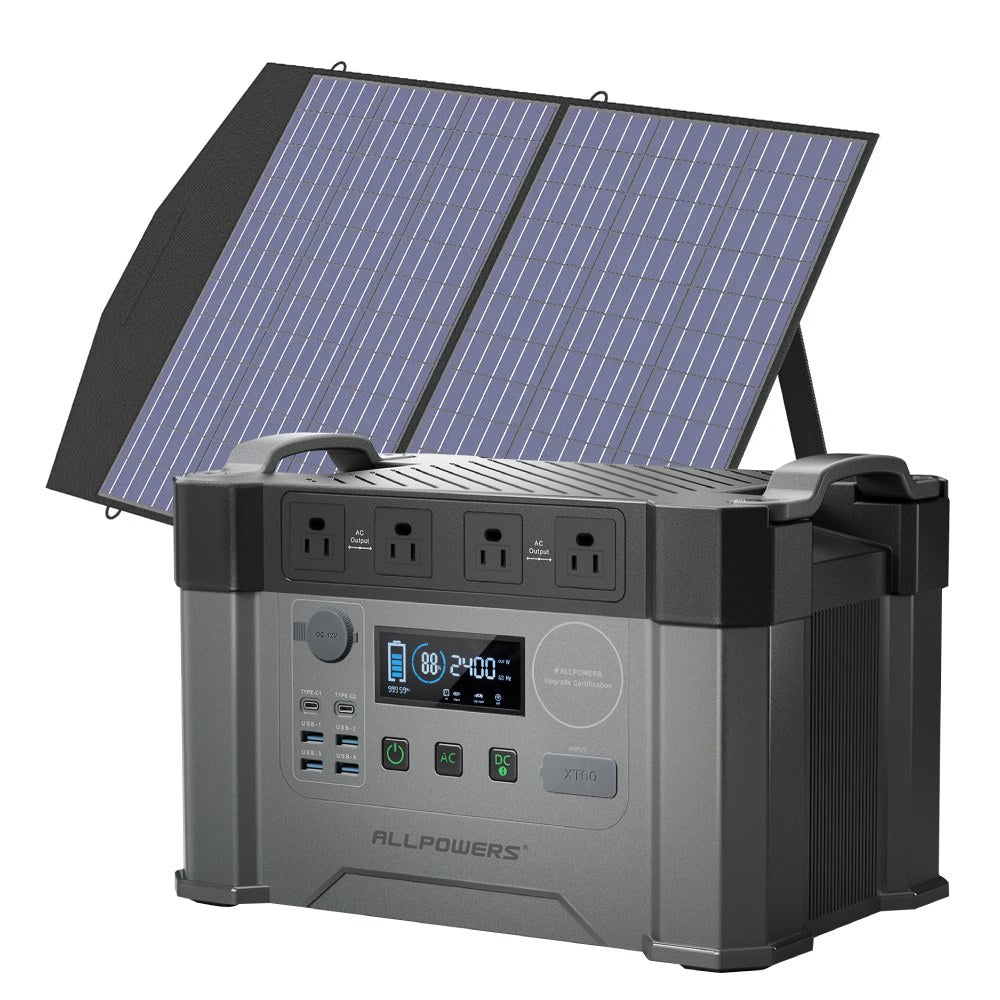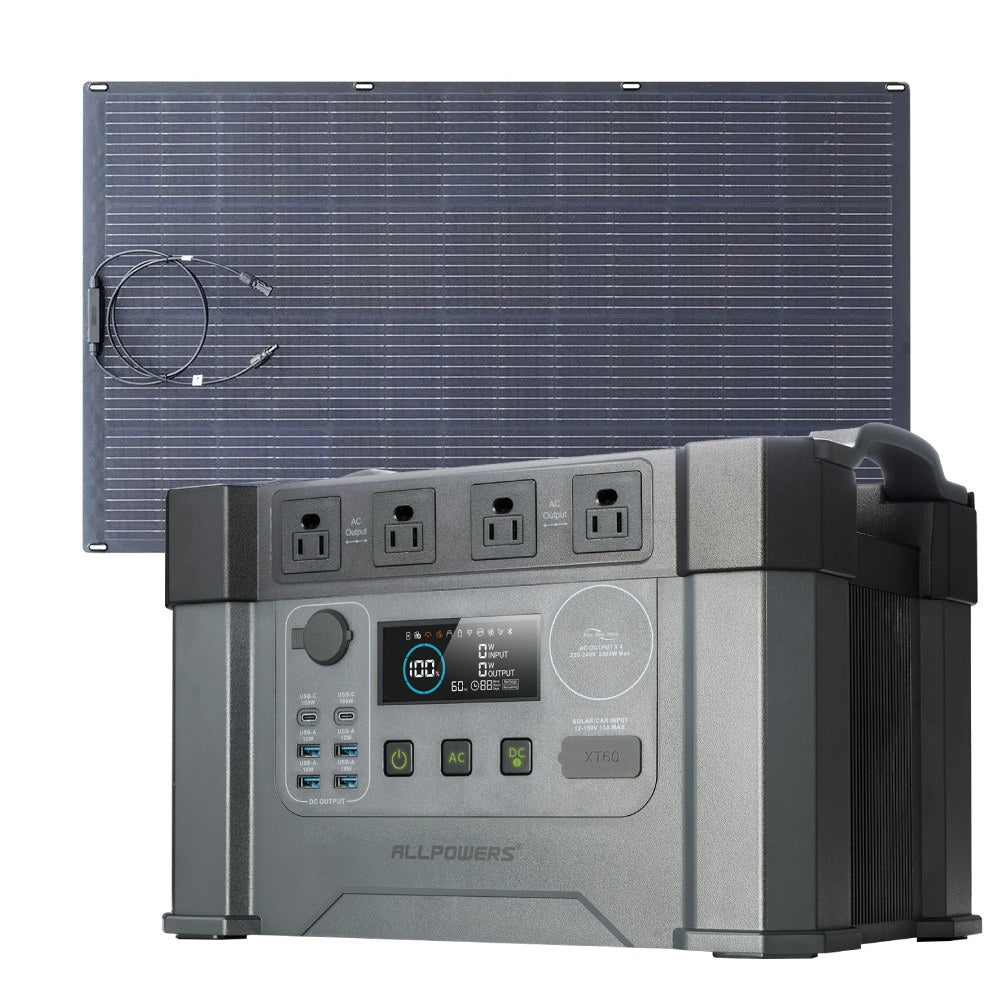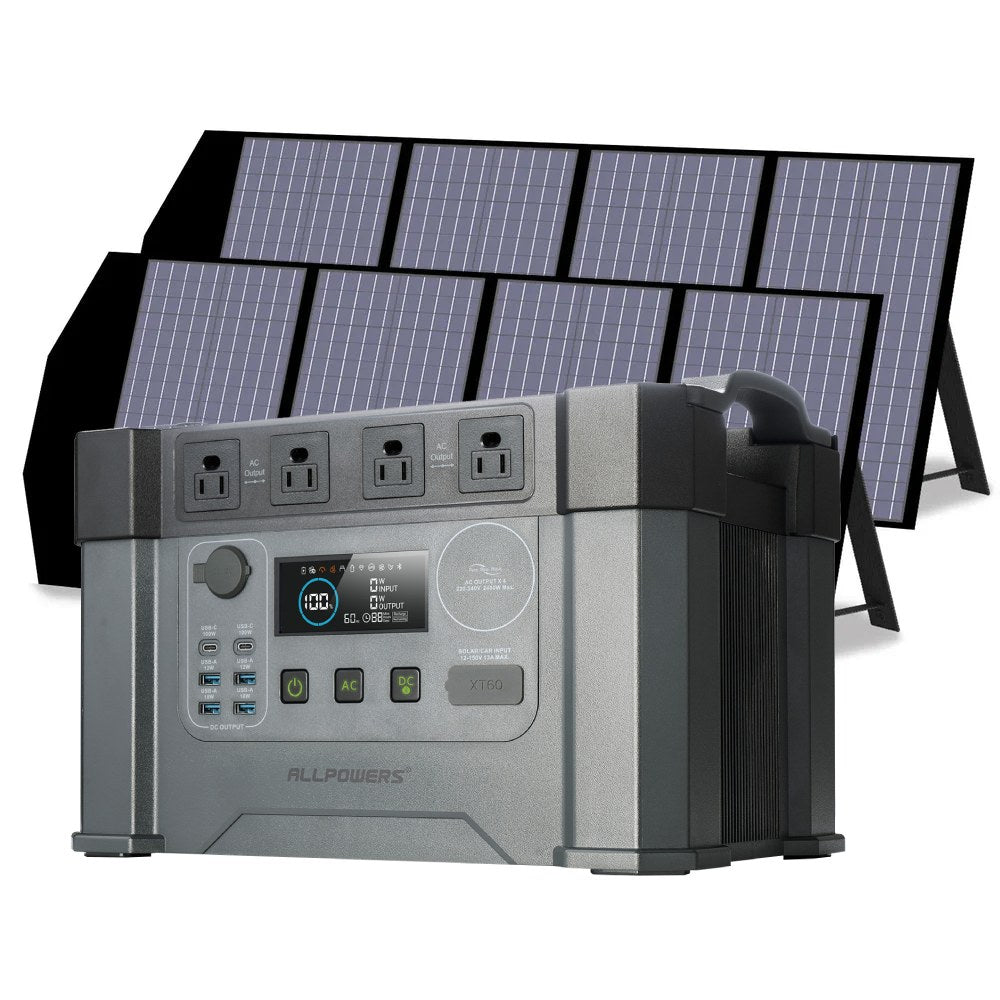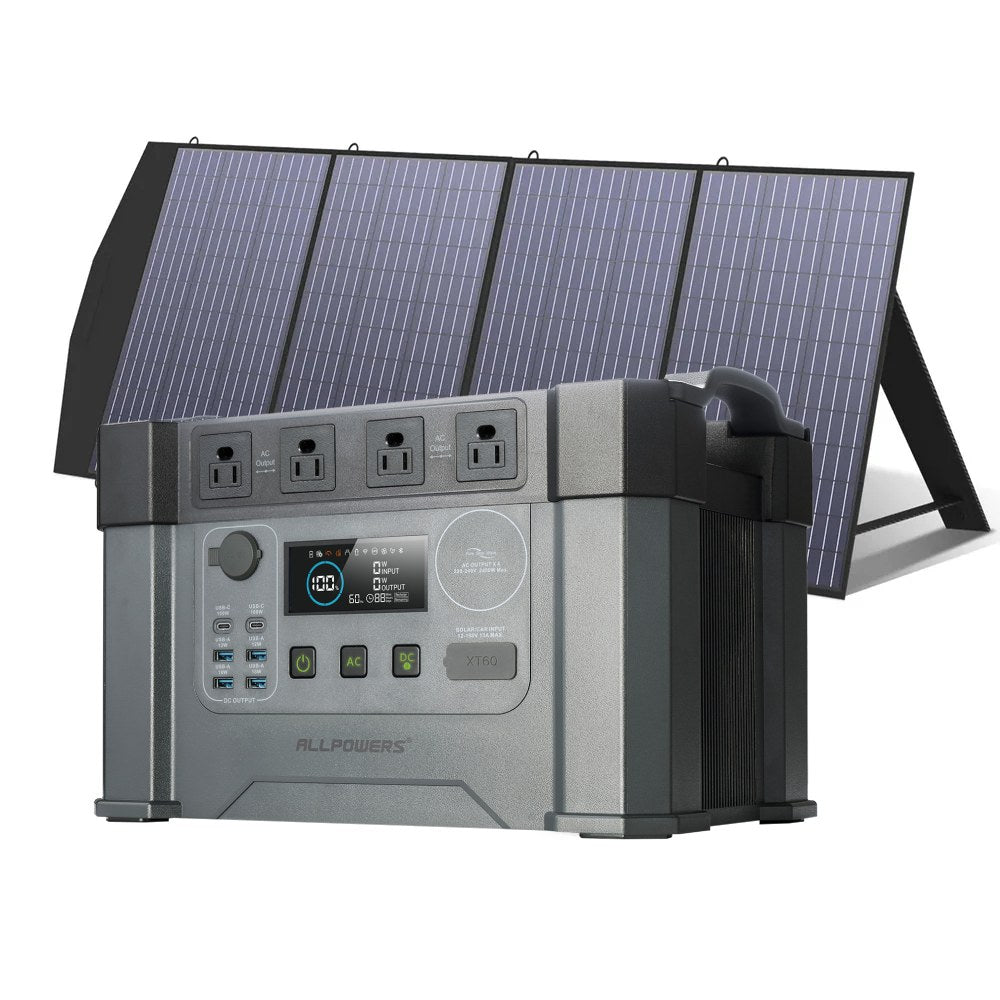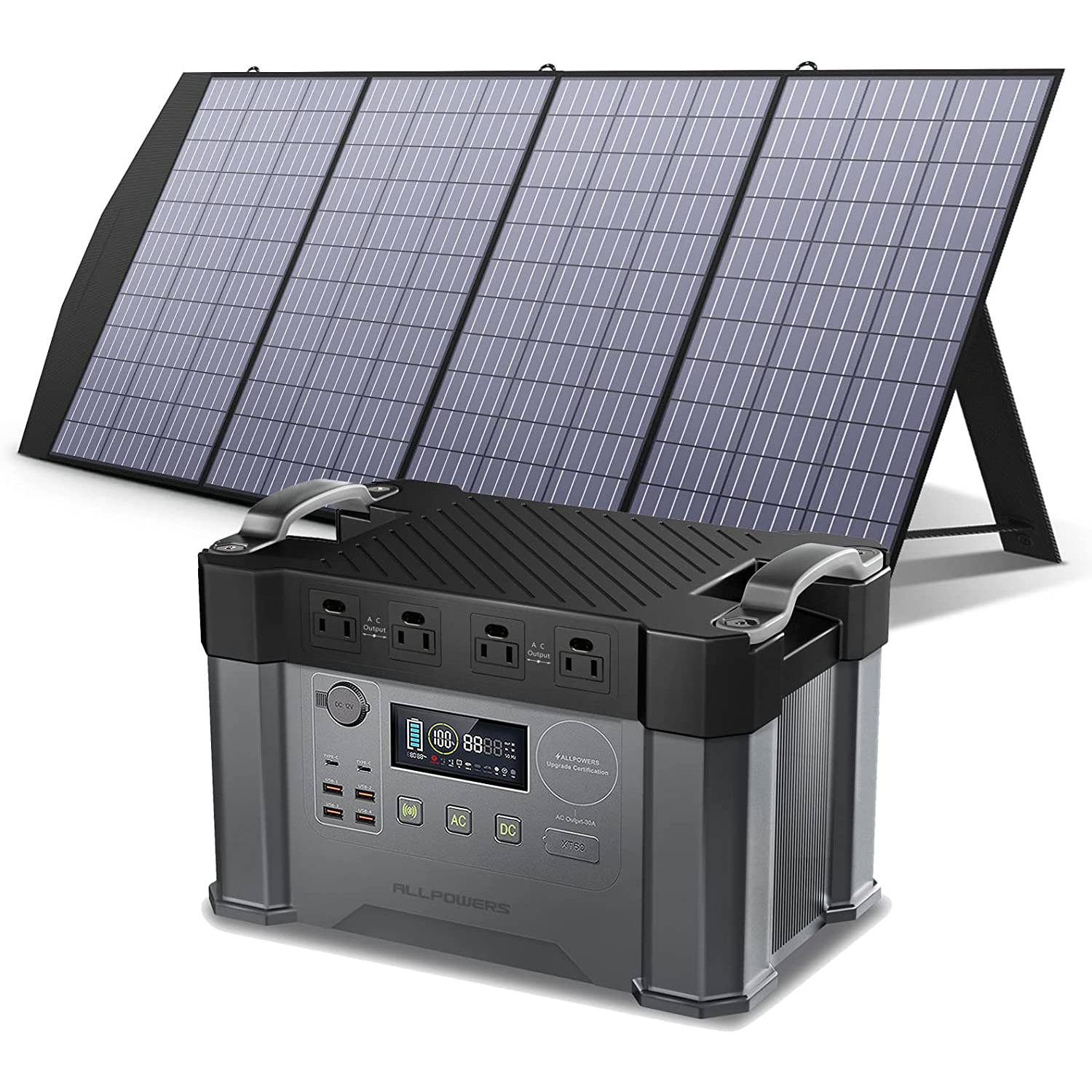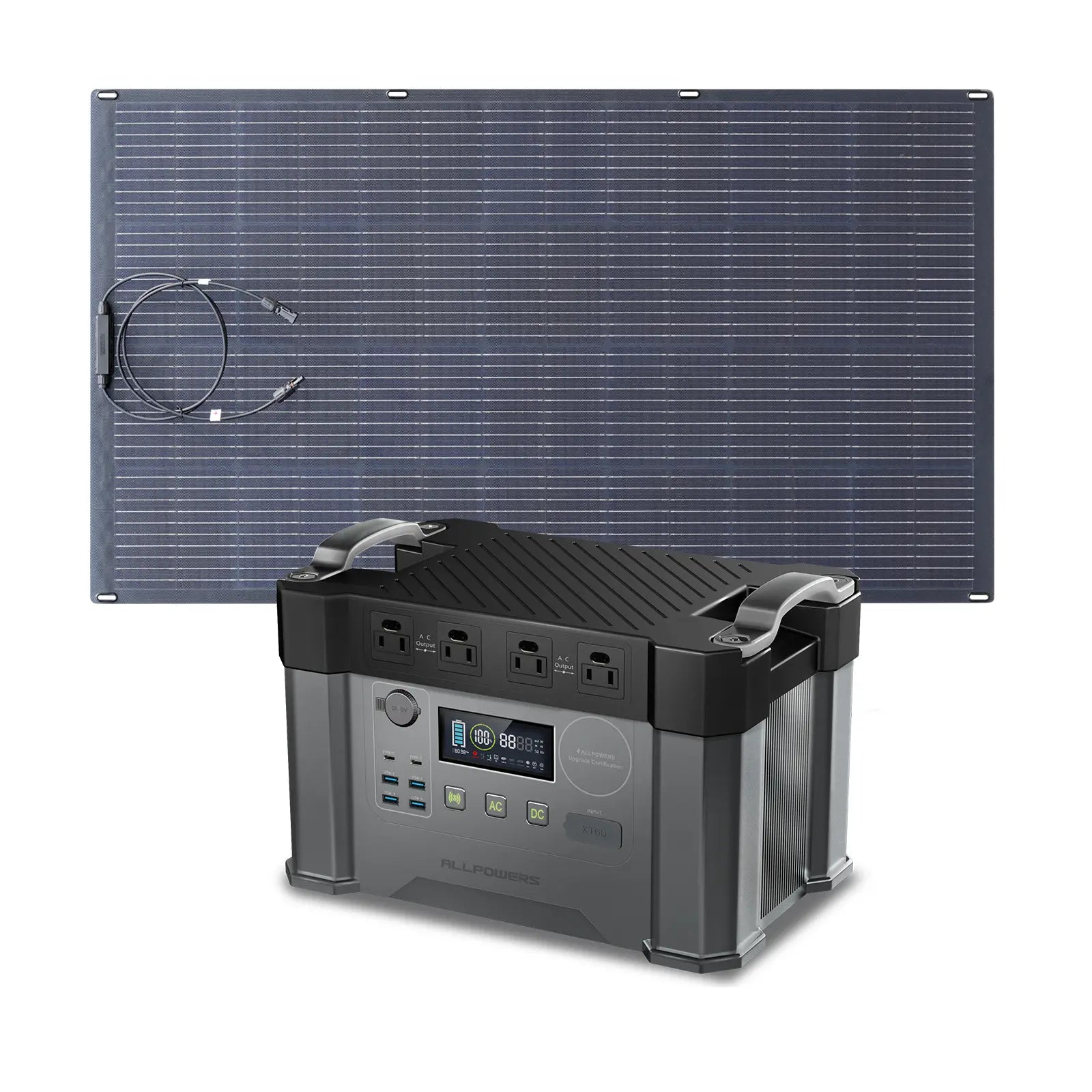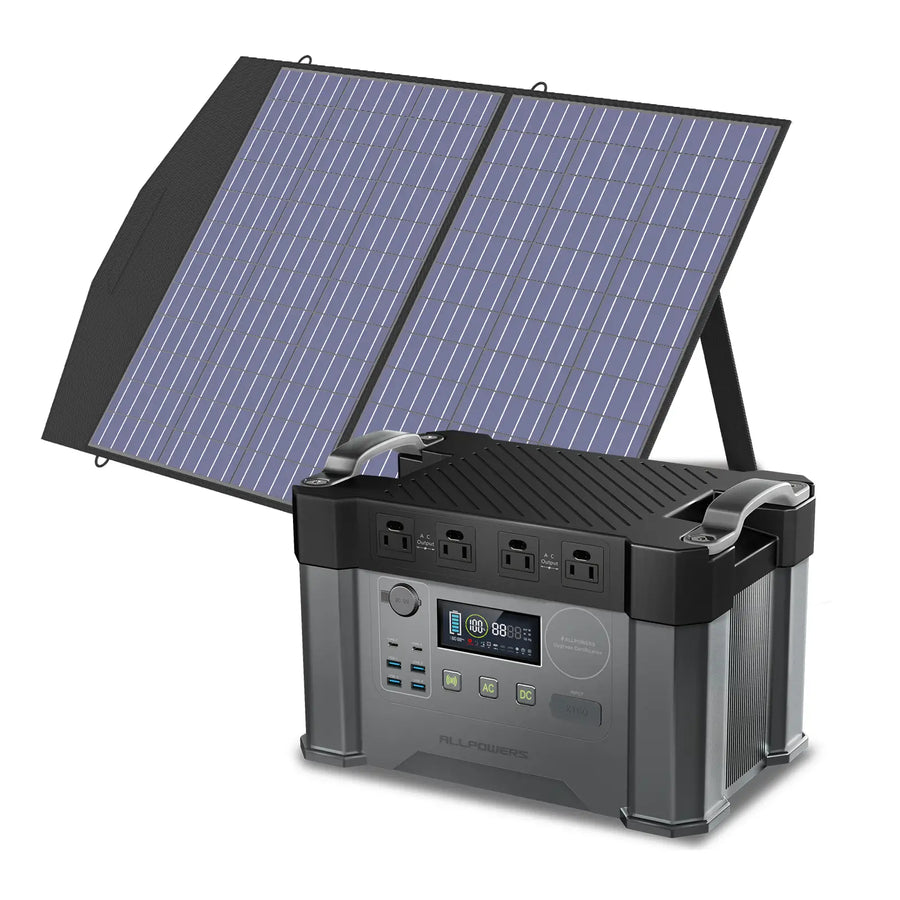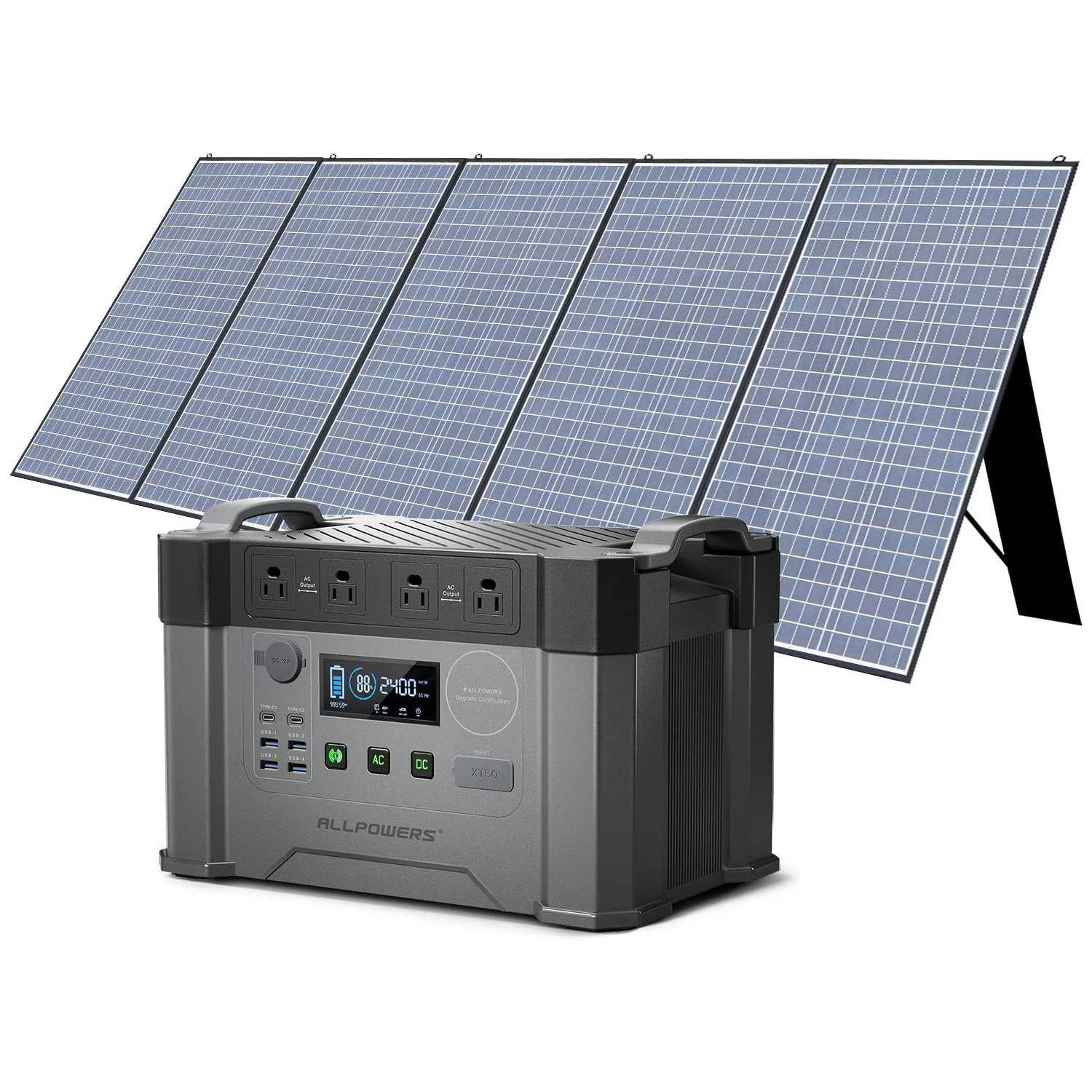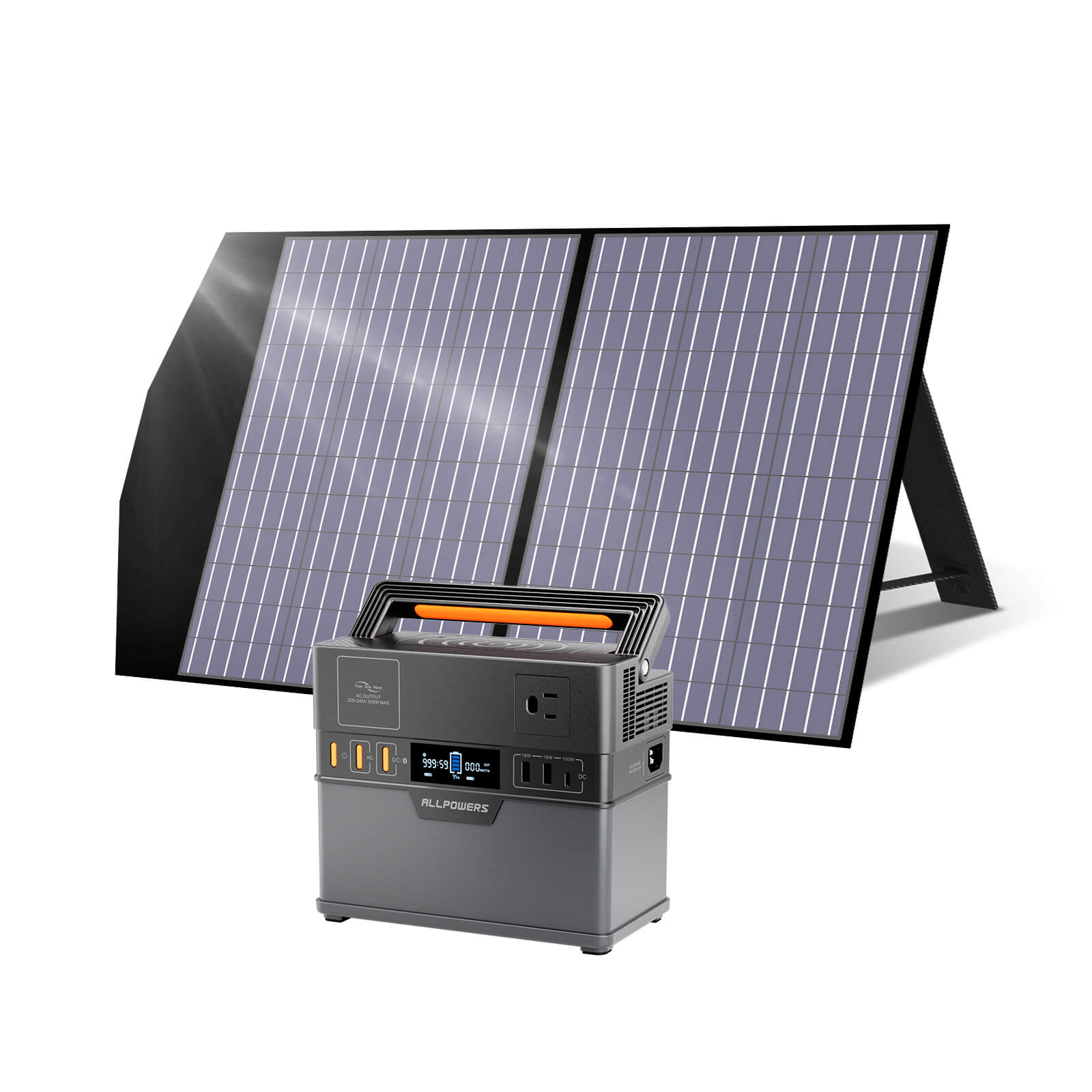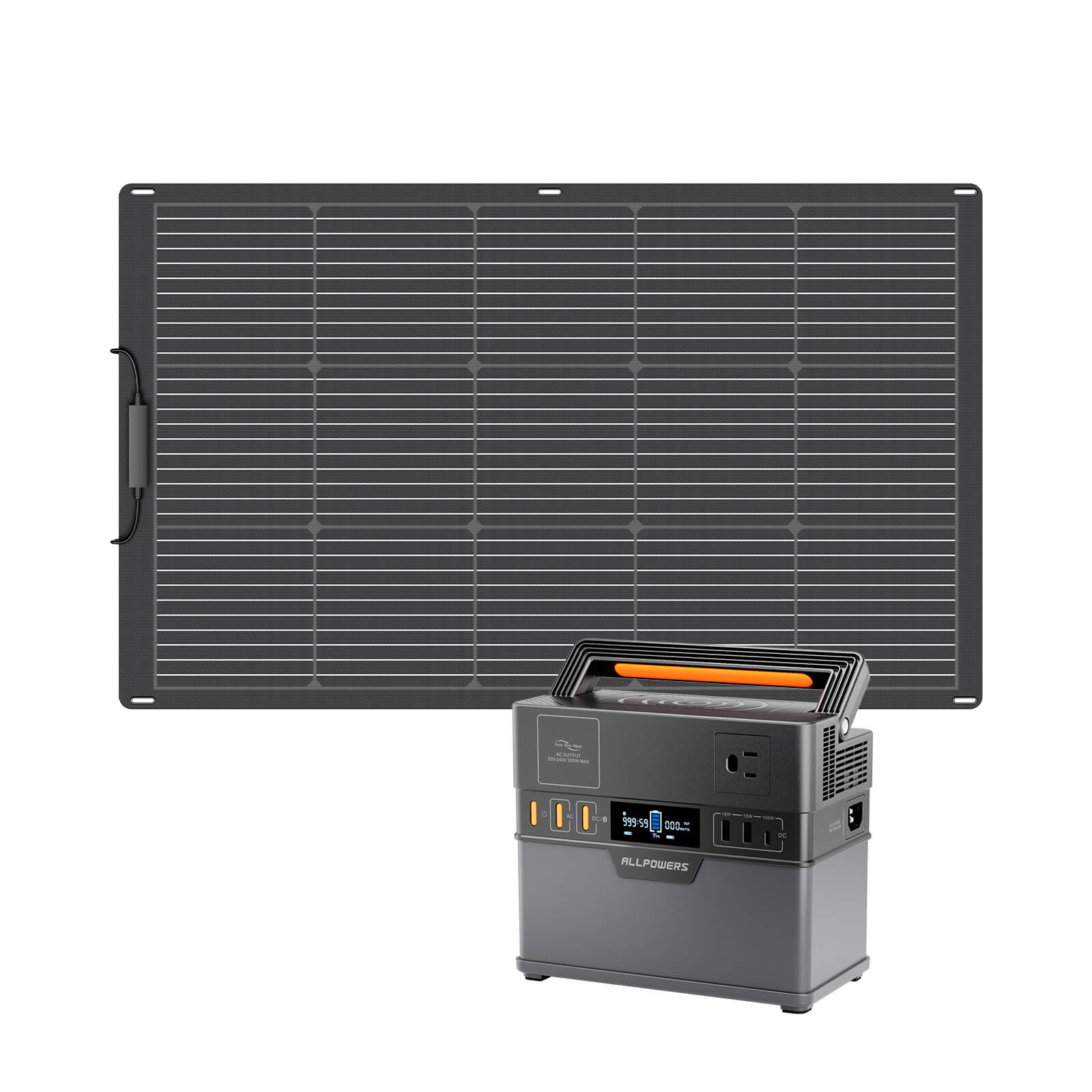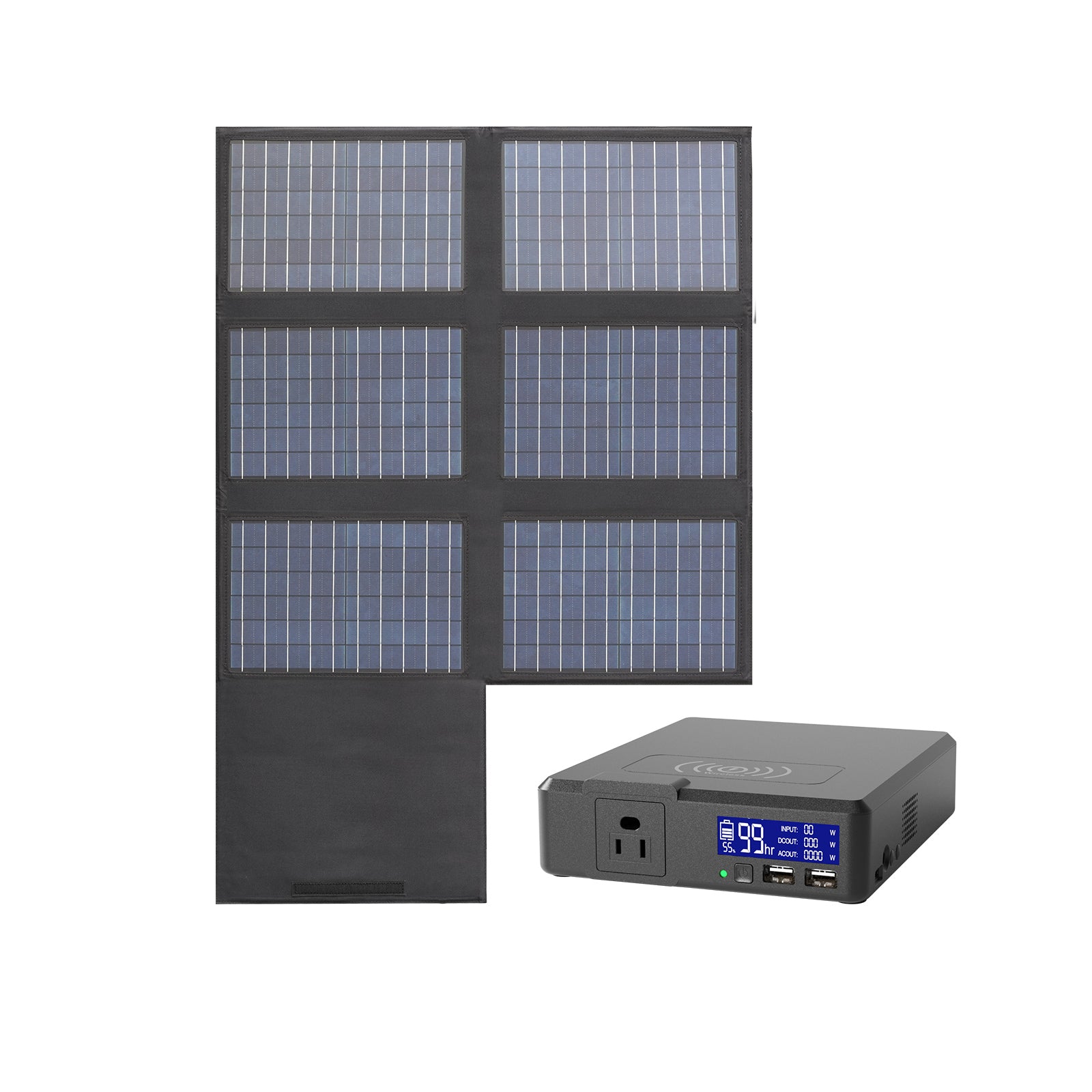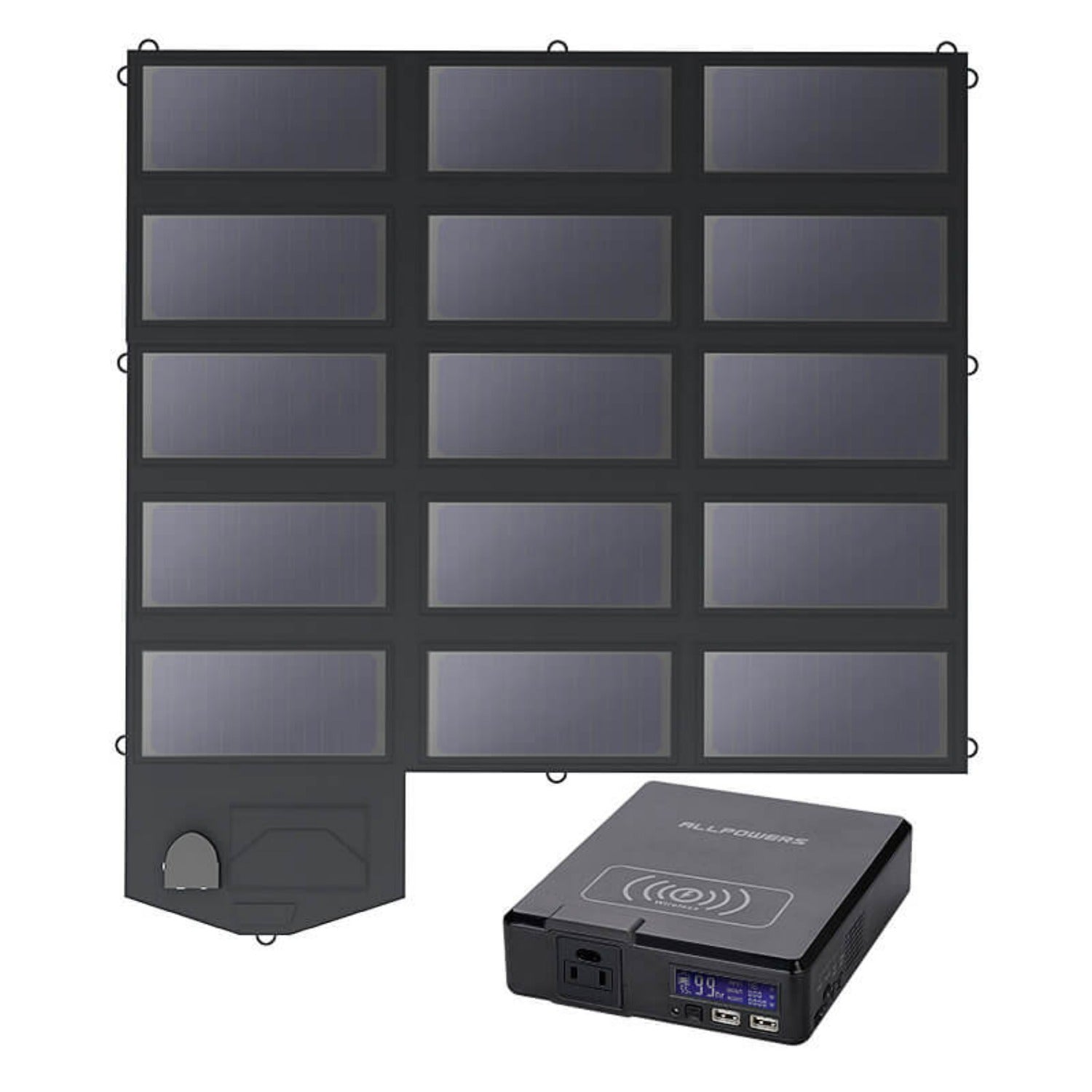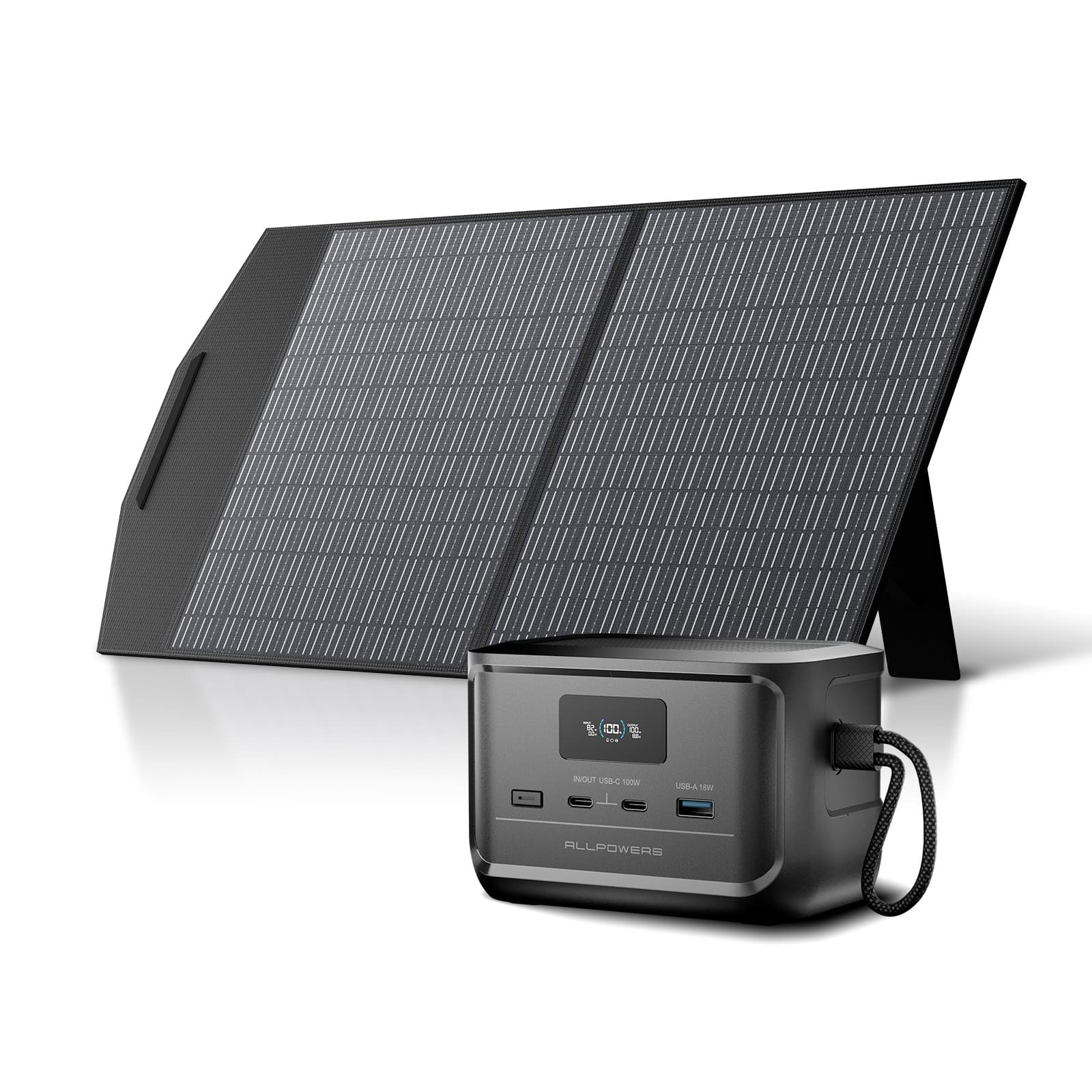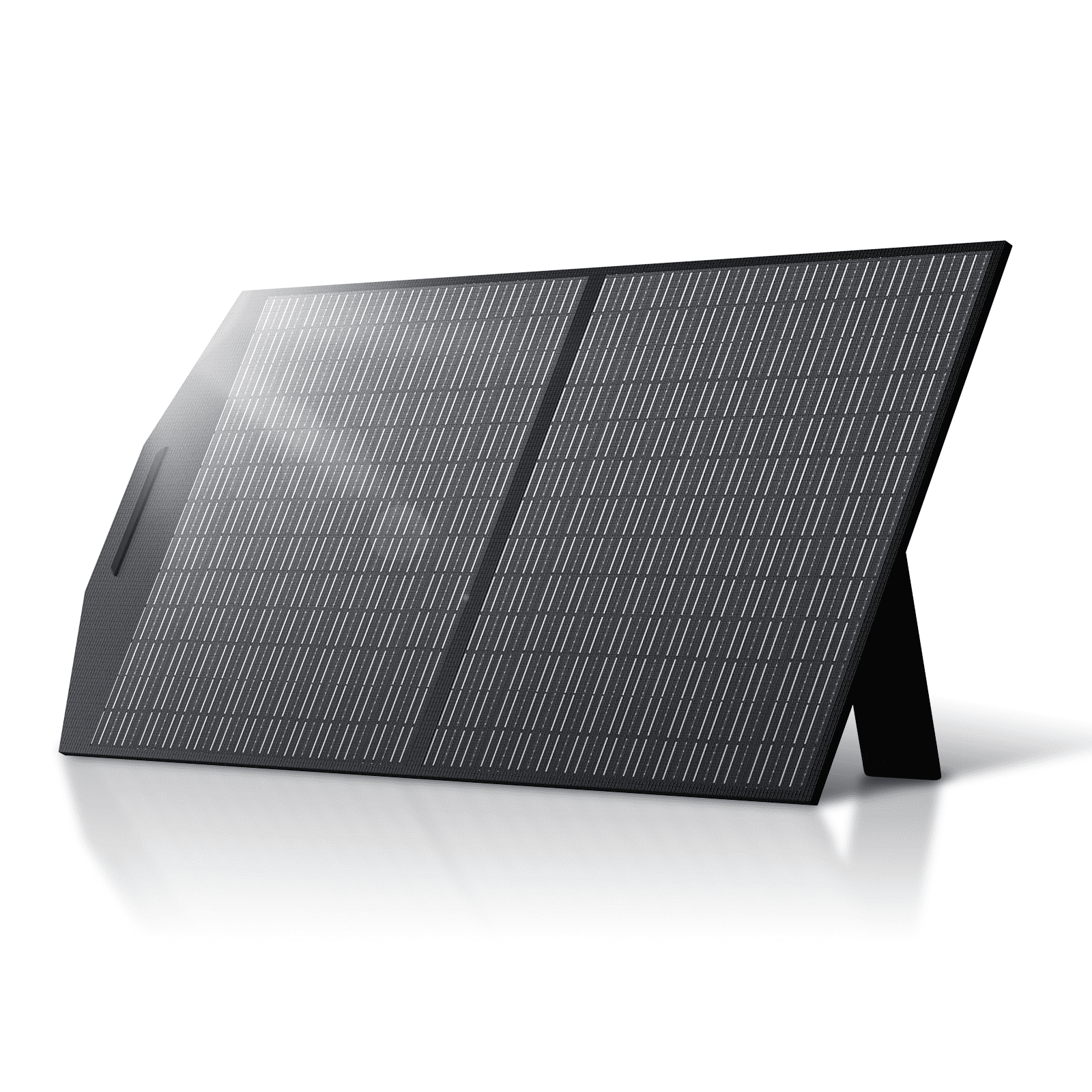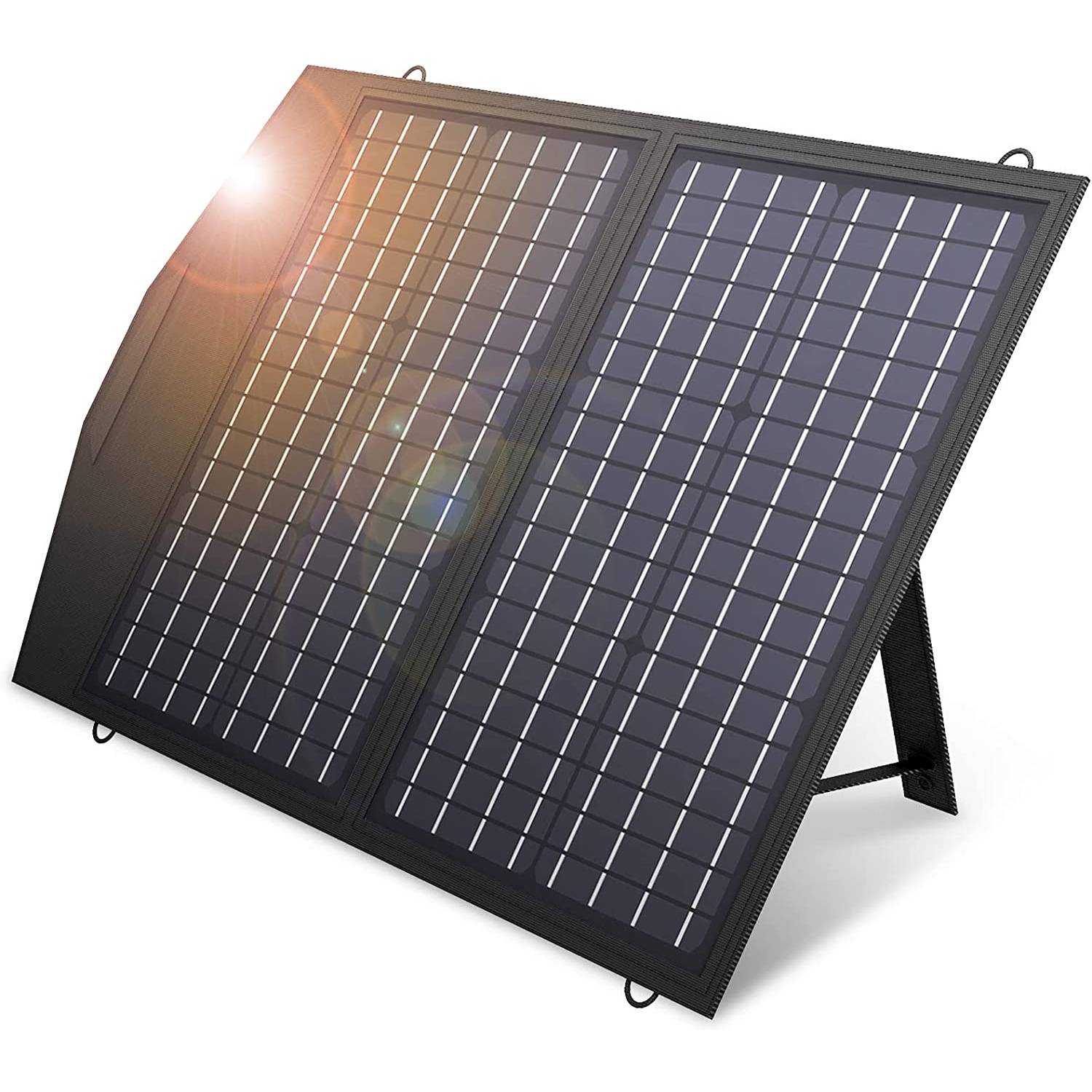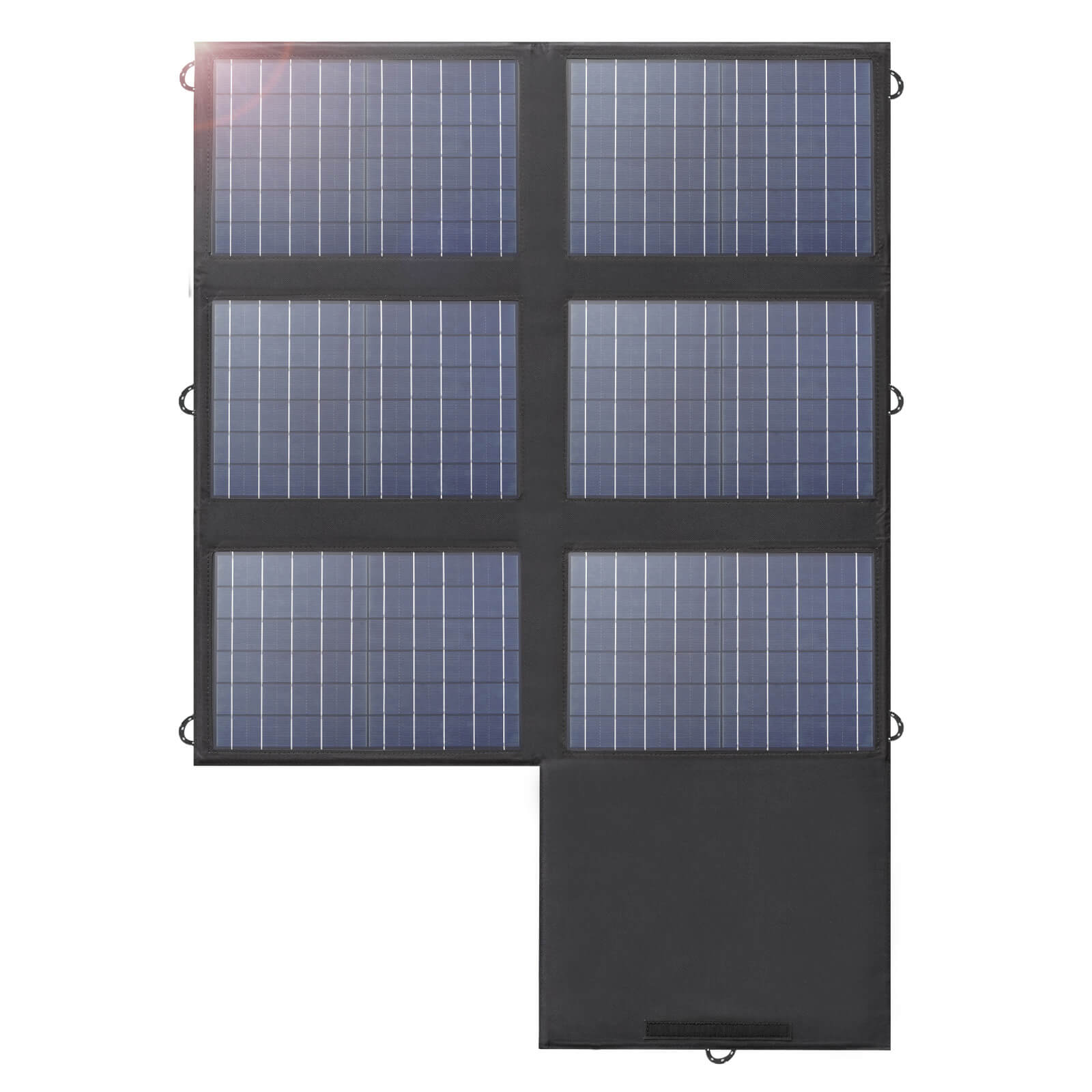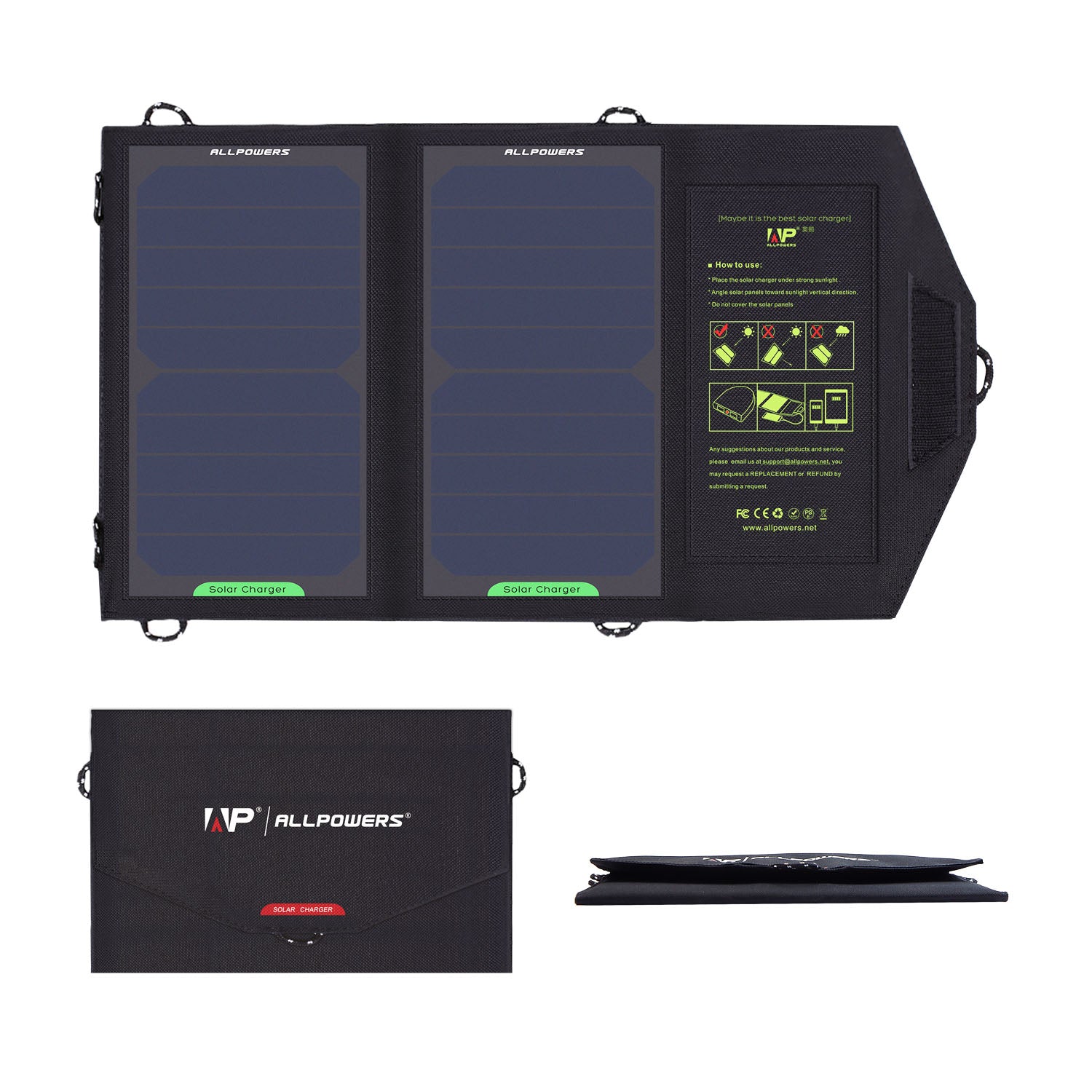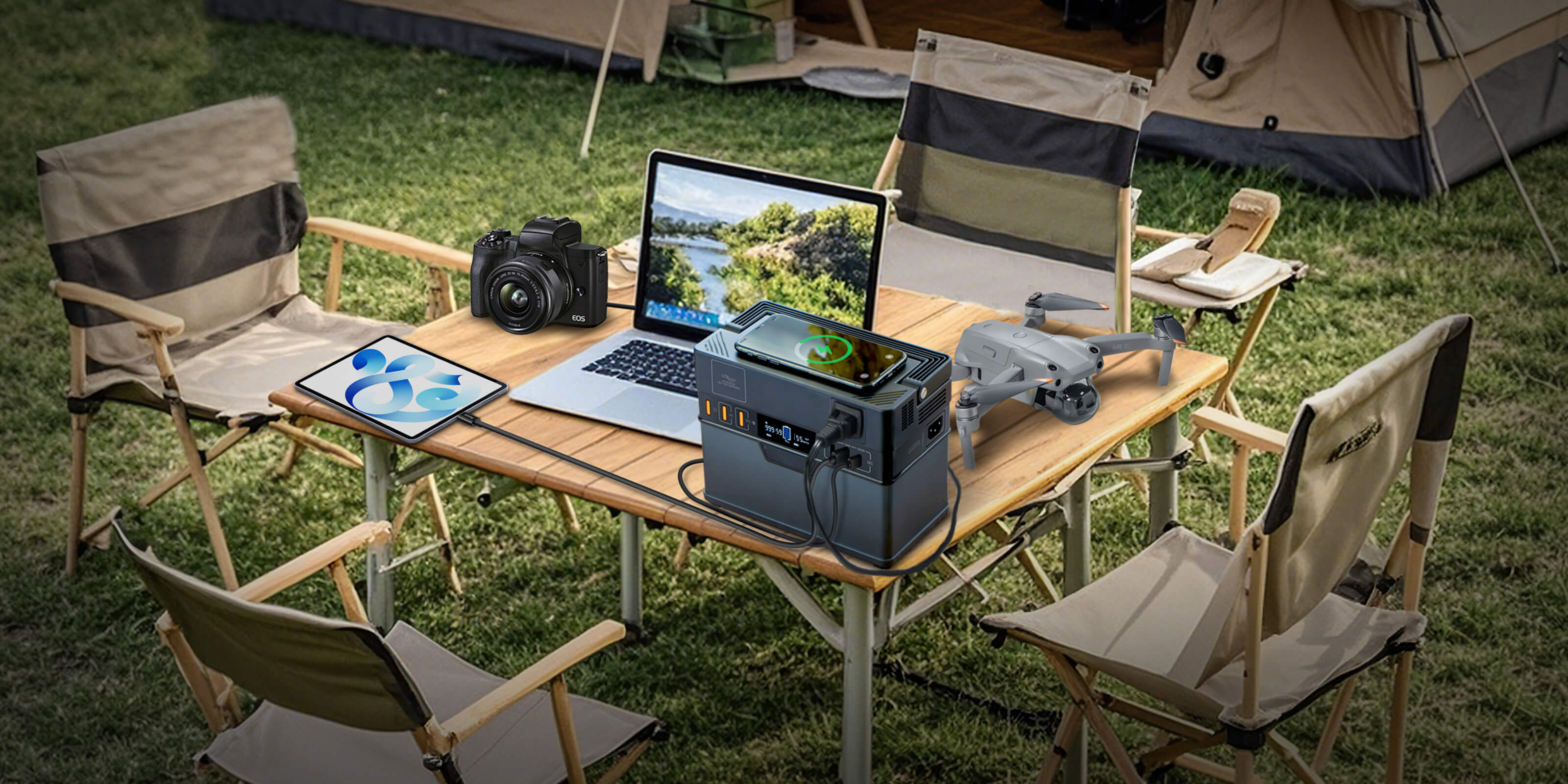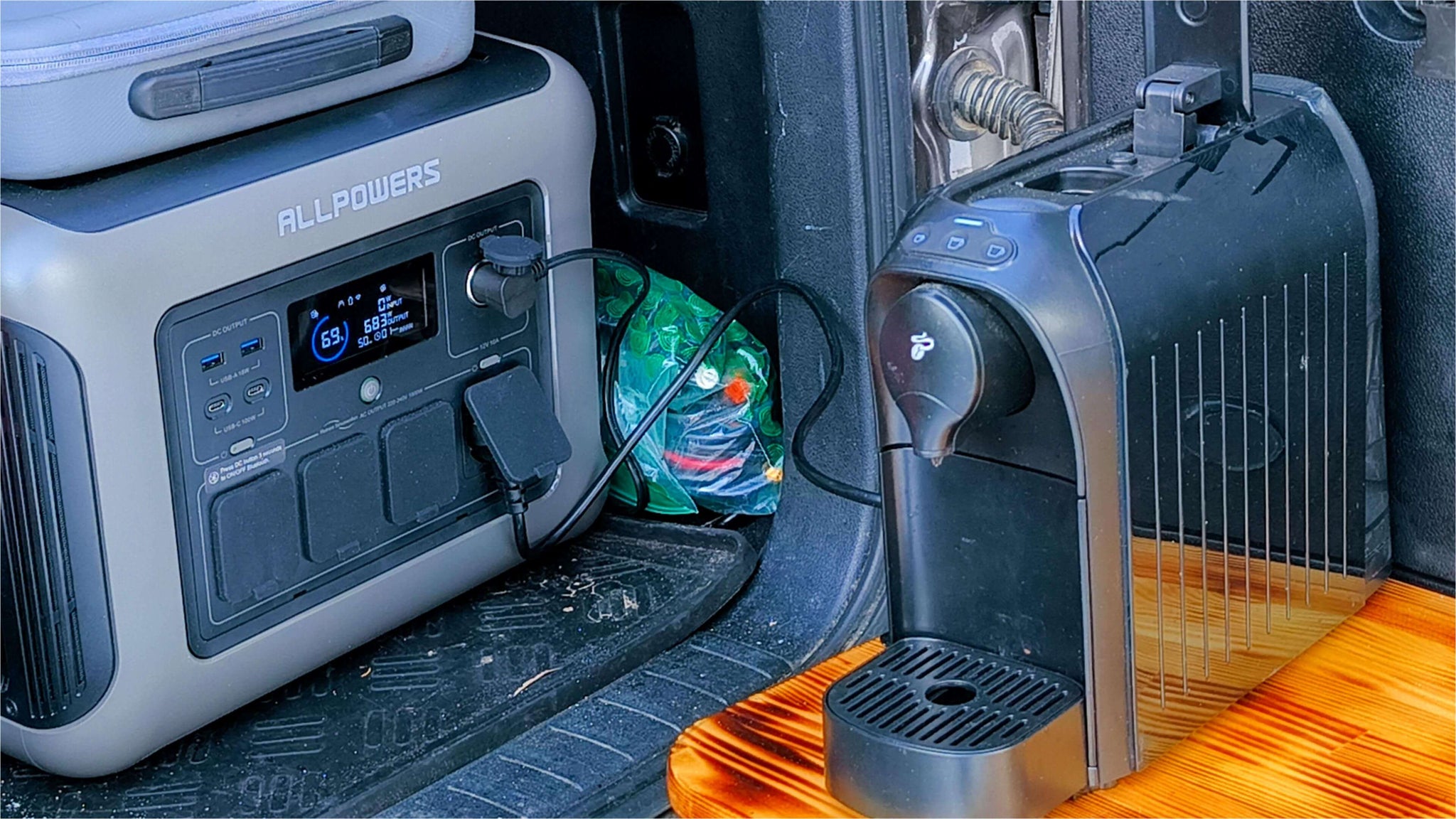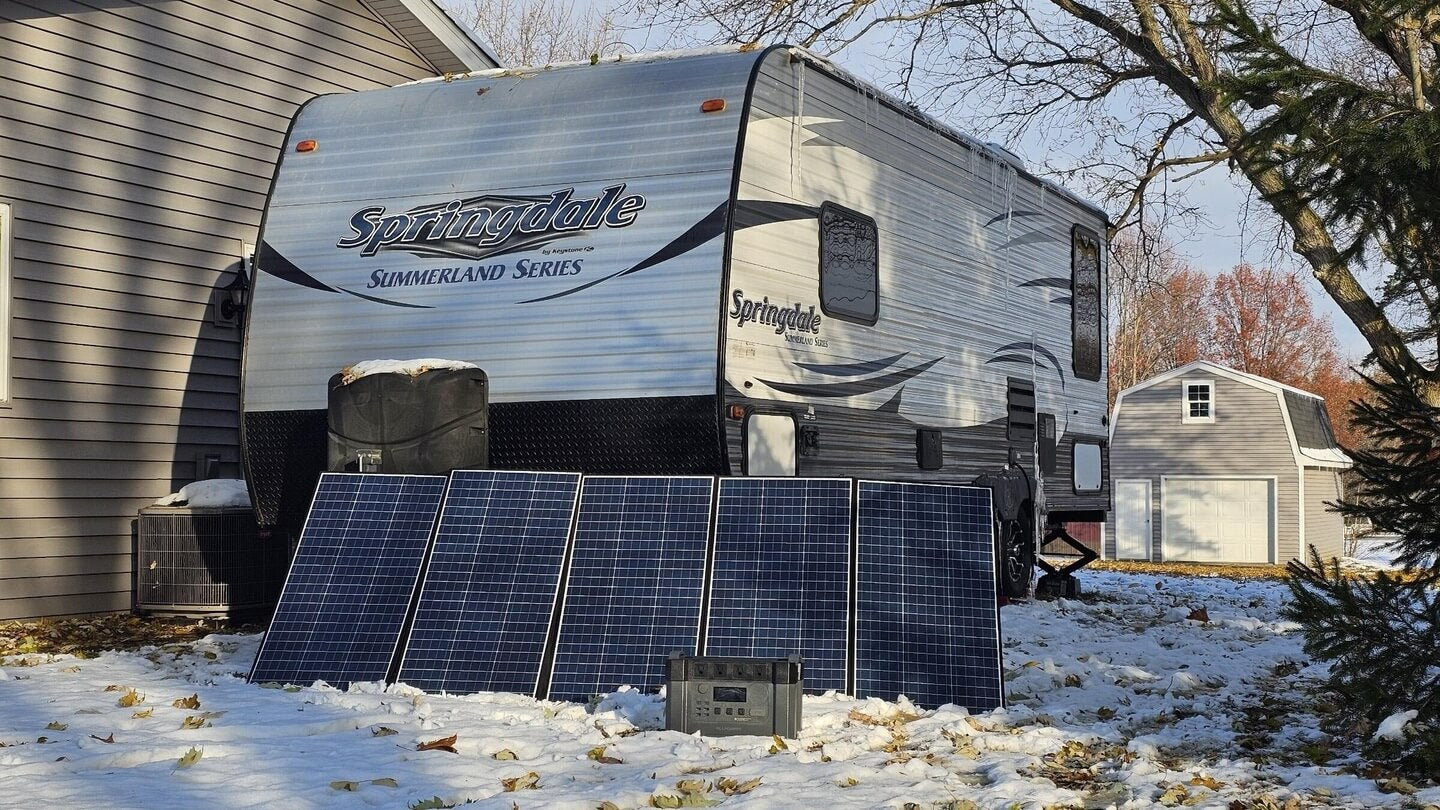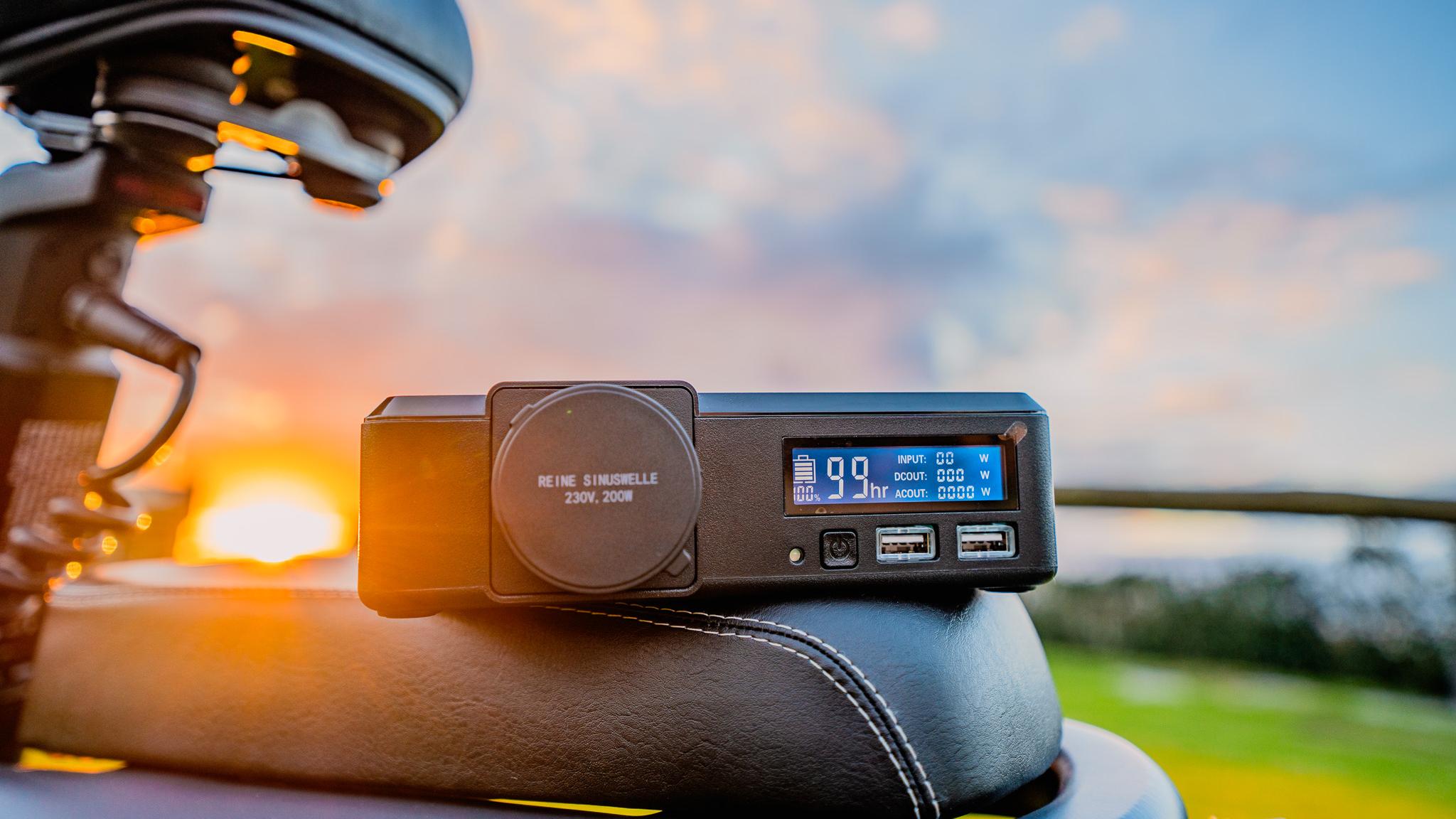For many of us, coffee isn’t just a drink—it’s a ritual, a morning wake-up call.
But here’s the thing: what if you’re far from a standard wall outlet, and suddenly crave that first sip of caffeine?
Could a portable power station really step in and save the day, running your coffee maker without a hitch?
TL;DR:
Yes, most portable power stations can run many coffee makers, especially smaller drip machines, single-serve brewers, and pour-over kettles—as long as the station’s wattage and battery capacity match the coffee maker’s power draw.
Why Coffee Matters More Outdoors
You’d think people go camping to disconnect, slow down, and simplify things.
But it’s strange—small comforts like coffee become more meaningful out there.
When you’re thousands of miles away from the stress of daily life, that warm cup becomes grounding.
How Much Power Does a Coffee Maker Really Need
Coffee makers might seem simple—just water, heat, and a button—but they’re surprisingly power-hungry.
Most home drip machines draw anywhere from 800 to 1200 watts when heating up.
The reason? Most coffee makers rely on a heating element. That’s the part that warms water quickly.
Heating elements require a strong electrical draw, especially when they first turn on.
But not all coffee makers are created equal. Small single-cup brewers can sometimes sit on the lower end.
Espresso machines? They’re often the biggest power-hungry of all, with some running near 1400W–1600W depending on the pump and heater type.
How to Know If Your Portable Power Station Can Run Your Coffee Maker
Here’s a simple way to check compatibility. Look for a sticker on the coffee maker or check the product listing online. It will say something like:
120V ~ 900W
This is your wattage draw.
Now look at your power station. If the continuous output is equal to or greater than that number, you're good.
If the coffee maker wattage is higher, the power station won’t run it. If it’s close, check the peak/surge capability—some coffee makers spike briefly.
How Many Cups You Can Have
Even if your station can run the machine, the next question is: How long?
Let’s say your coffee maker draws 800W. And your power station has 700Wh capacity.
Brewing a typical pot might take 8 to 12 minutes. Multiply 800W by the fraction of an hour you run it (say 0.15 hours).
800W * 0.15h = 120Wh per pot.
With 700Wh capacity, you could theoretically brew around five pots. Realistically, losses in the inverter reduce efficiency, so maybe four pots. Still, four pots outdoors is practically luxury.
If you want to stretch your power station’s runtime, small adjustments can help.
Preheat water on a stove before using your electric brewer. Turn off unnecessary AC ports when not in use.
And brew multiple cups back-to-back rather than reheating water each time.
Alternatives When Power Is Limited
Now, if your portable power station is on the smaller side, don’t worry—coffee isn’t off the table. You have options.
A few low-power coffee solutions exist:
-
Manual pour-over with a heated water kettle powered by a low-watt kettle or gas stove.
-
AeroPress or French press with water boiled on a portable burner.
-
Hand-pumped portable espresso makers that feel rugged and satisfying.
And honestly, these methods often taste better. When you slow down and brew intentionally, the aroma becomes richer, the flavor feels deeper.
Selecting the Right Portable Power Station
Not all power stations are created equal, and you don’t want to end up with a sad, dead battery staring back at you.
When you’re eyeing a unit for coffee-making duties, pay attention to three things: continuous output, peak output, and battery capacity.
Continuous output tells you the wattage the station can sustain, while peak output handles those initial surges—like when your coffee maker’s heating element kicks on.
Battery capacity, as mentioned, dictates runtime.
Honestly, for most campers and off-grid coffee lovers, a station with 1000–1500Wh and 1000–1500W output is a sweet spot.
It’s enough to handle your average drip or single-serve machine, maybe even a small electric kettle, without pushing the station to its limits.
Plus, these units tend to be portable enough that hauling them along isn’t a workout in itself.
You know what? That portability factor alone can make or break a camping trip vibe.
| Coffee Maker Type | Typical Running Wattage (W) | Estimated Surge Wattage (W) | Estimated Energy Per Brew (Wh)* | Minimum PPS Continuous Output | Recommended PPS Capacity (Wh) |
| Small Drip (4-5 cup) | 600 - 800W | 800 - 1,000W | 60 - 90Wh | 1,000W | 500Wh |
| Standard Drip (10-12 cup) | 900 - 1,200W | 1,200 - 1,500W | 100 - 150Wh | 1,500W | 1,000Wh |
| Single-Serve Pod (e.g., Keurig) | 1,000 - 1,500W | 1,500 - 1,800W | 30 - 60Wh per cup | 2,000W | 1,000Wh |
| Home Espresso Machine | 1,200 - 1,500W | 1,500 - 2,000W | 150 - 25Wh | 2,000W | 1,500Wh |
| Low-Wattage Travel Maker | 250 - 500W | 300 - 600W | 50 - 75Wh | 600W | 300Wh |
Common Mistakes When Brewing with Portable Power
Still, there are a few traps beginners fall into.
First, underestimating power draw.
Even if your coffee maker lists 900W, its heating element can spike higher for a moment, tripping your power station’s protection system.
Always check both continuous and surge ratings.
Second, using outdated or low-efficiency machines.
Older coffee makers can draw more energy than newer models, especially if their heating elements aren’t well regulated.
Look for ones marked with energy-saving or quick-heat technology—they make a big difference.
And third, ignoring inverter quality.
Cheap inverters produce modified sine waves that can confuse electronic controls in modern brewers.
High-quality stations with pure sine wave inverters deliver smooth, reliable power—essential if your machine has digital controls or automatic shutoff.
Conclusion
So, can a portable power station run a coffee maker? Absolutely, if you match the right power station with the right coffee machine.
Whether you’re brewing drip, single-serve, or espresso, there’s a portable power station strong enough to support it.
With a good portable power station, it becomes a portable one too.


